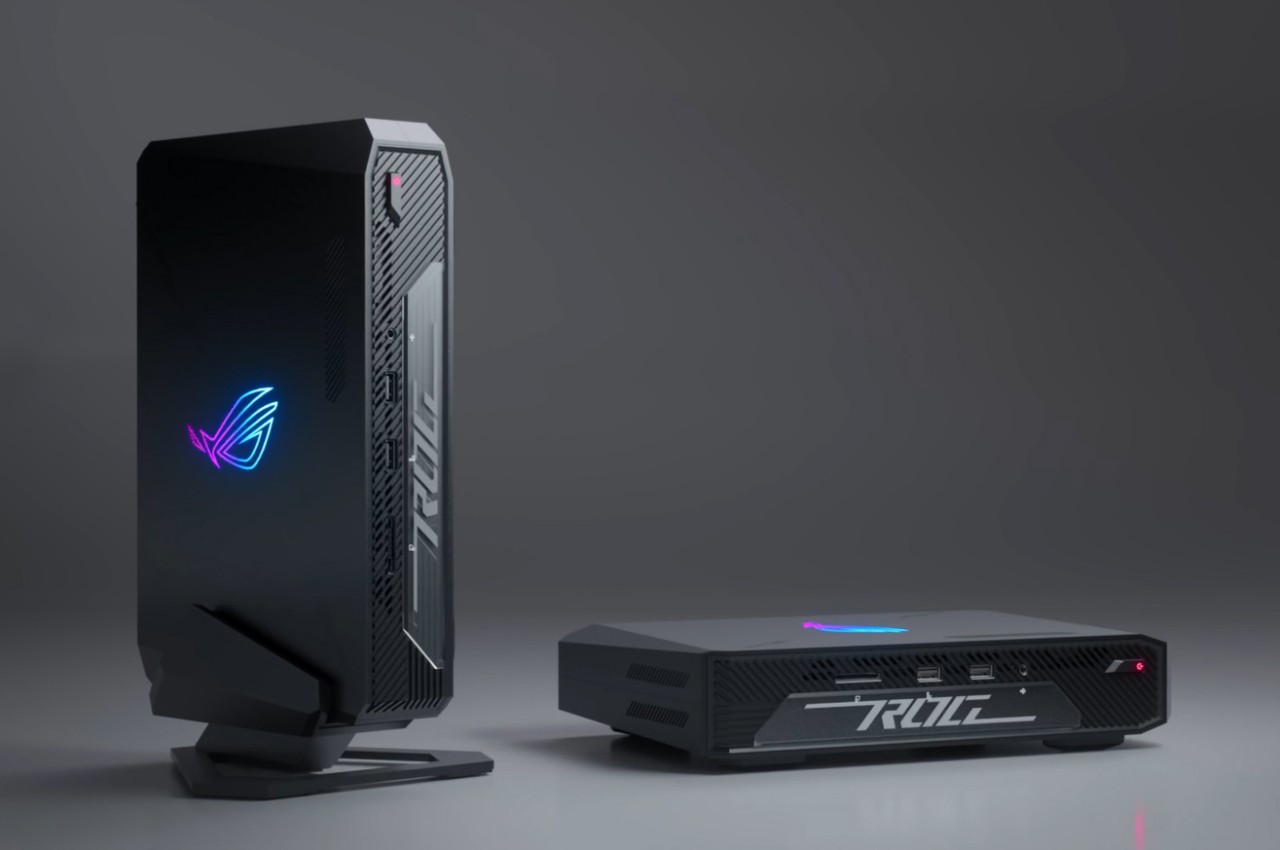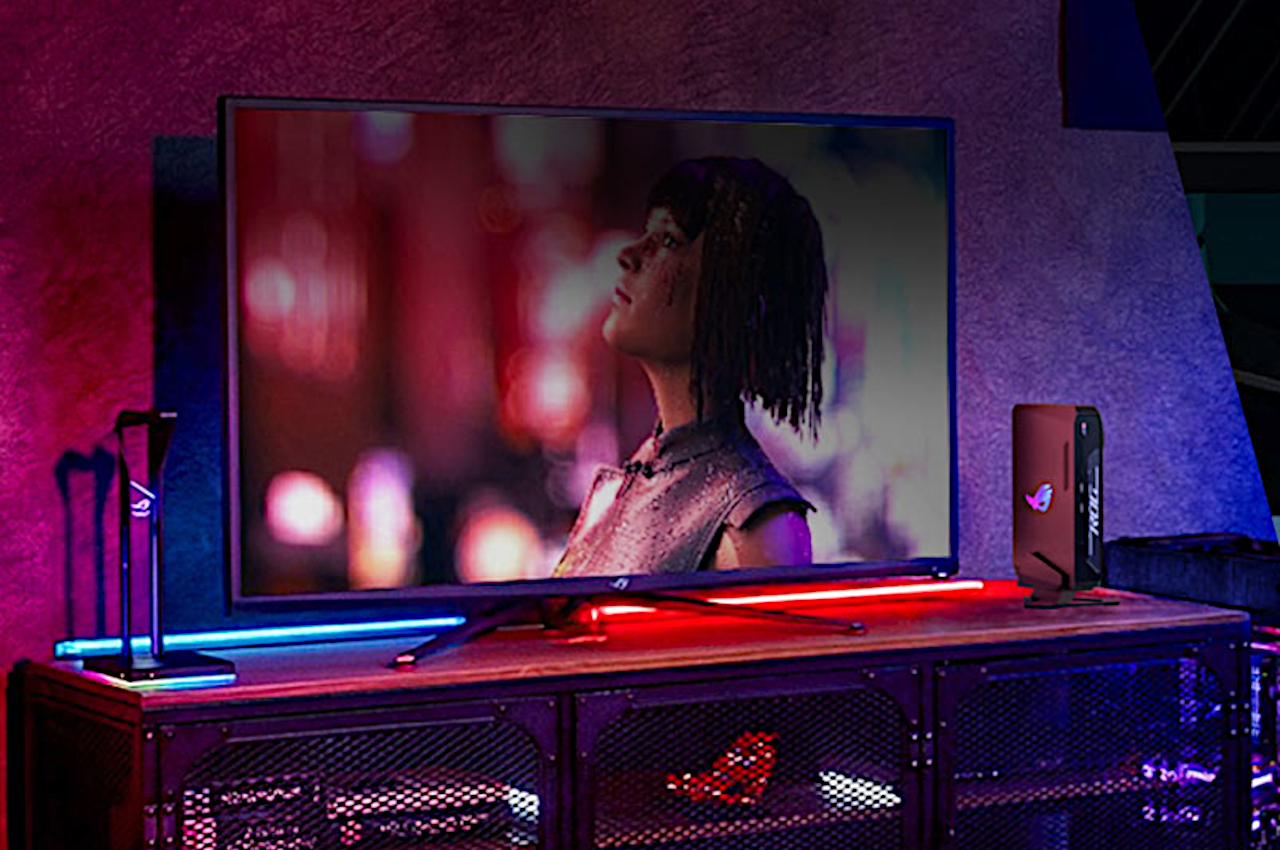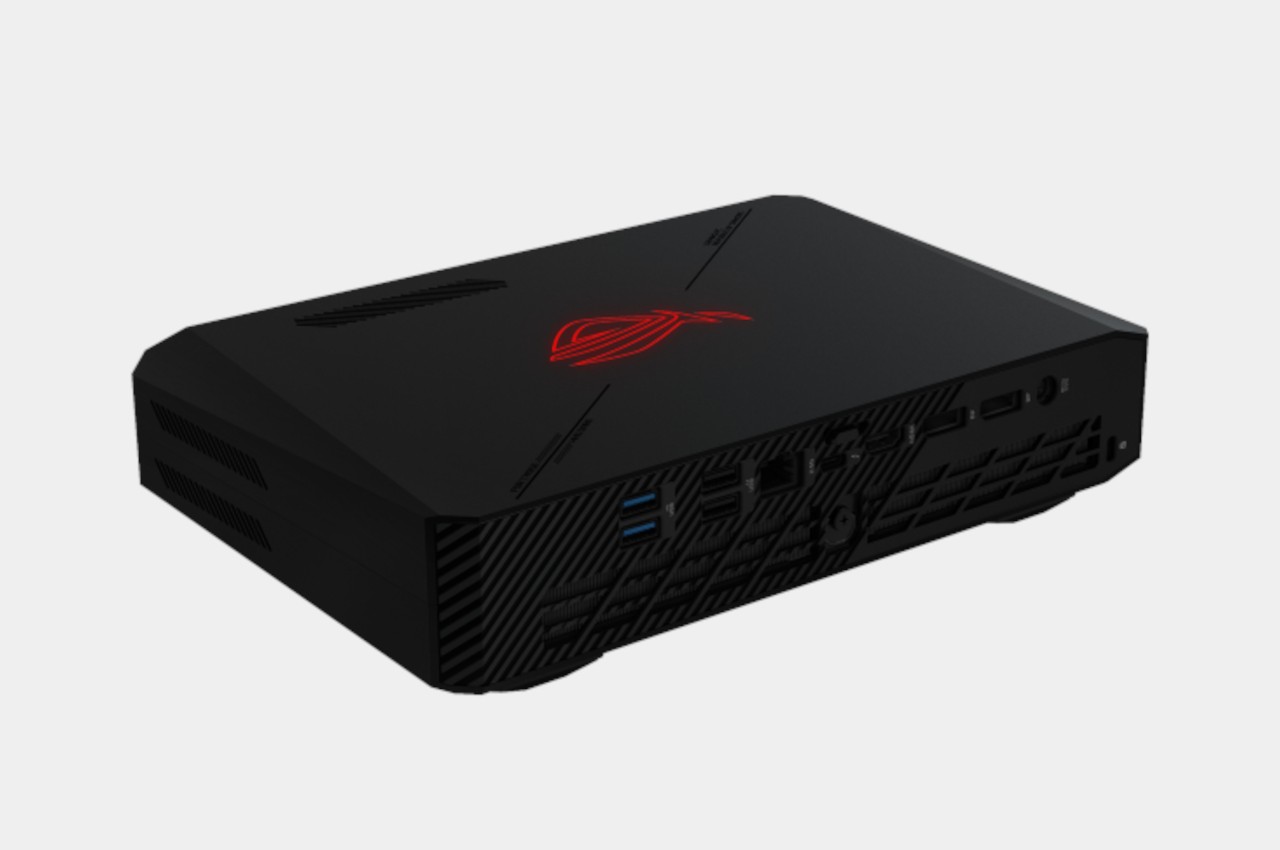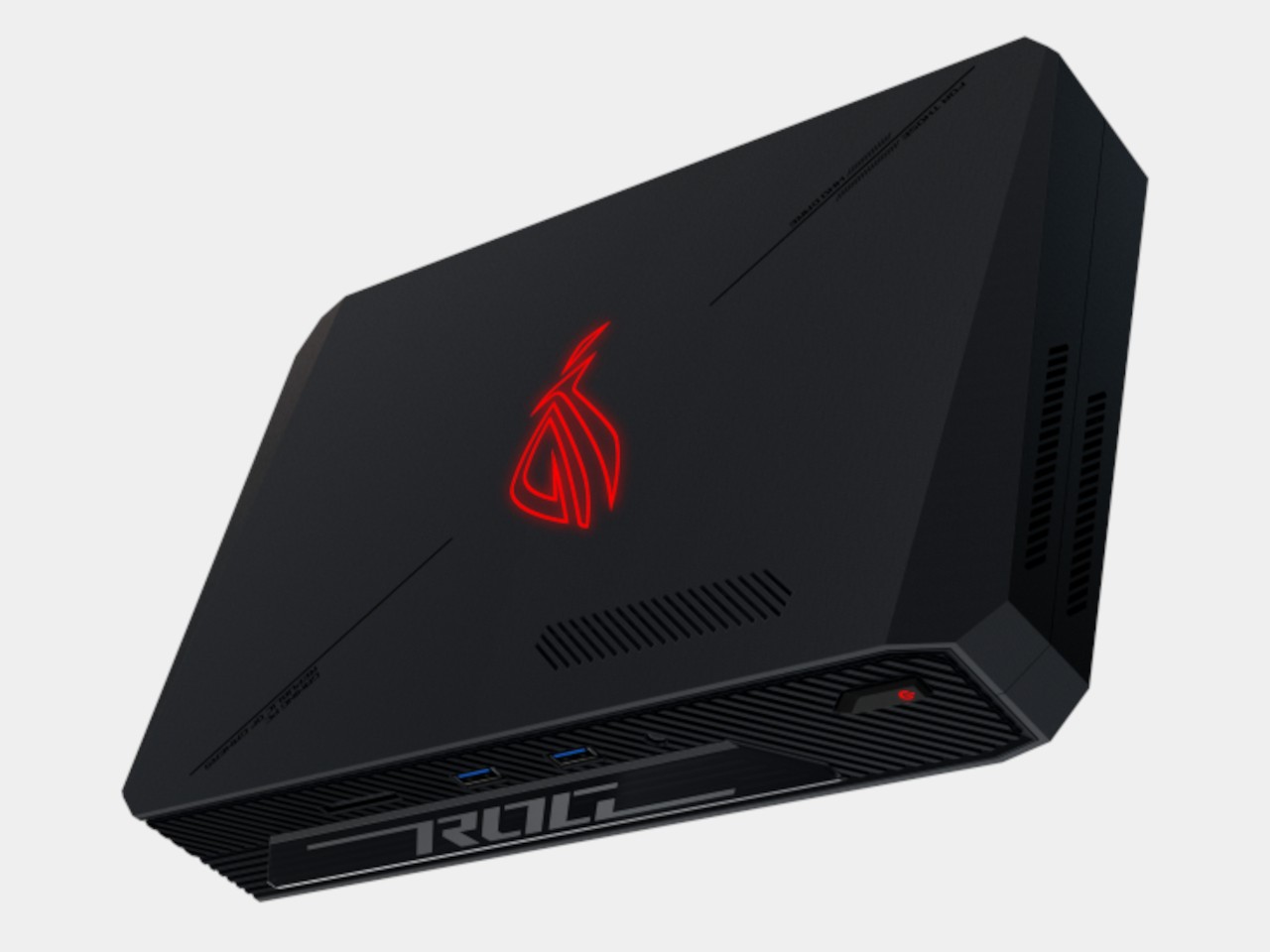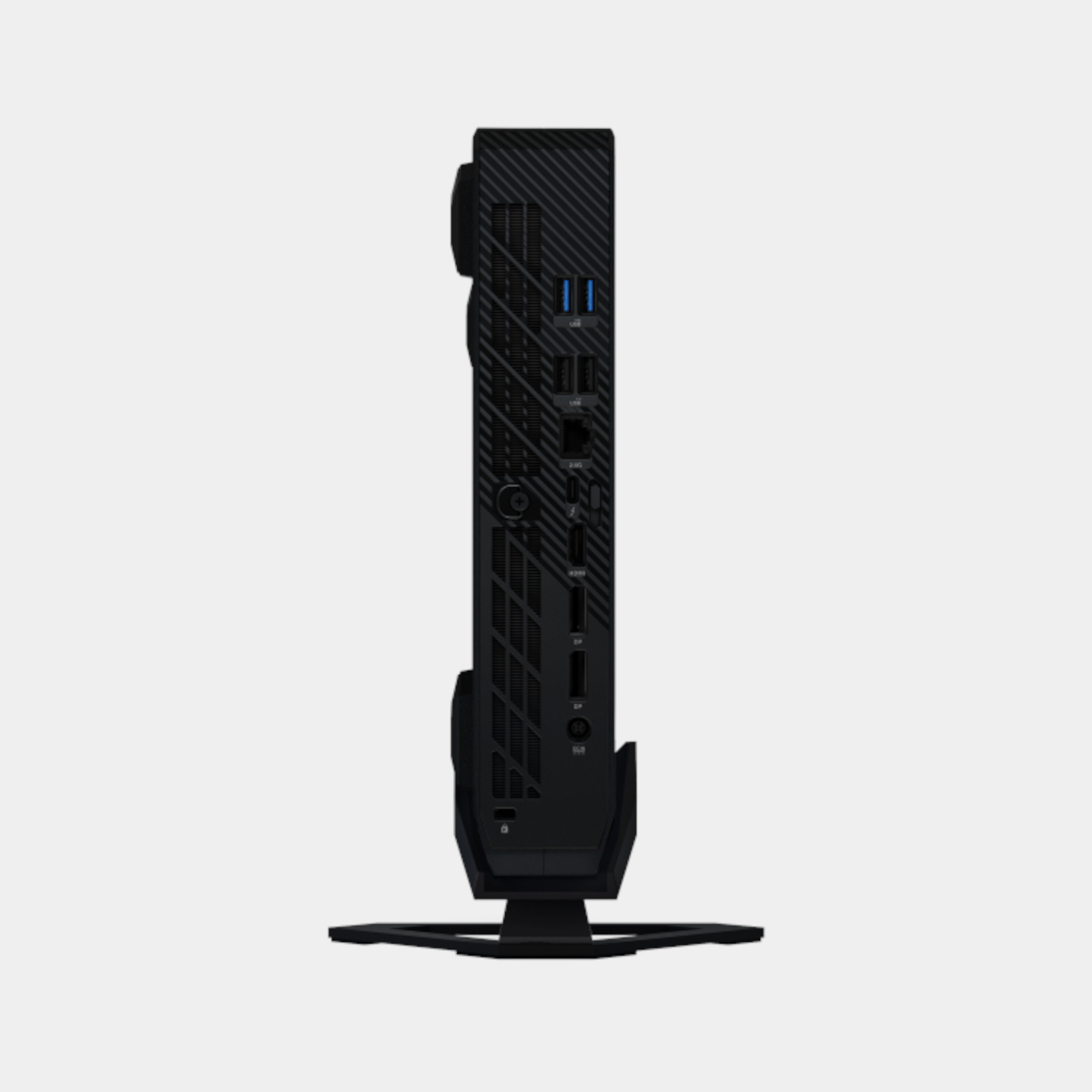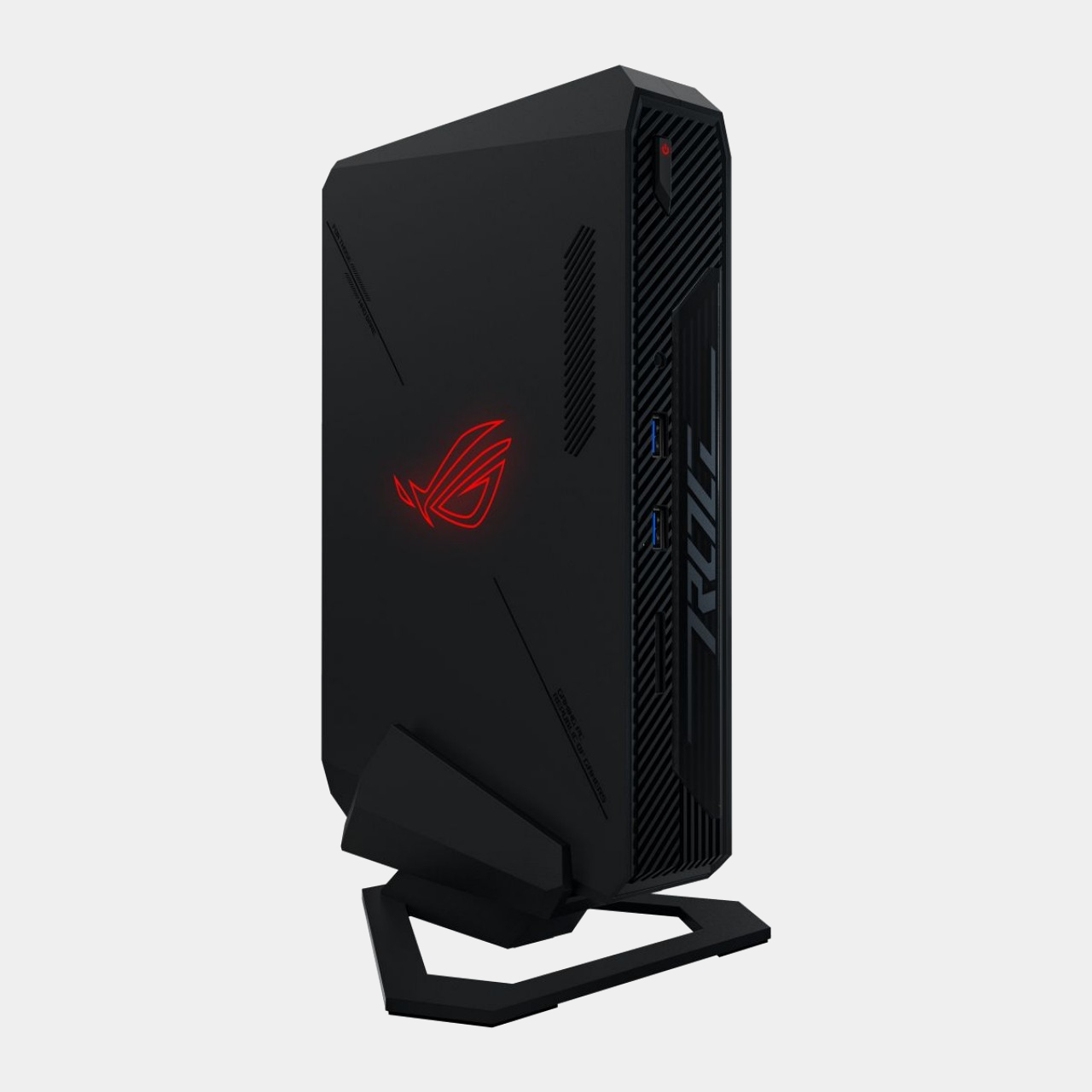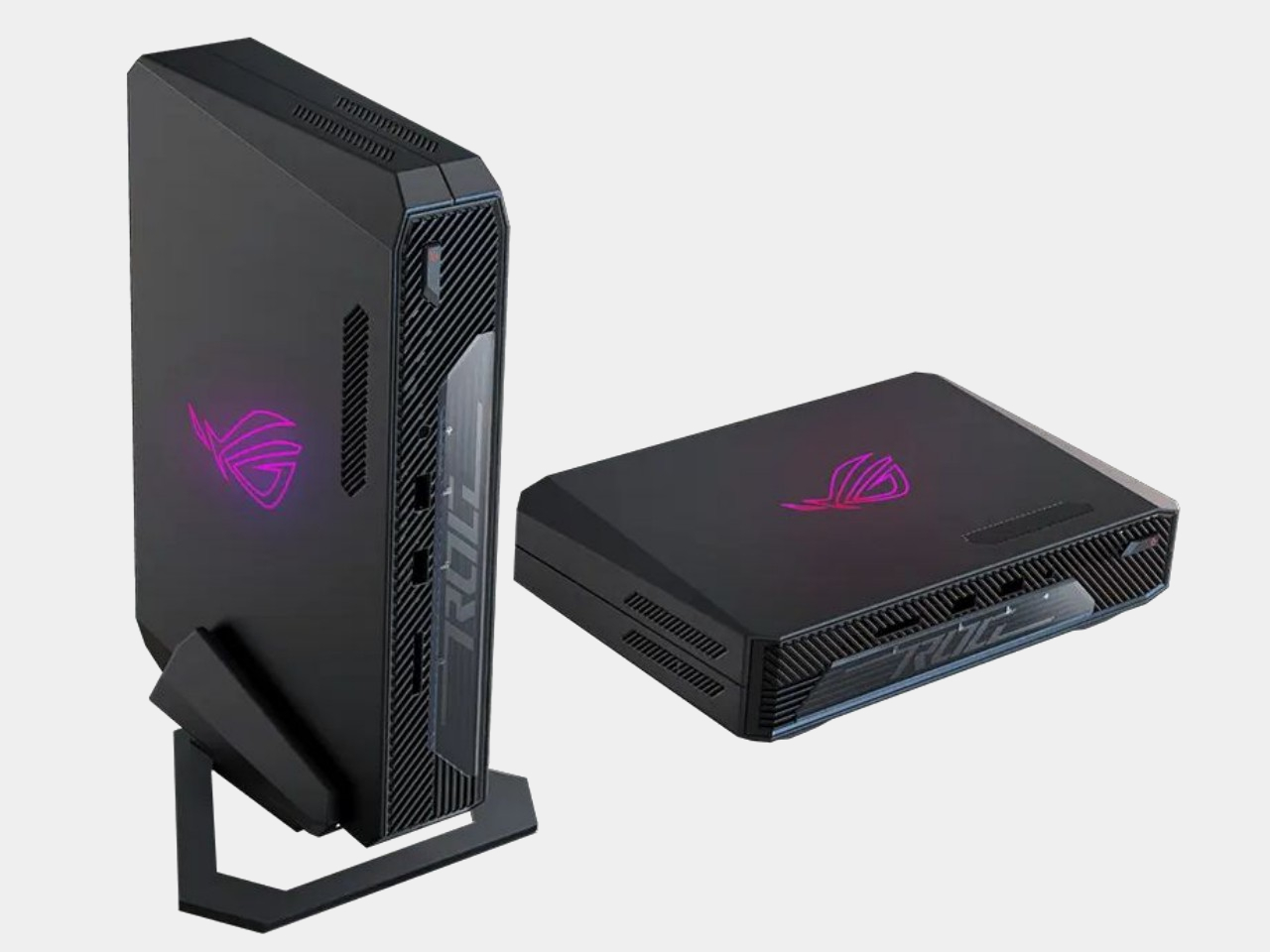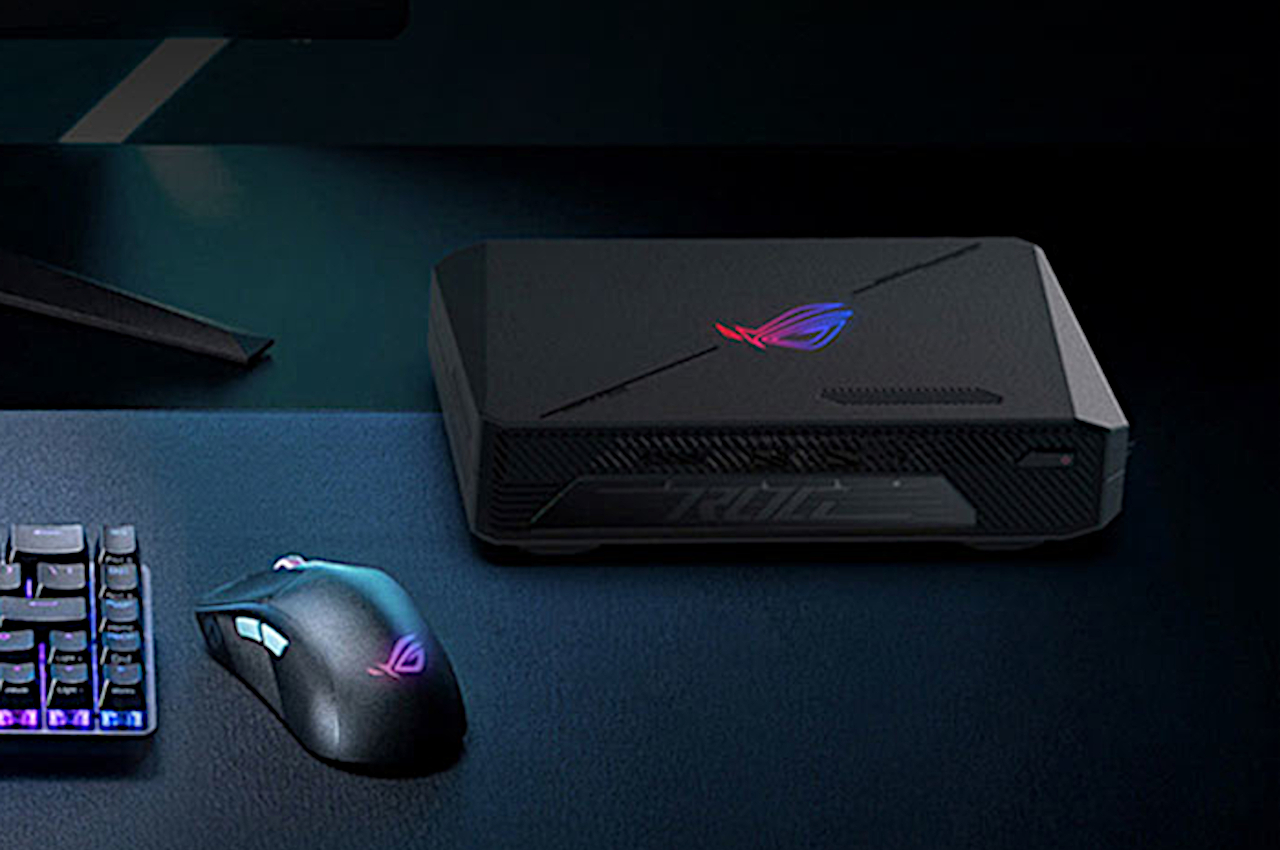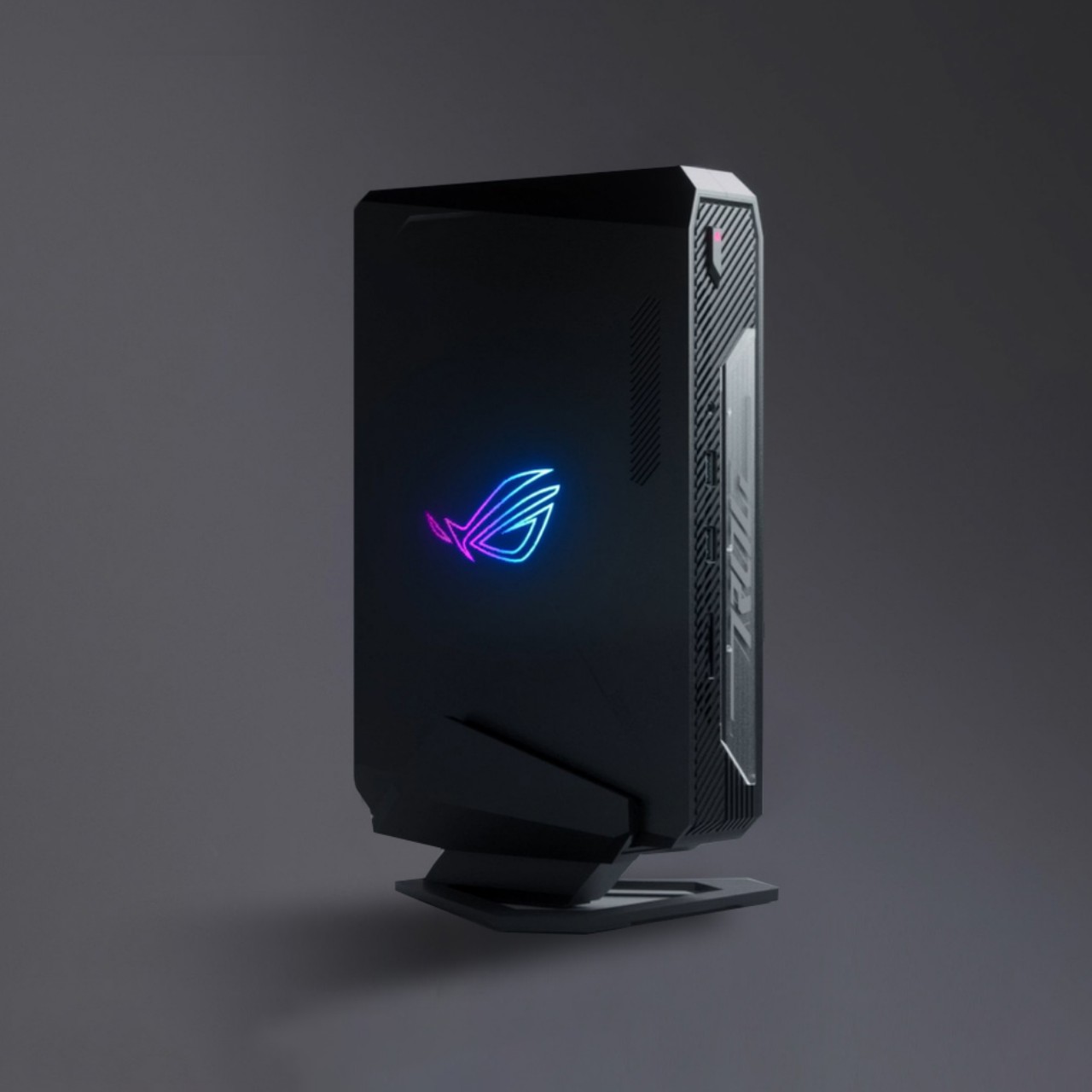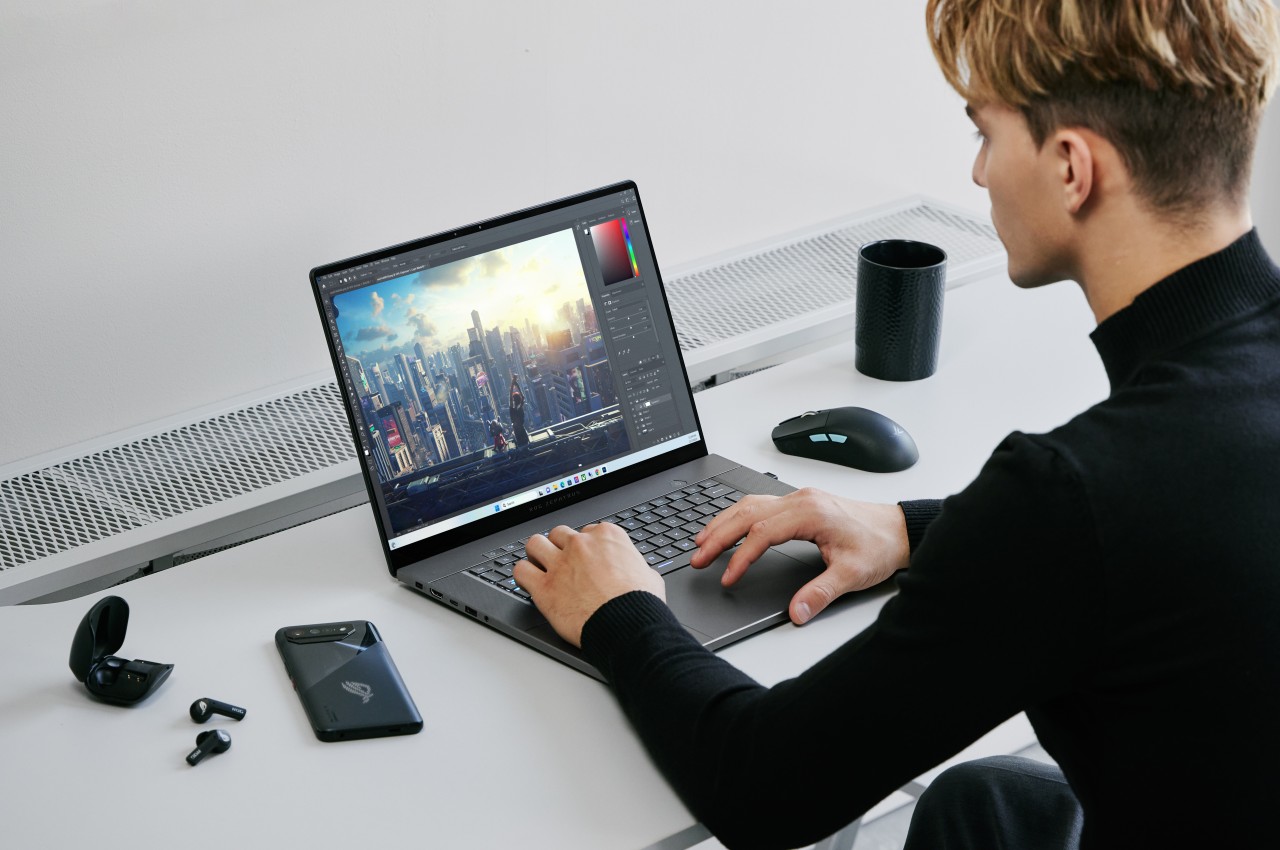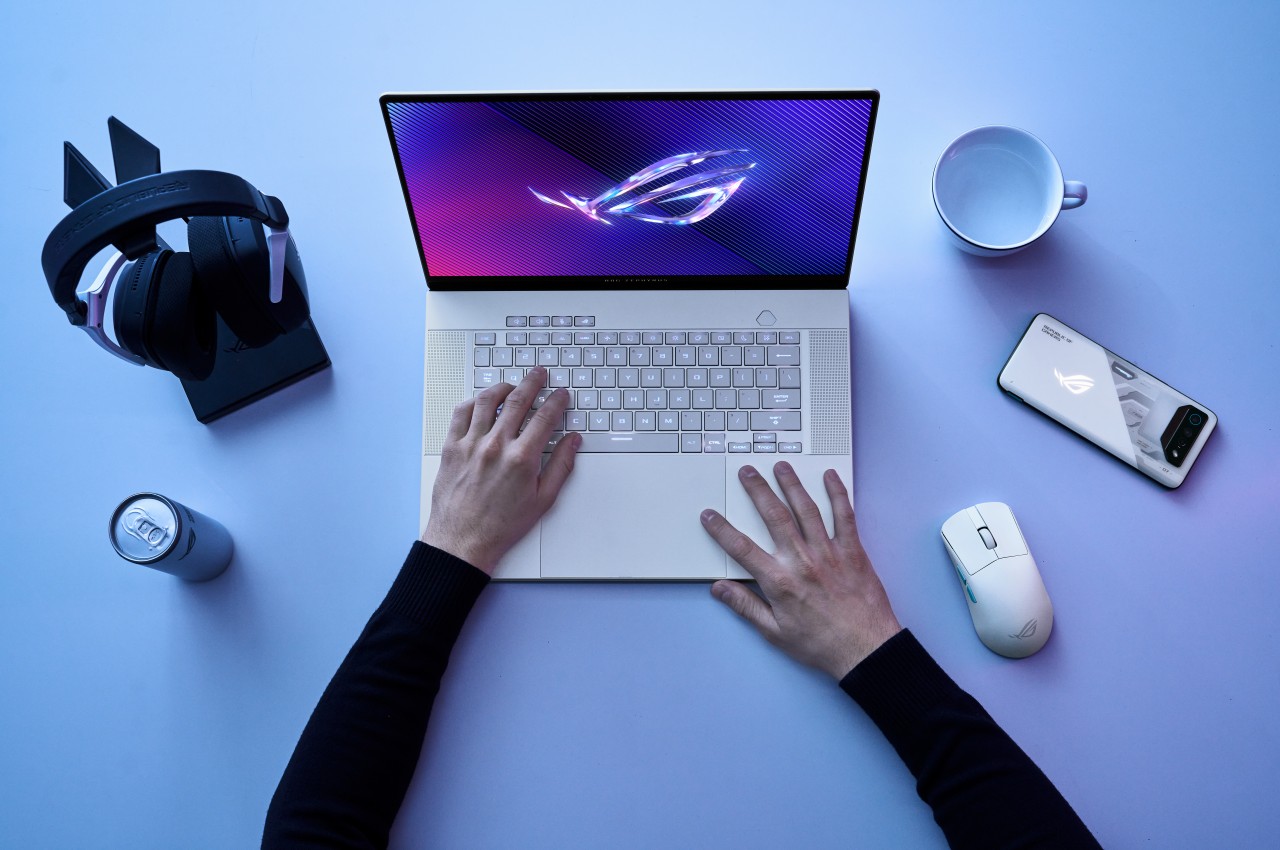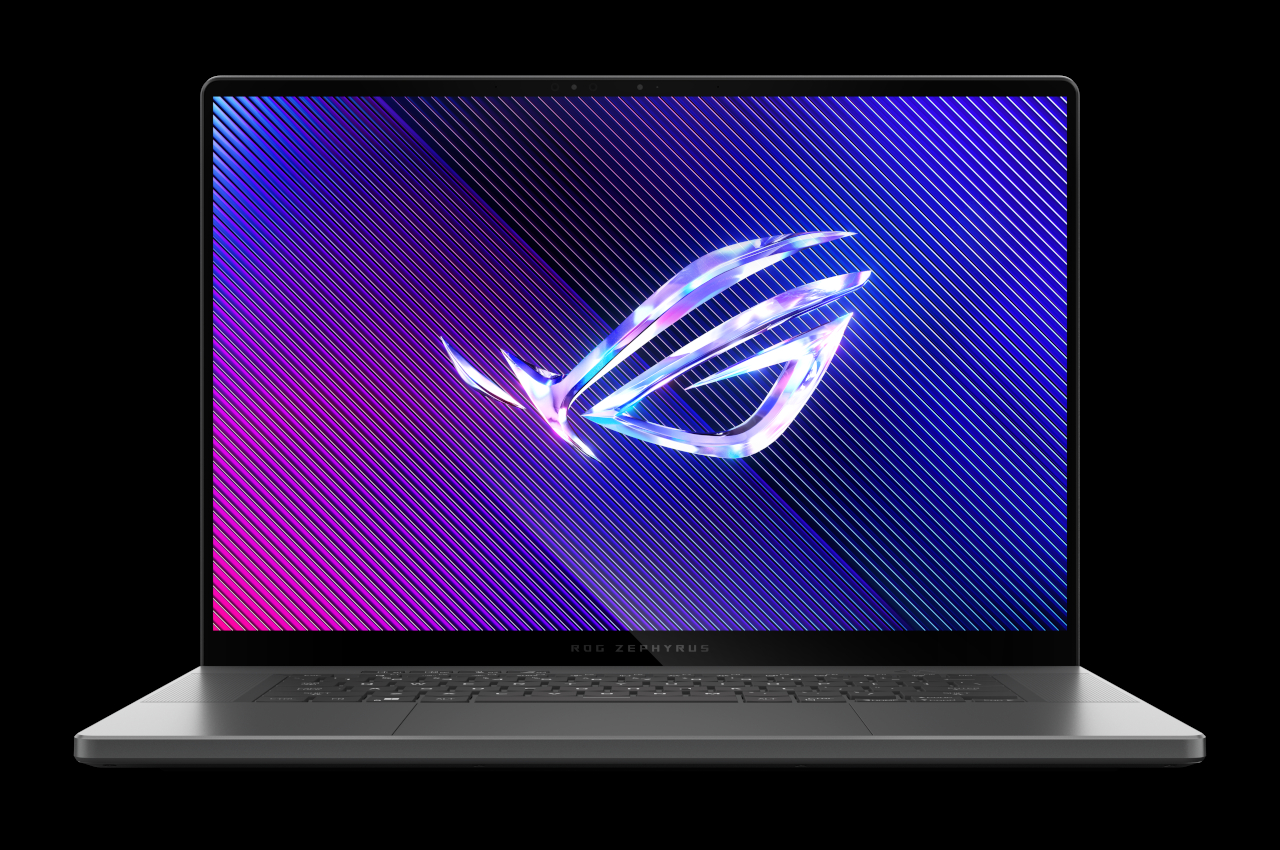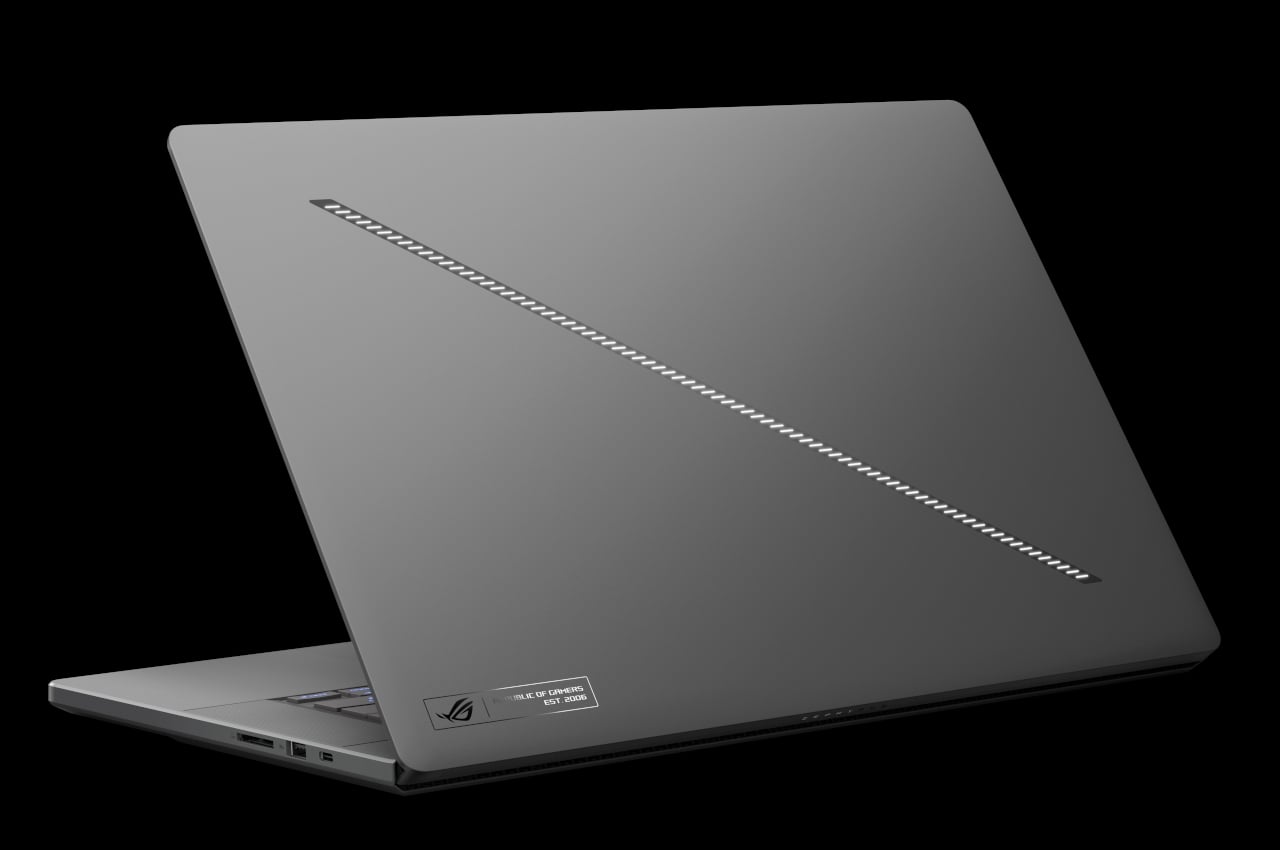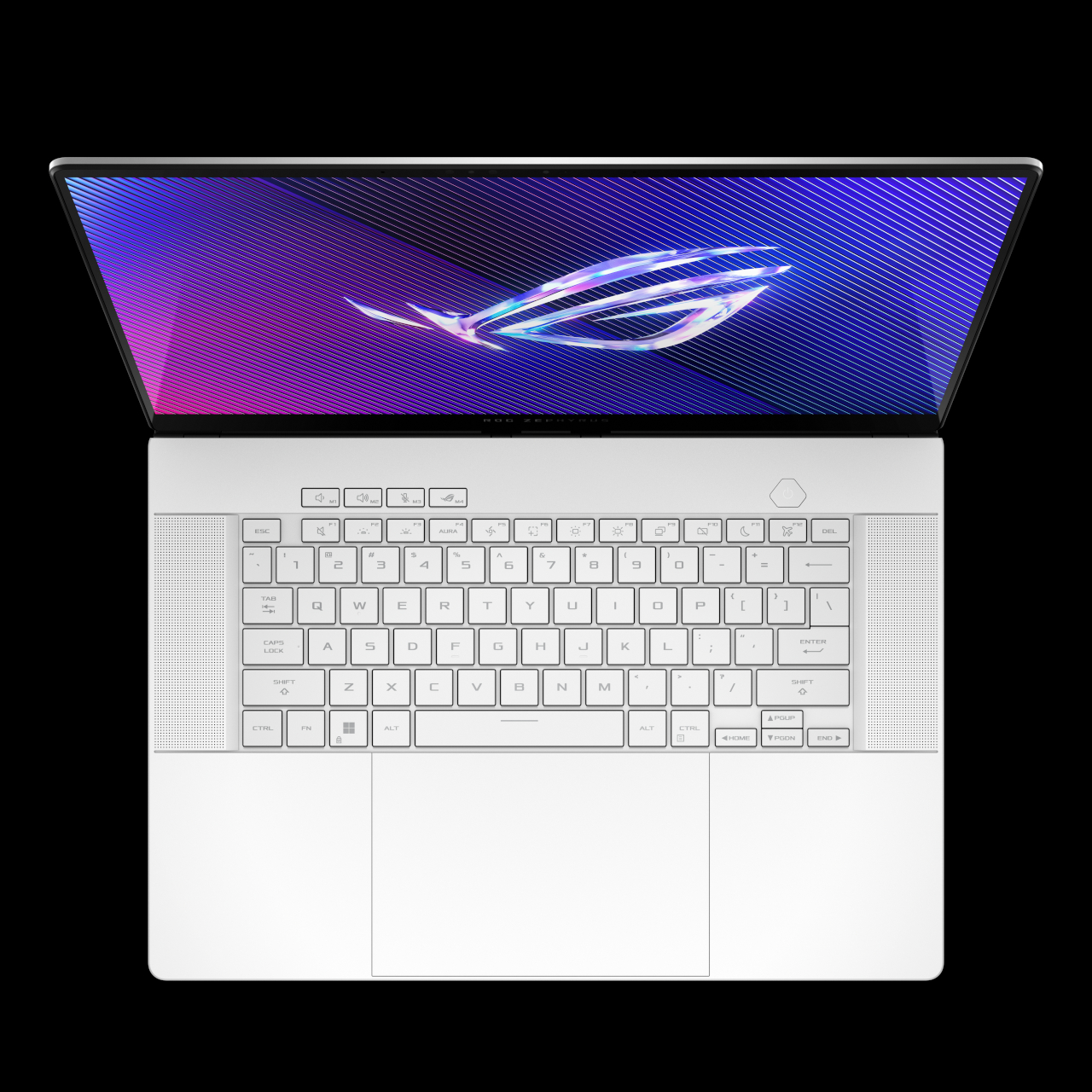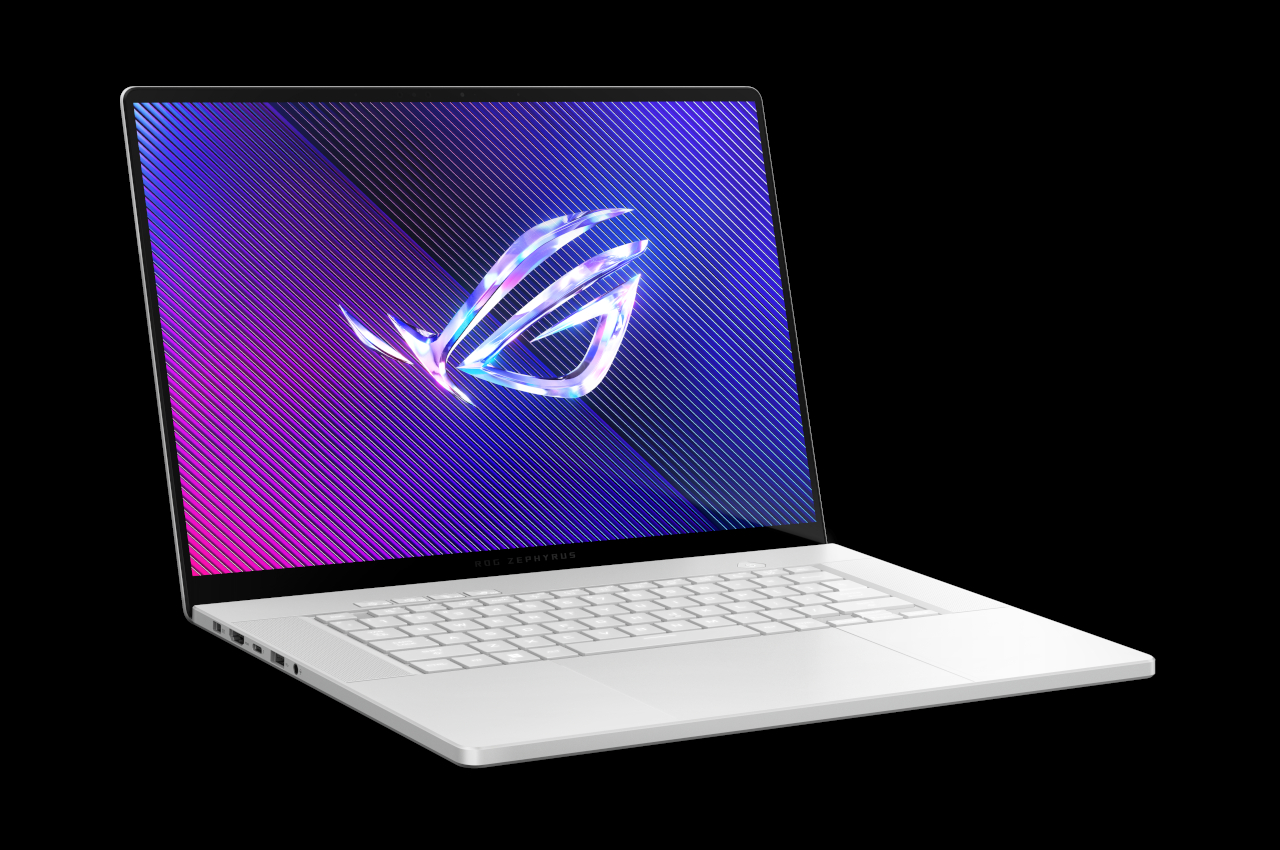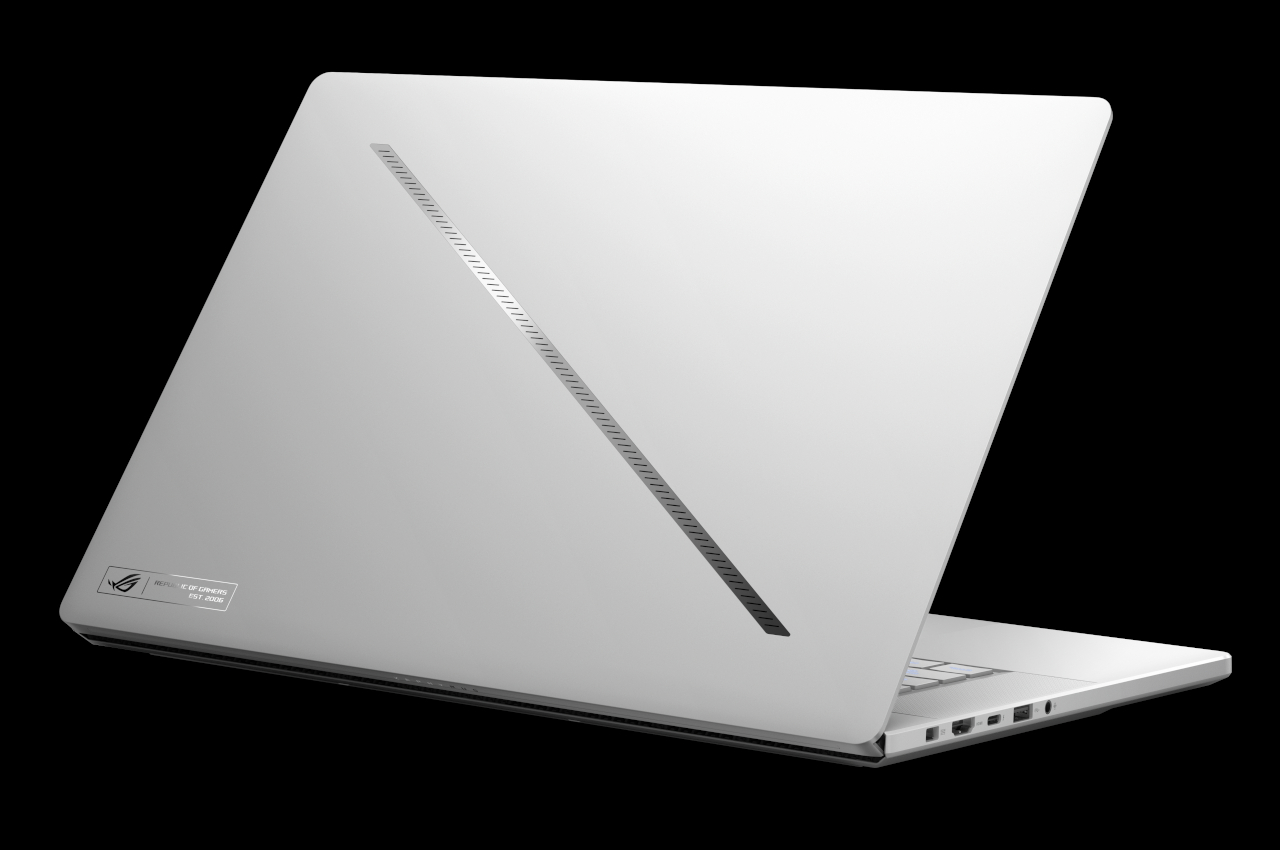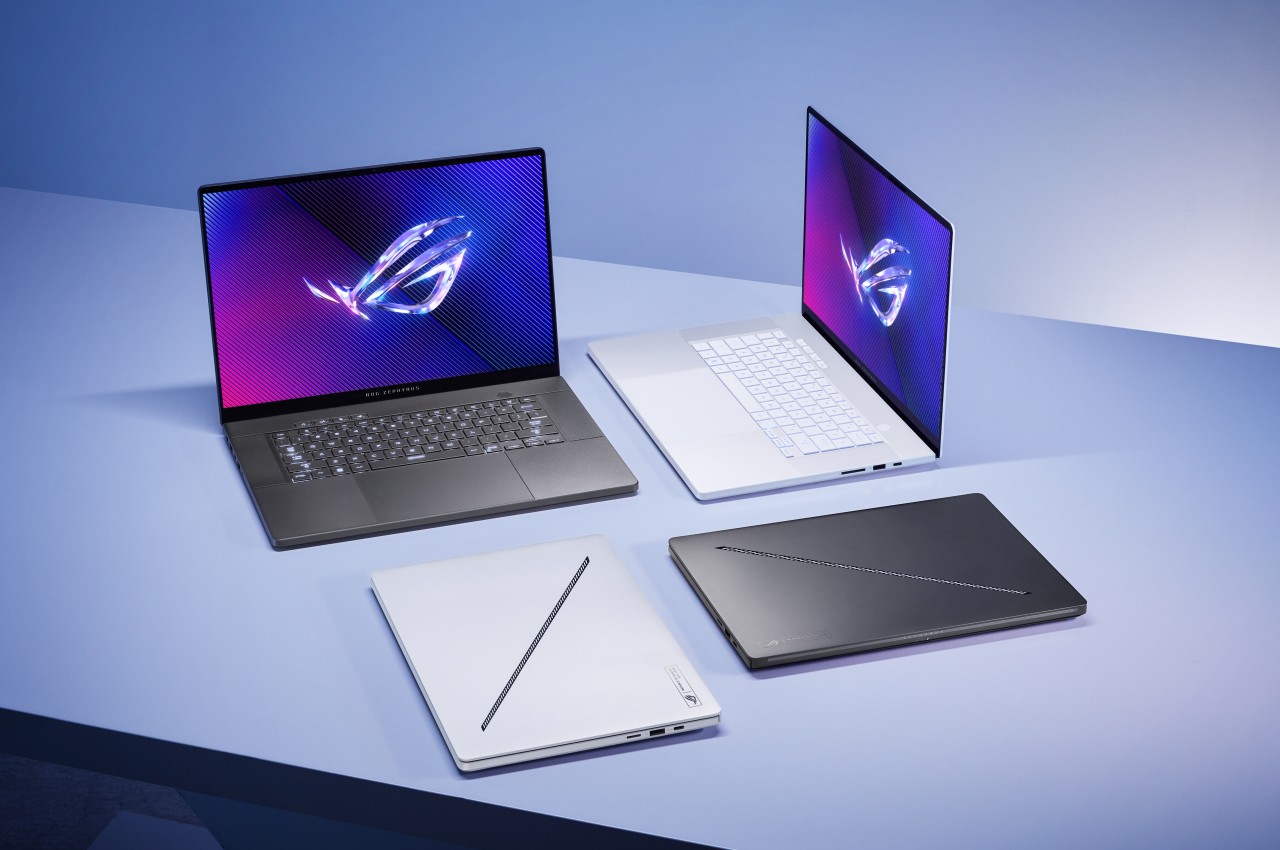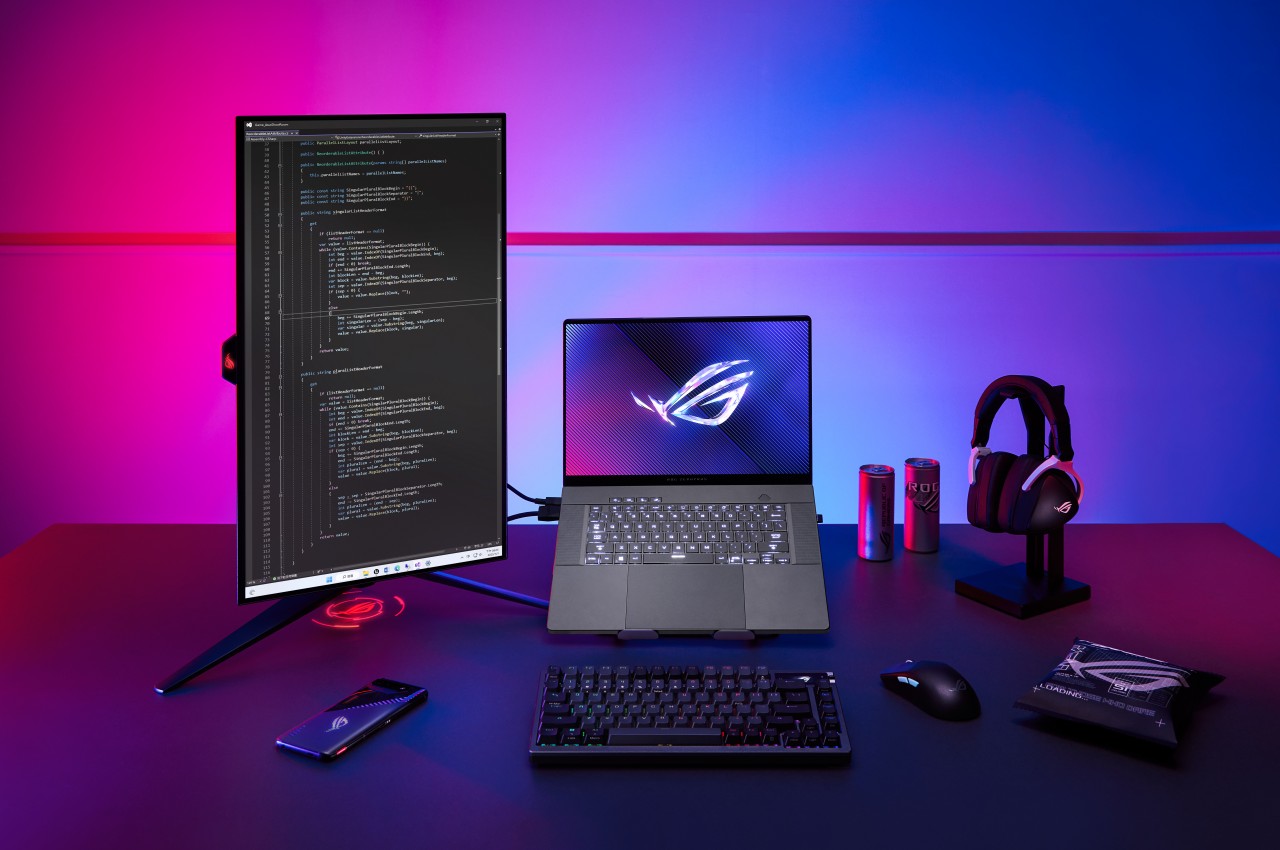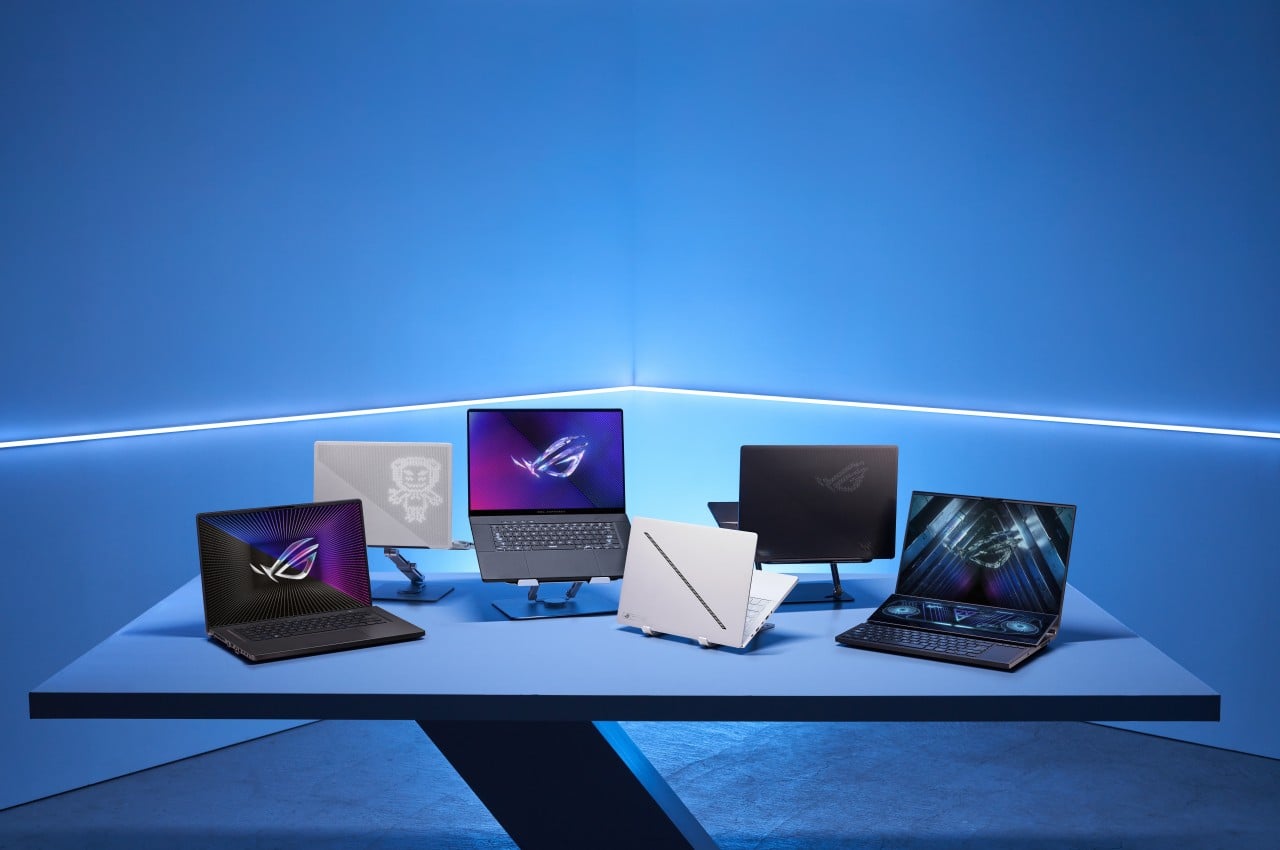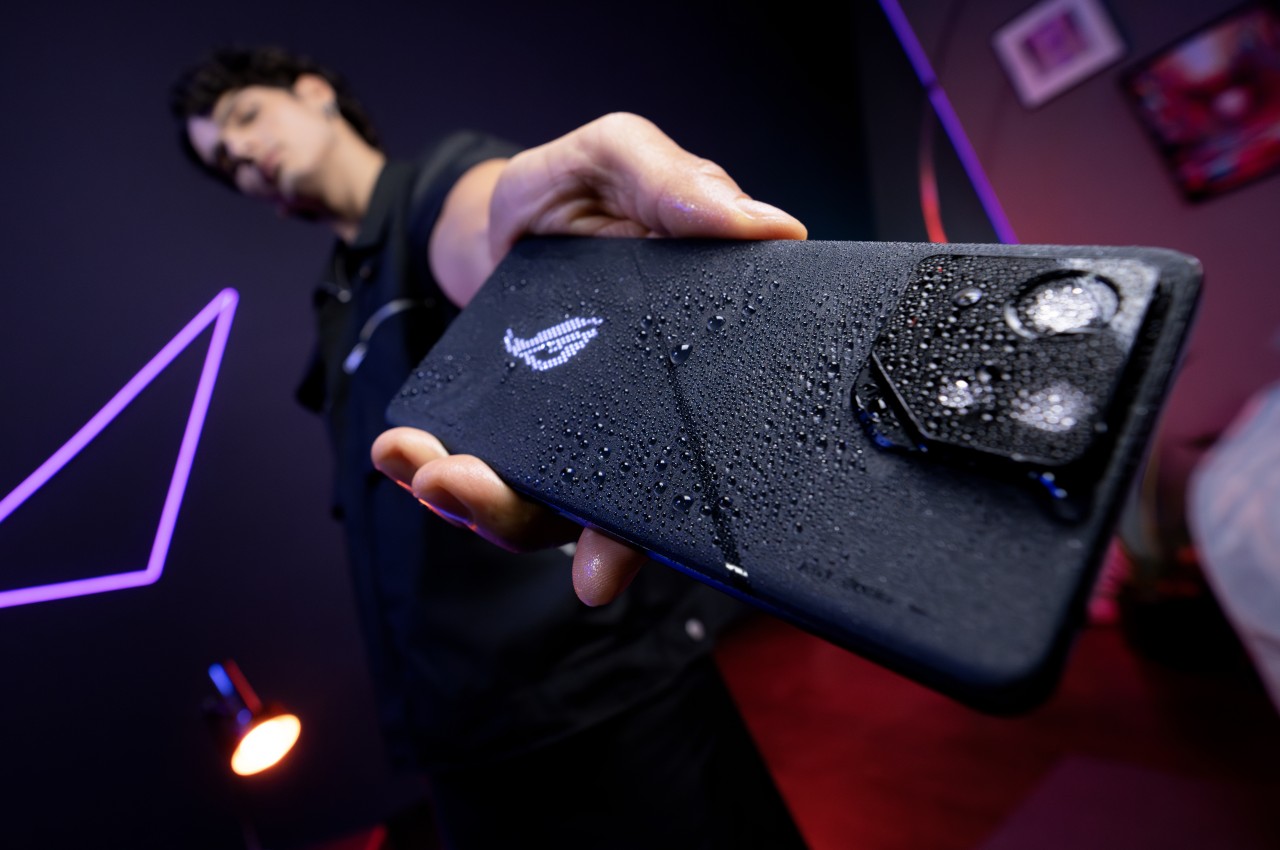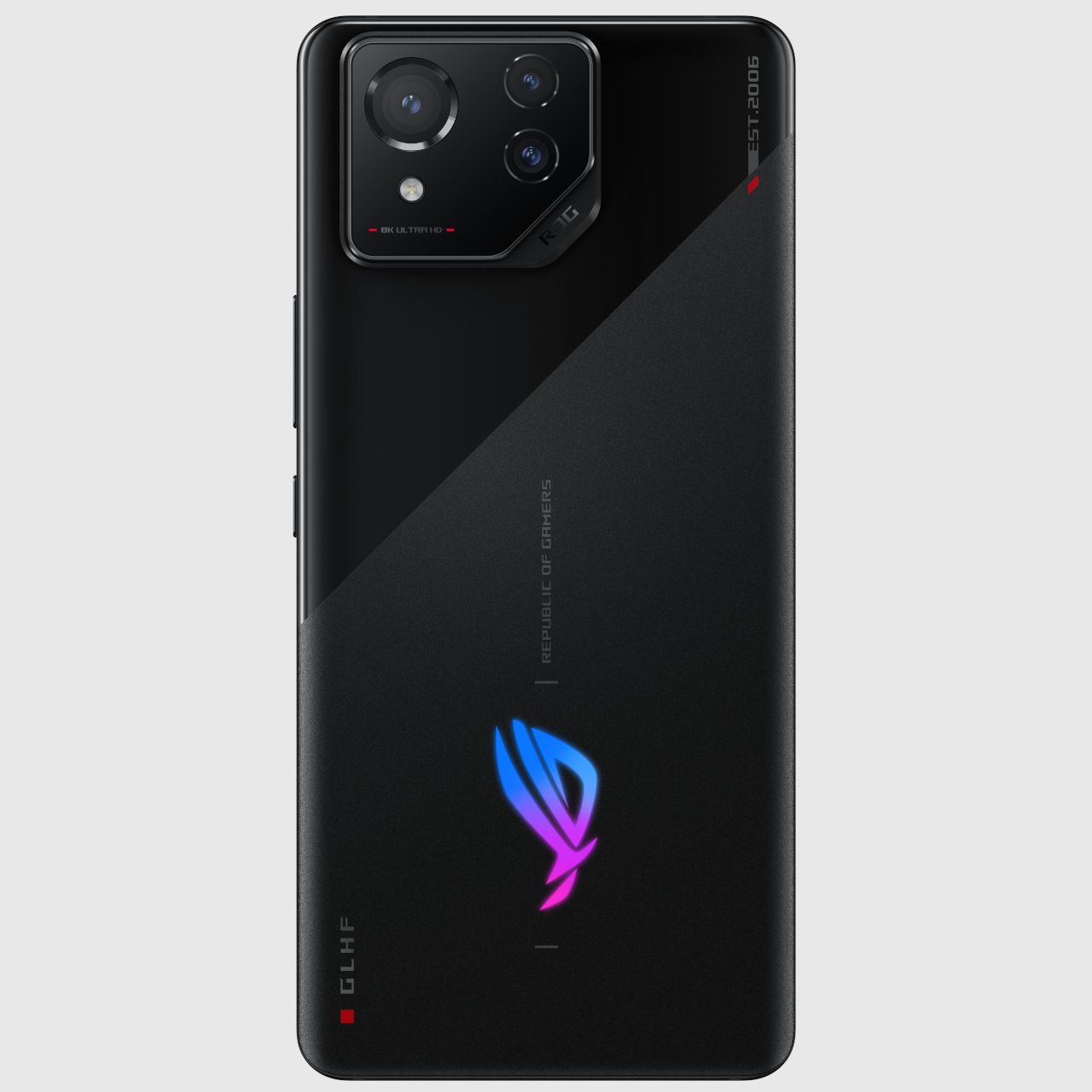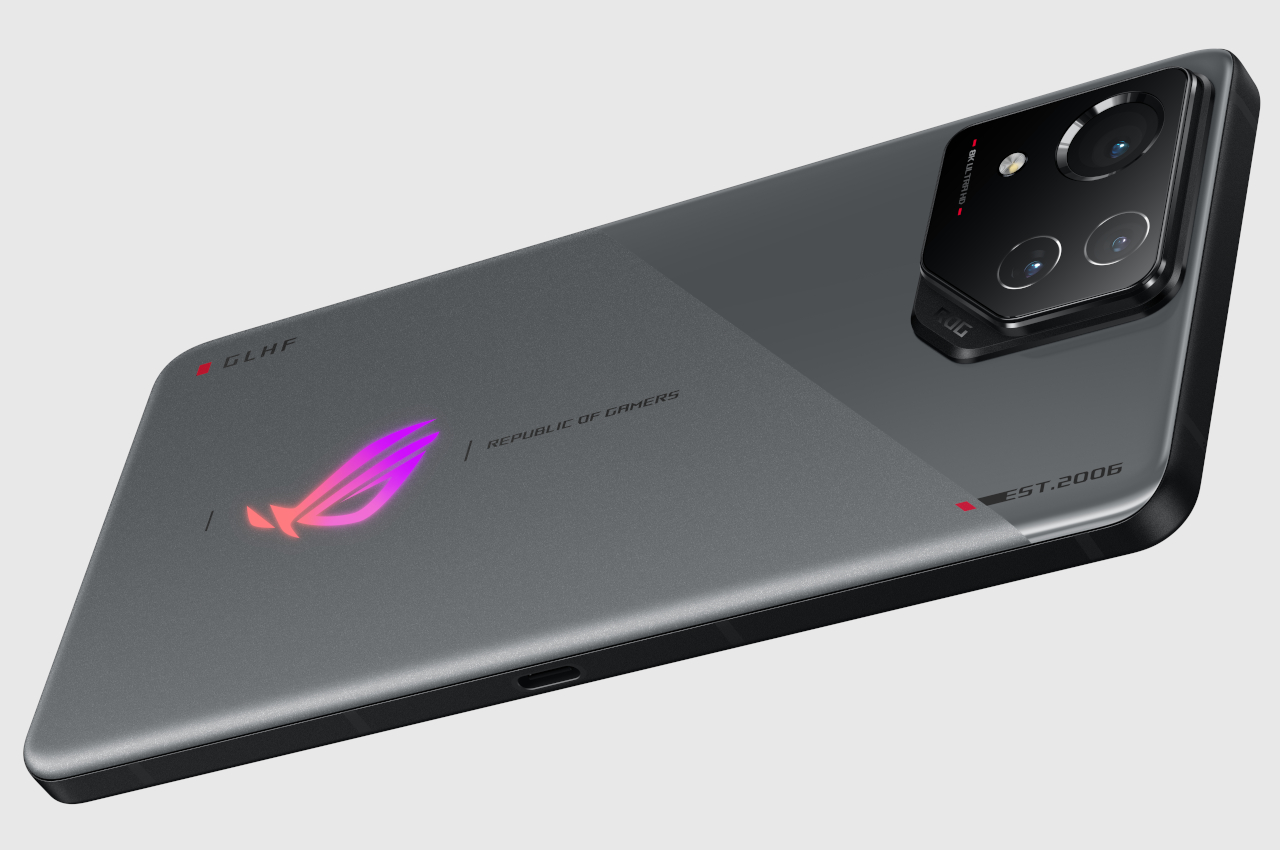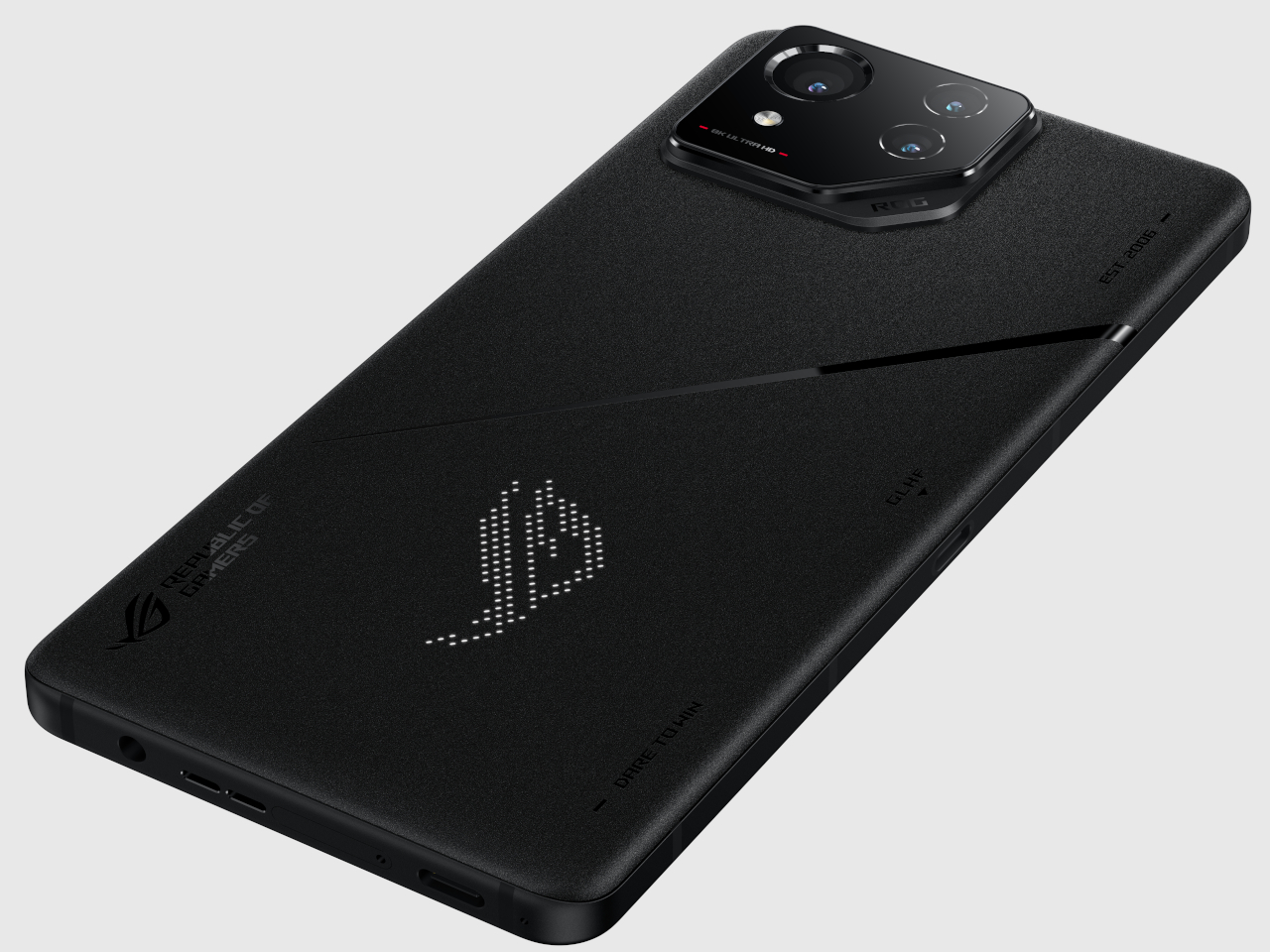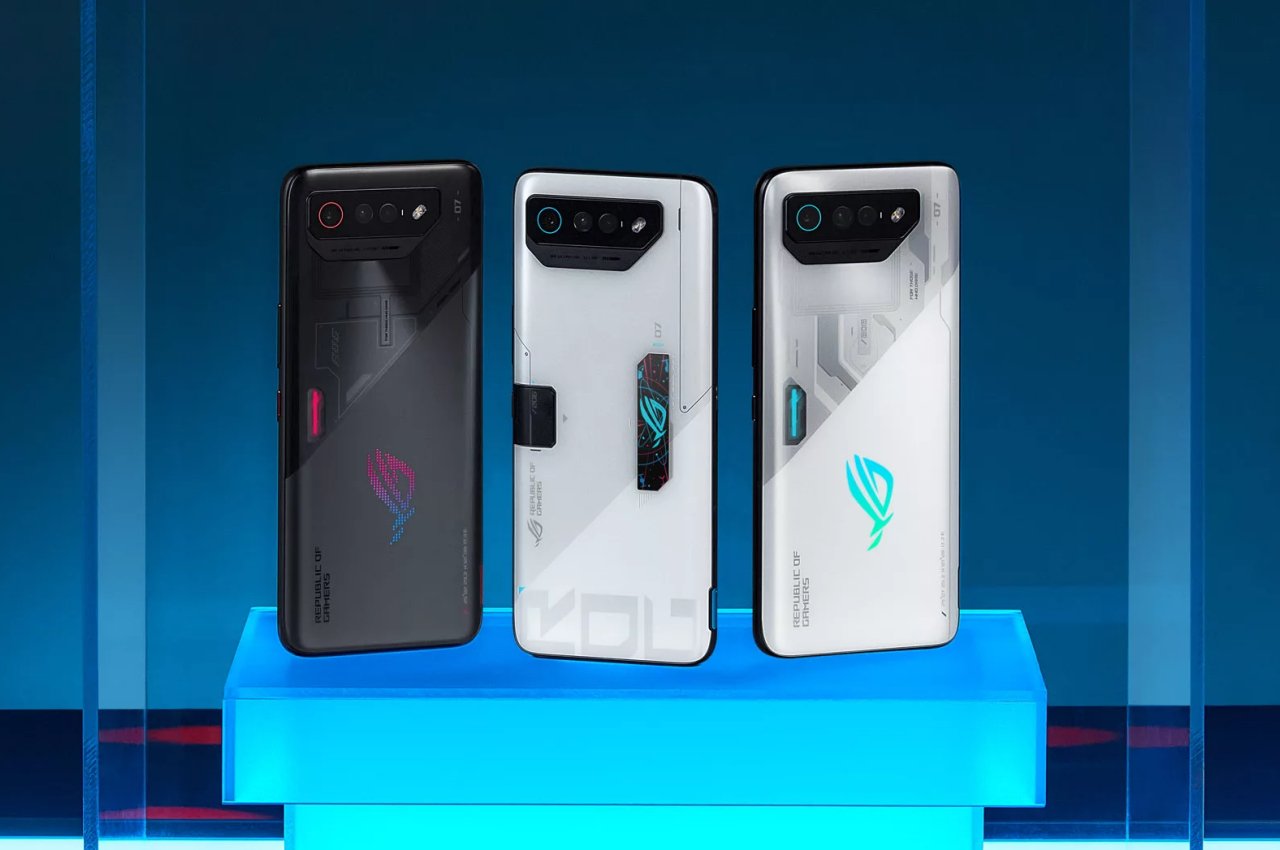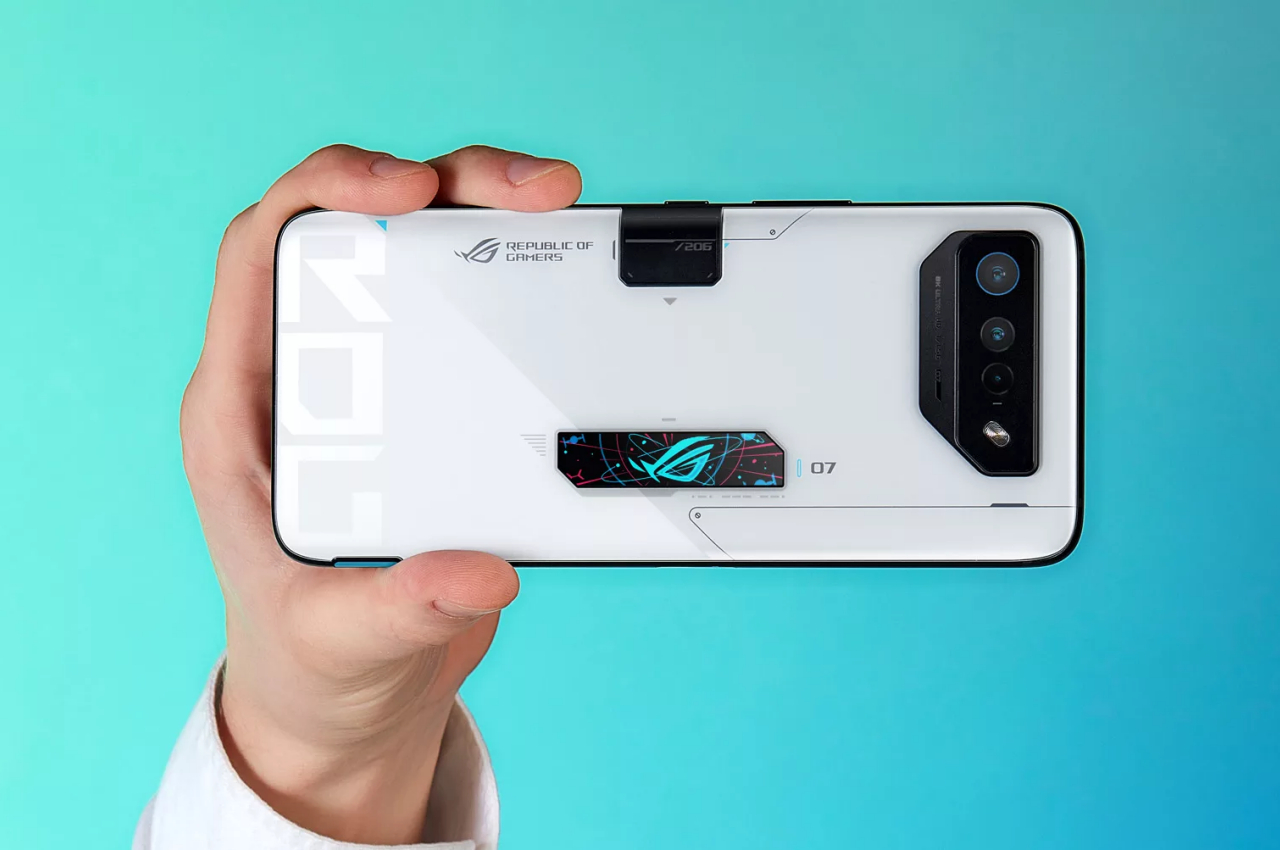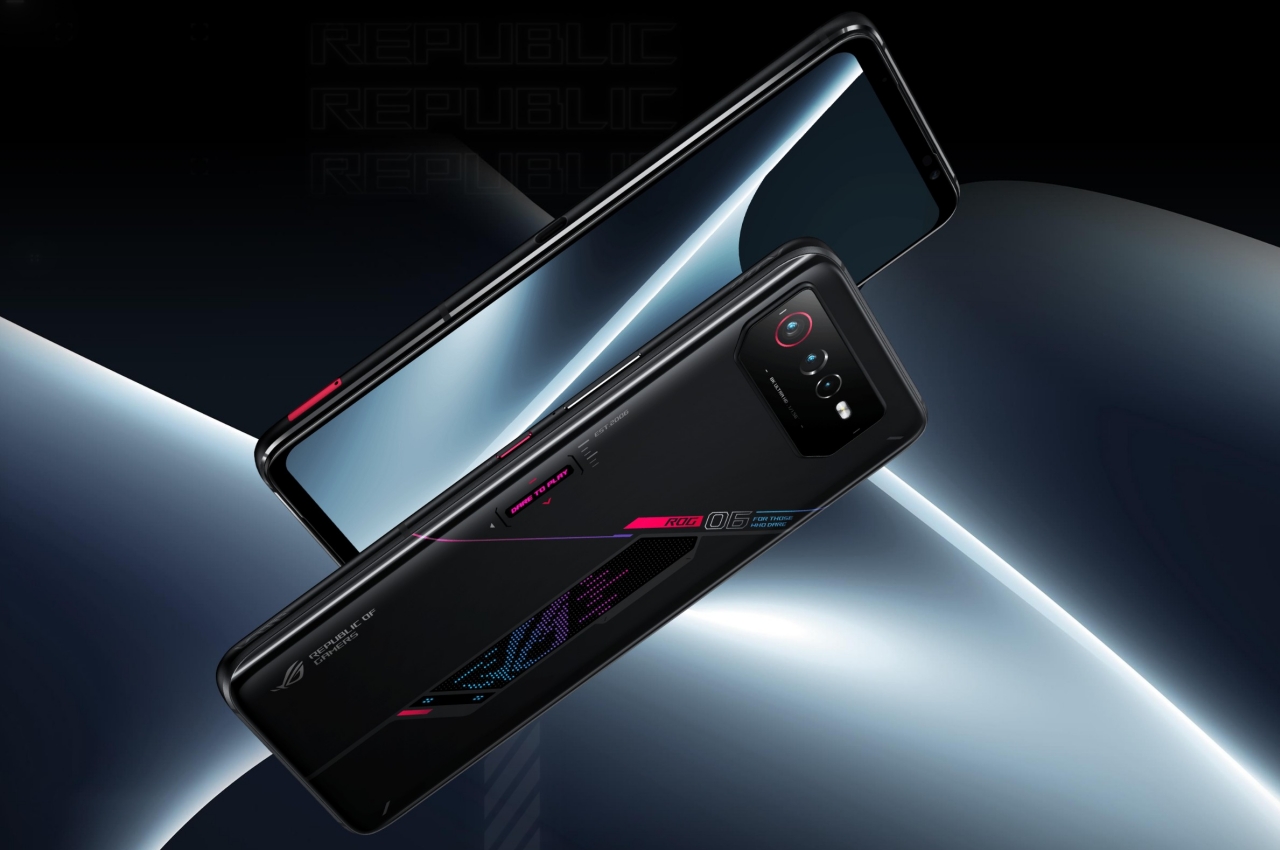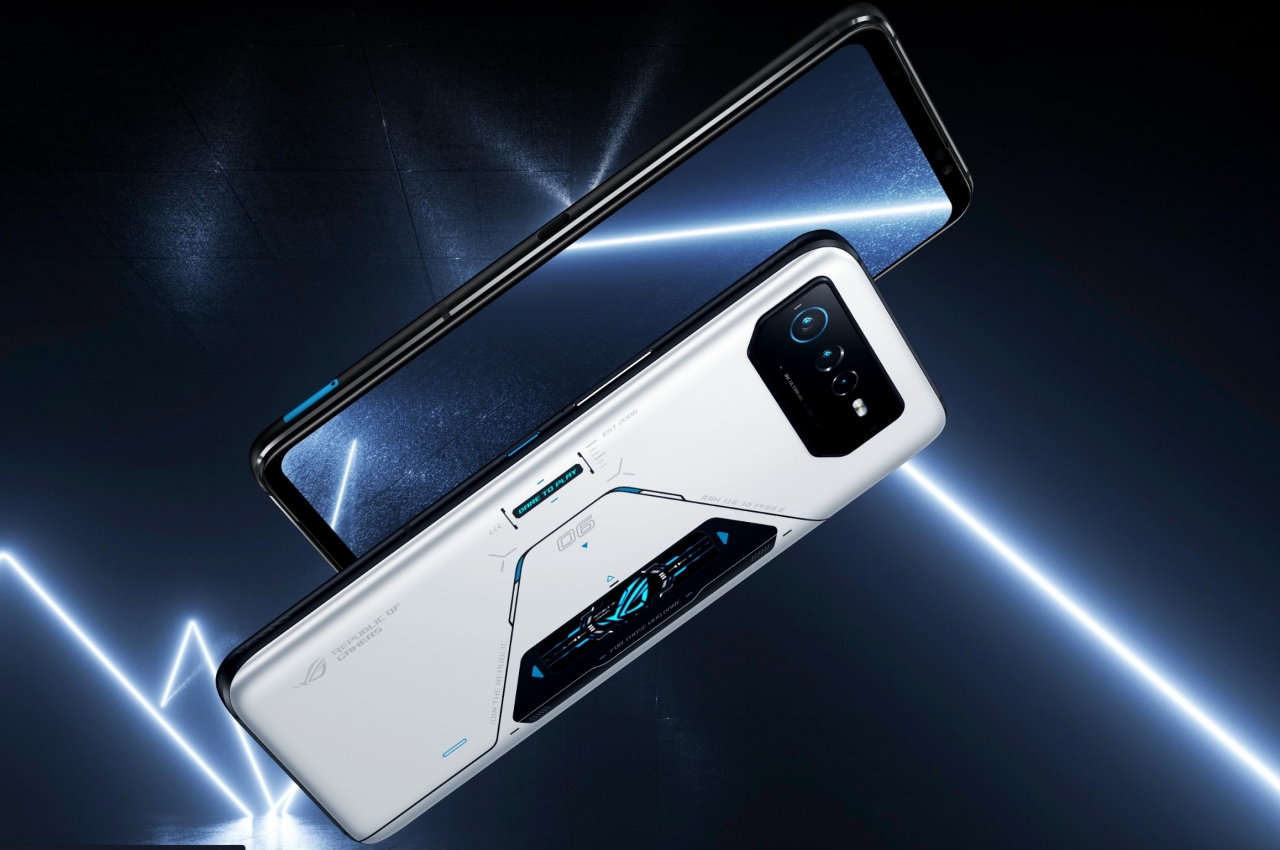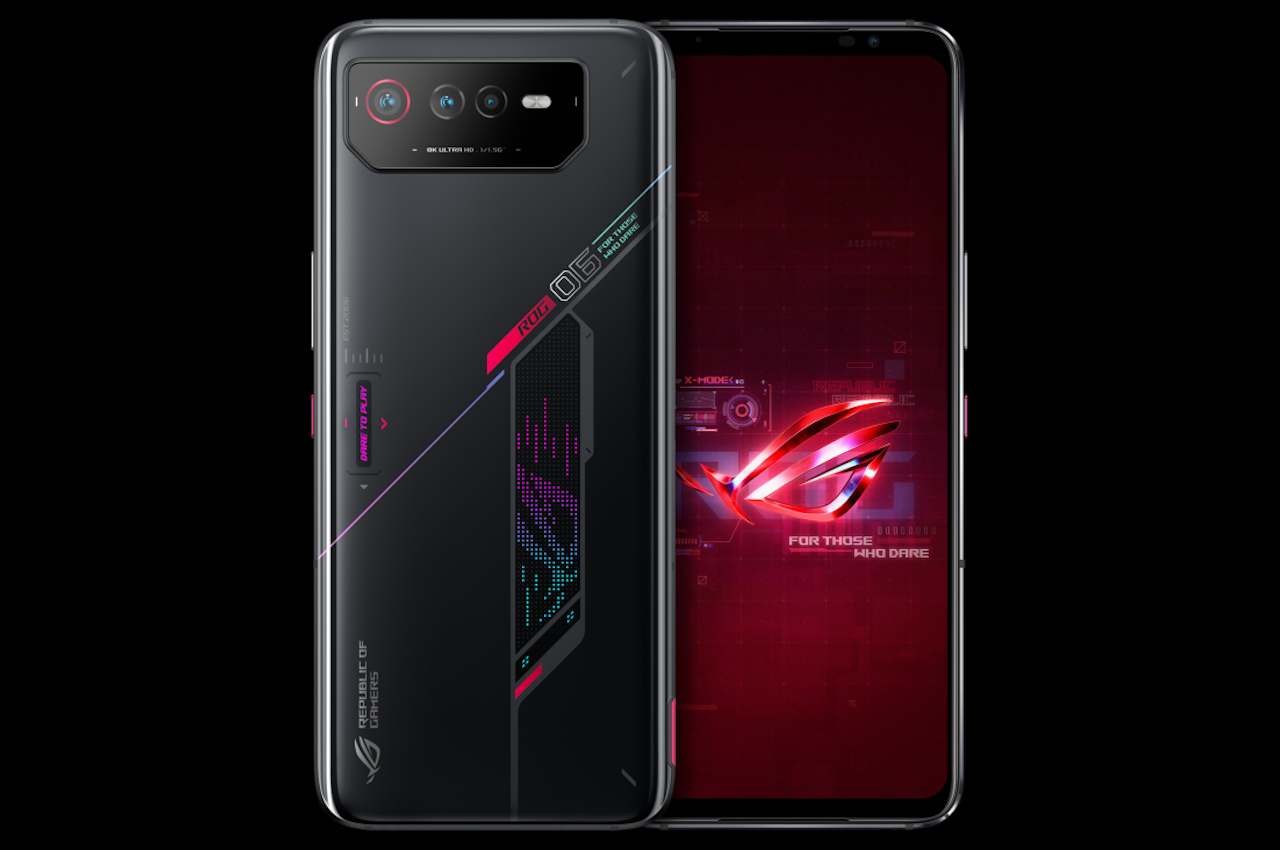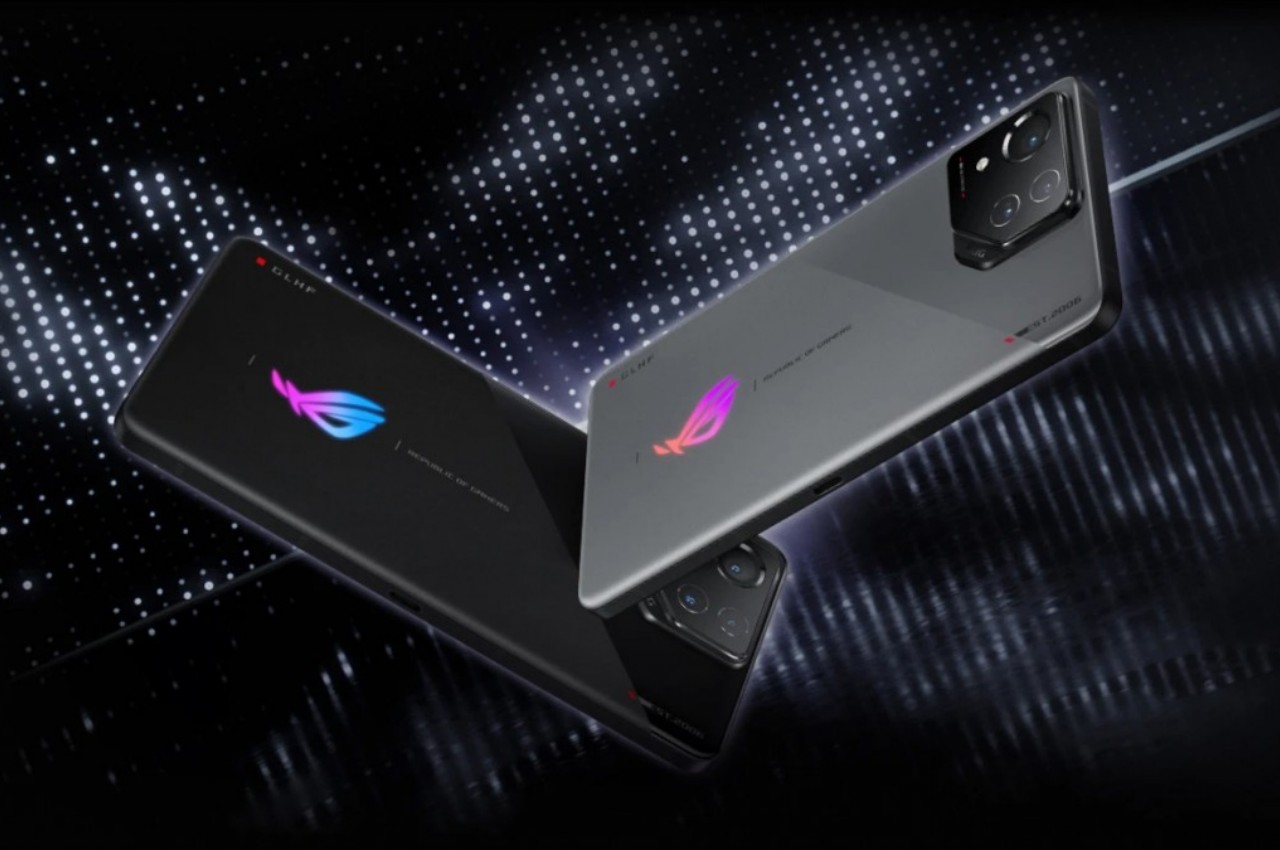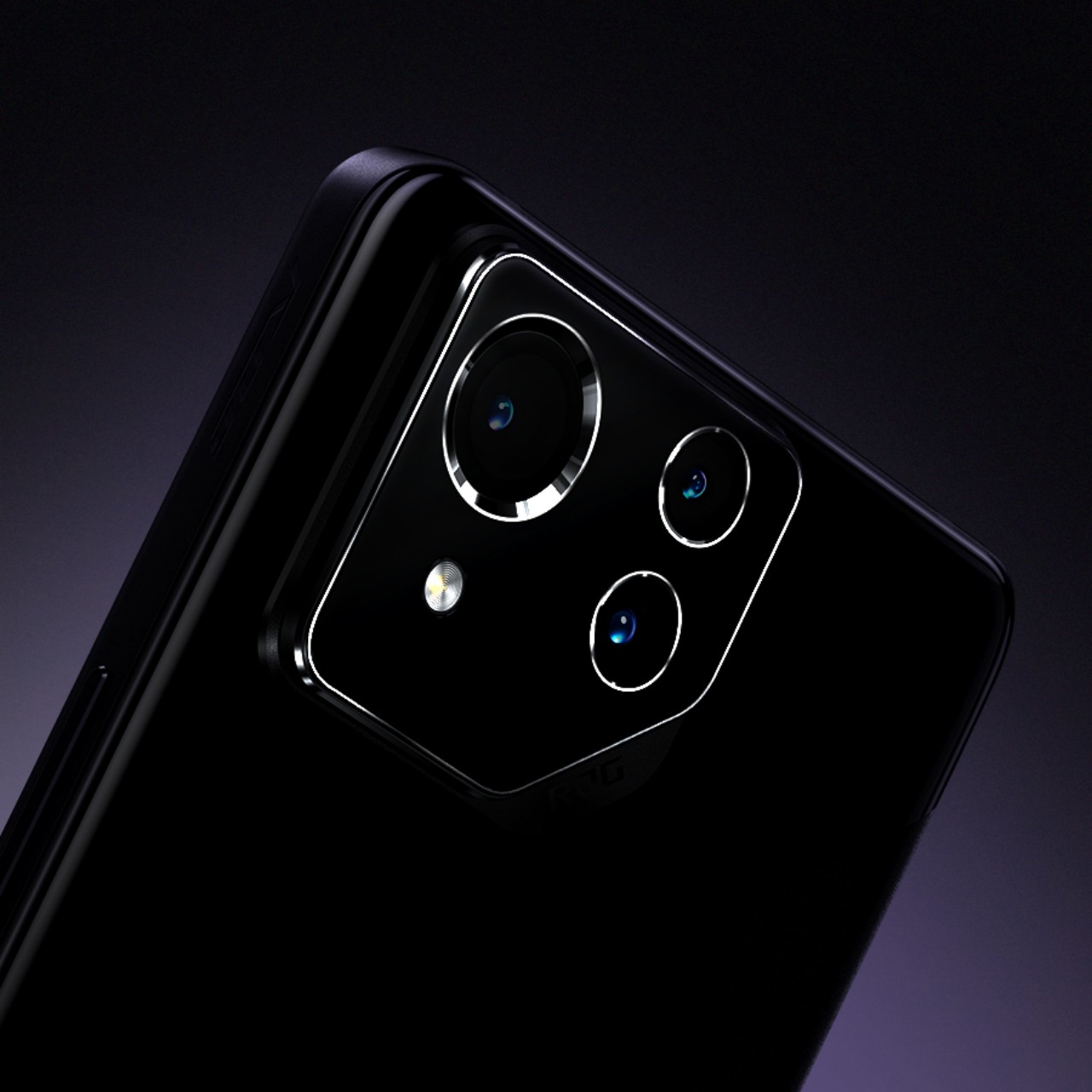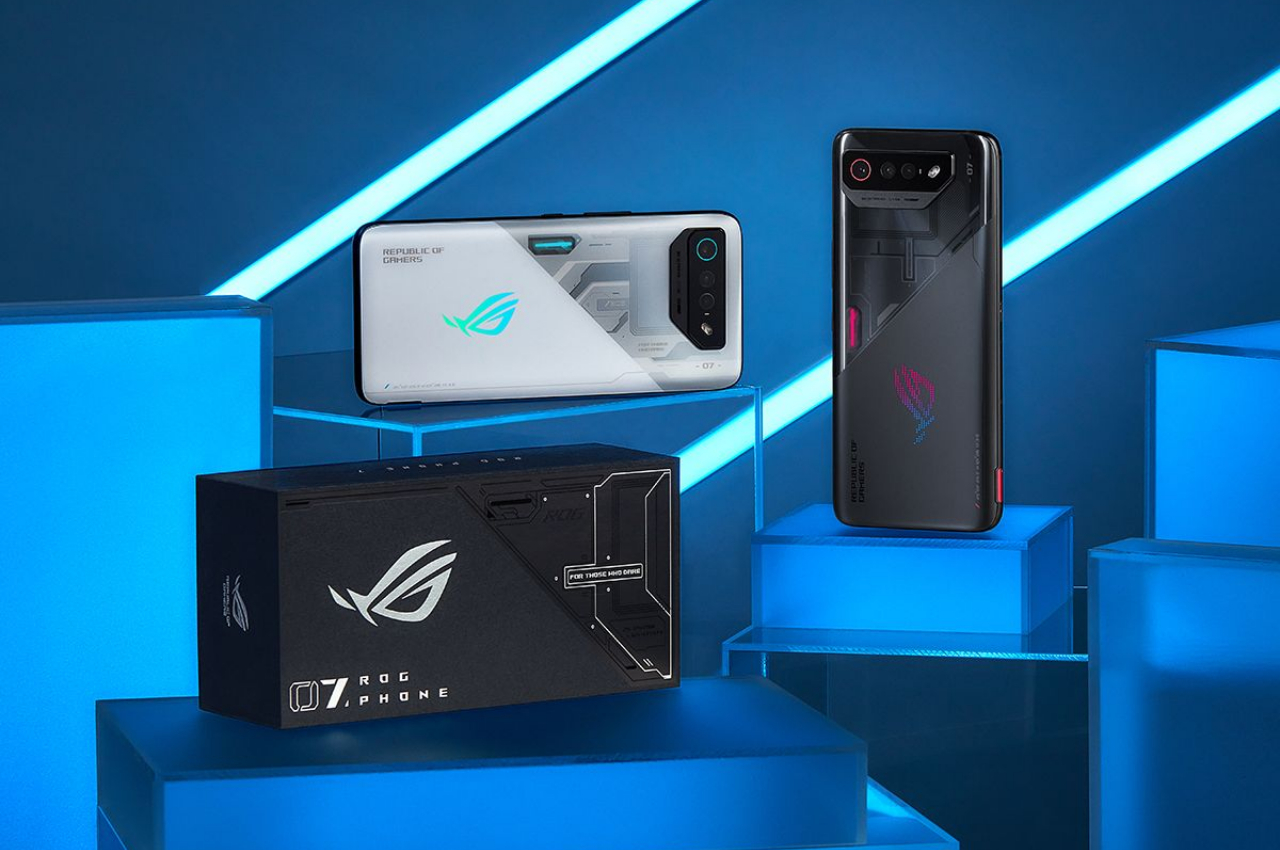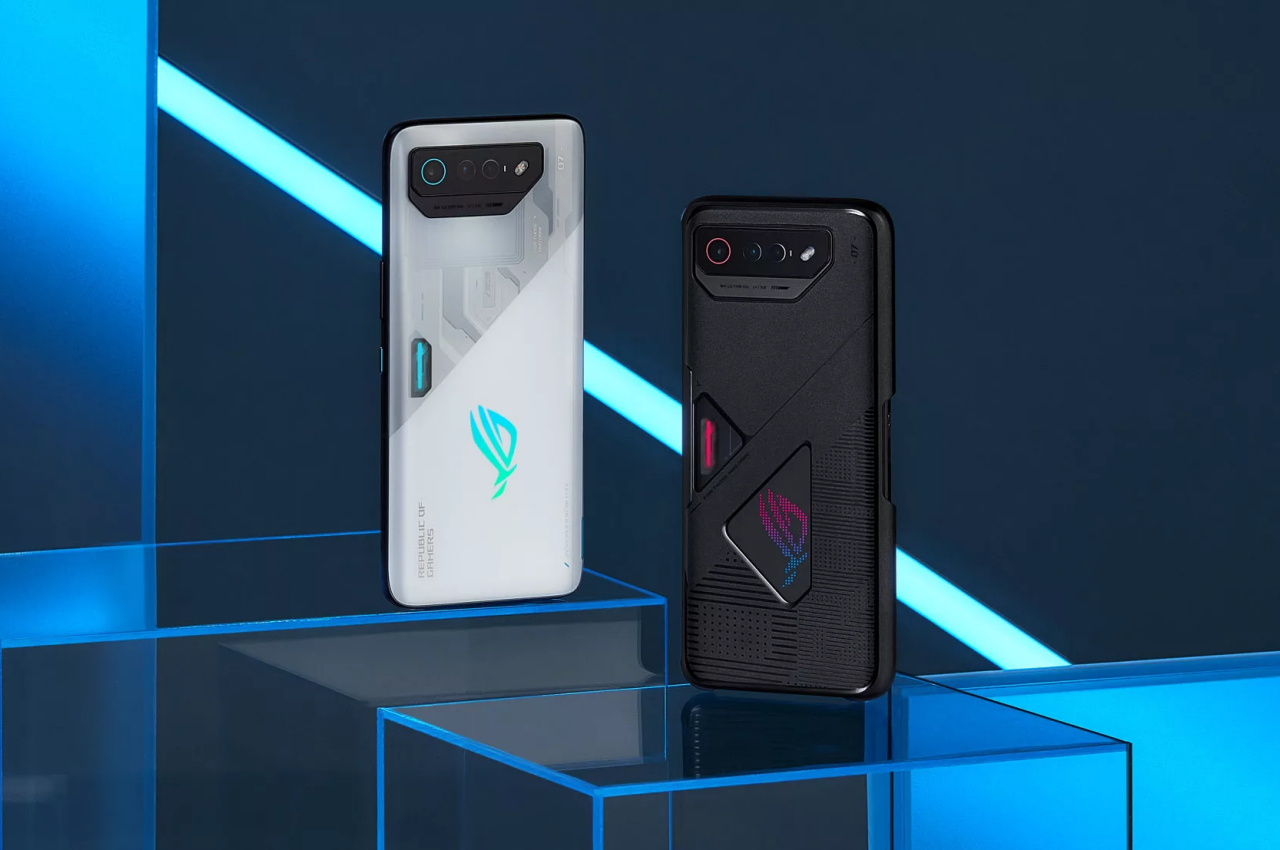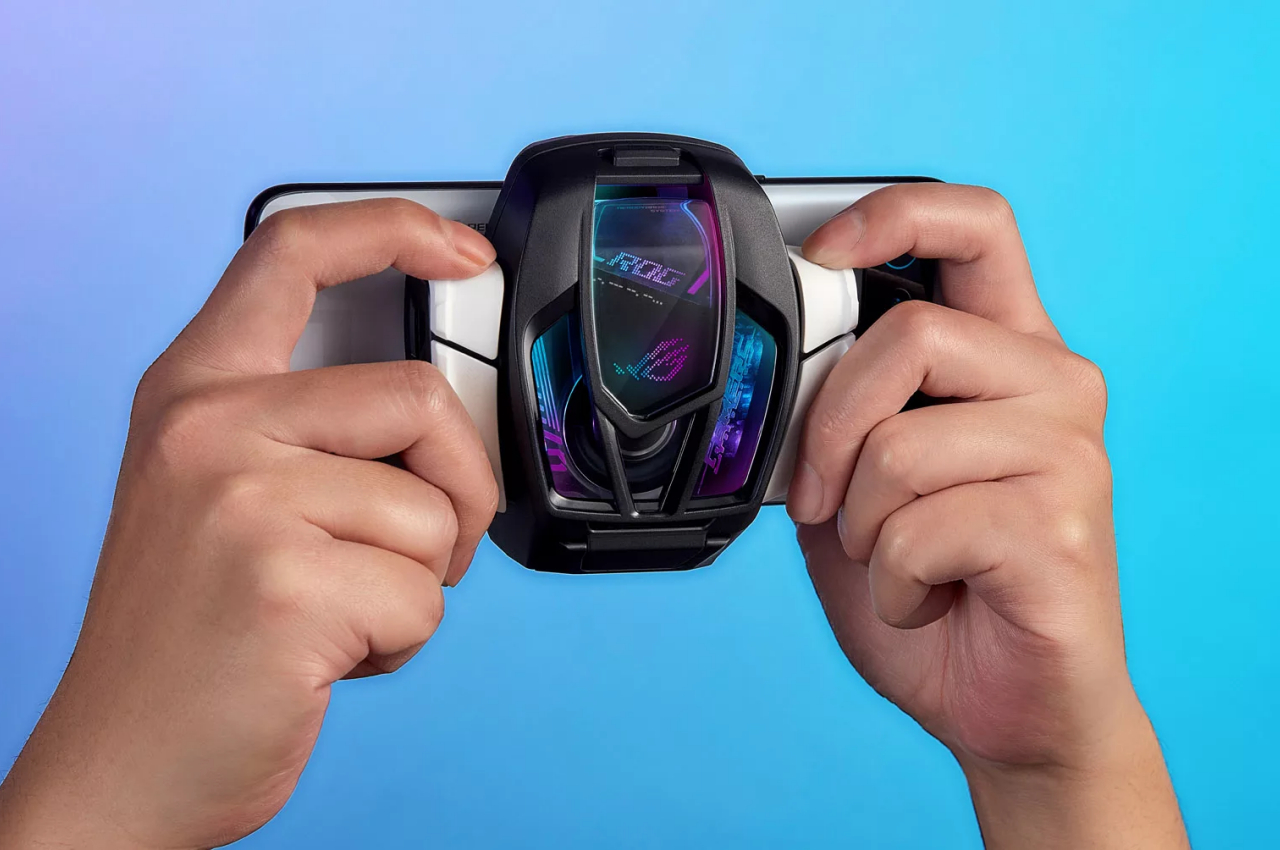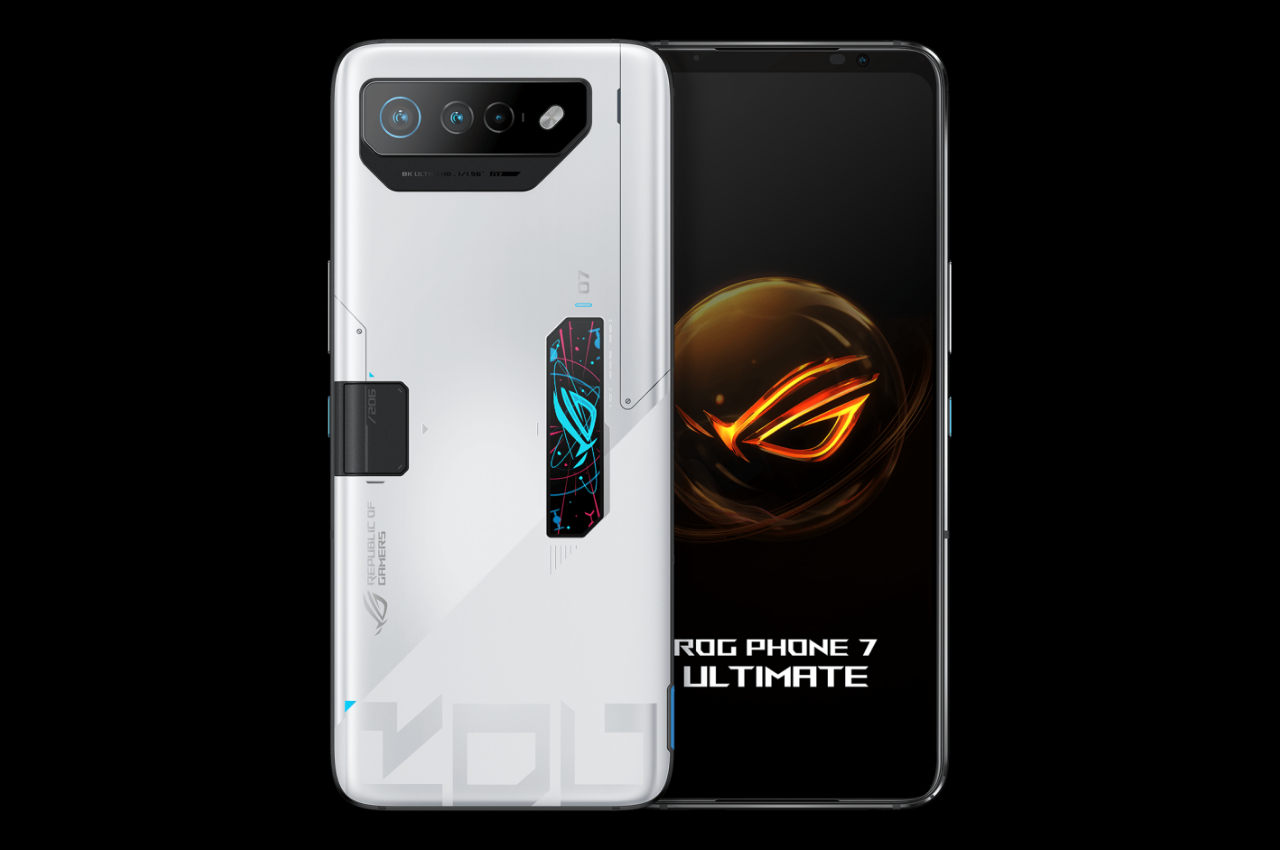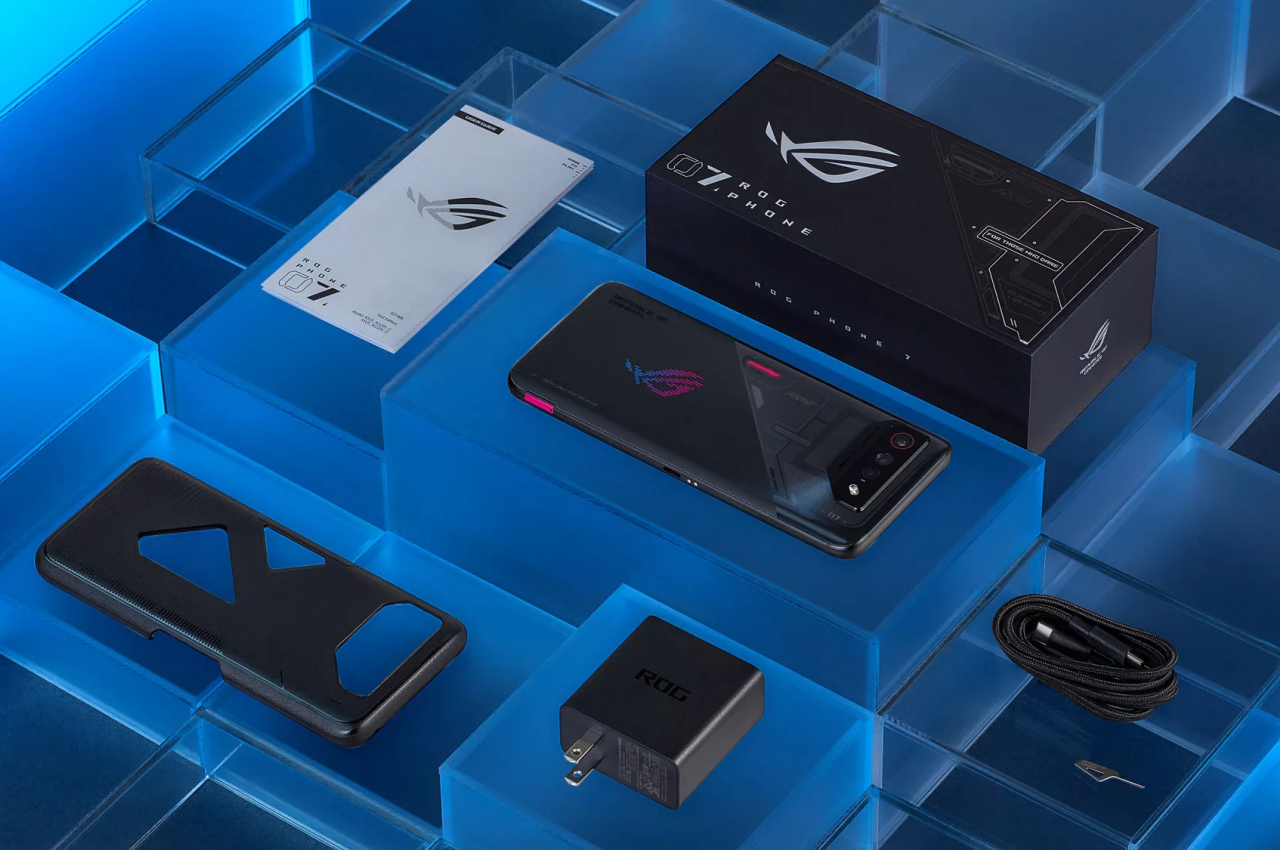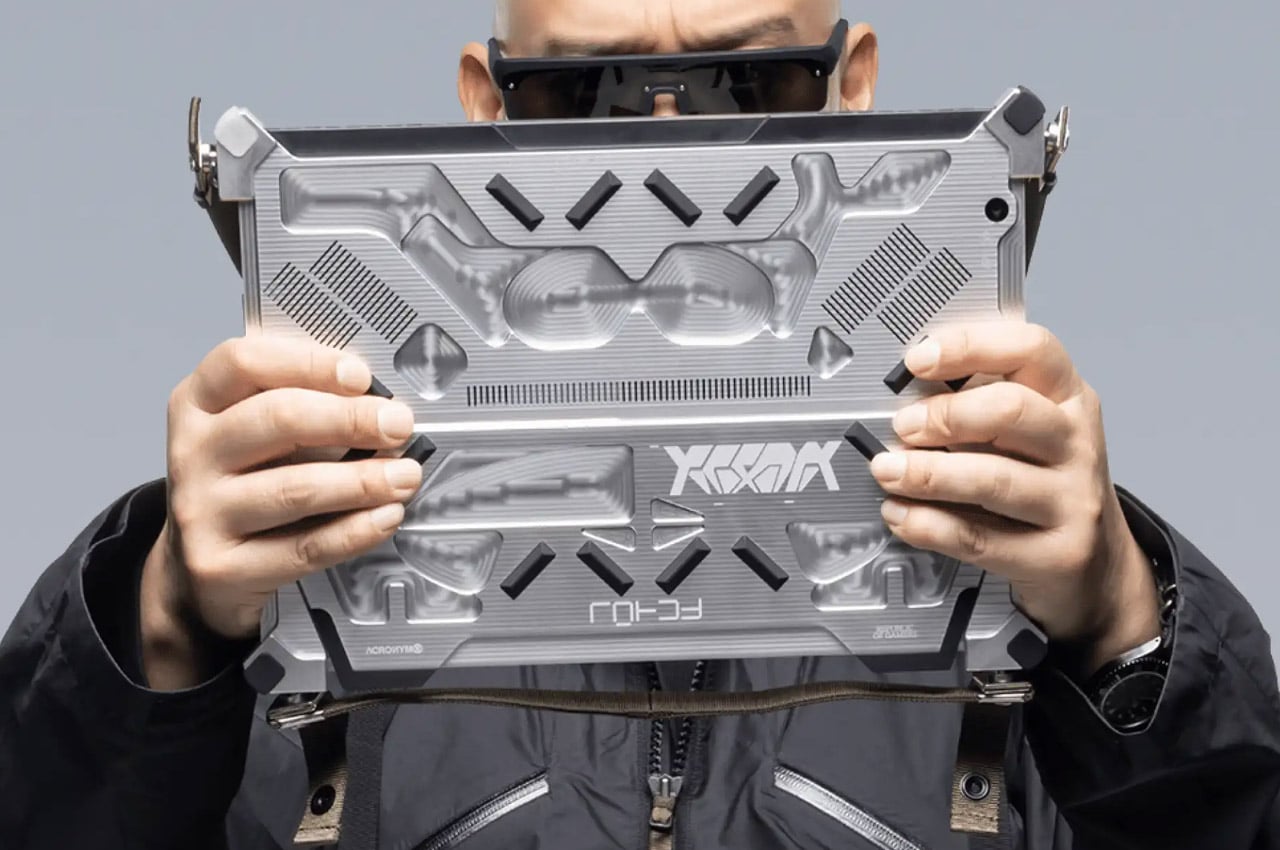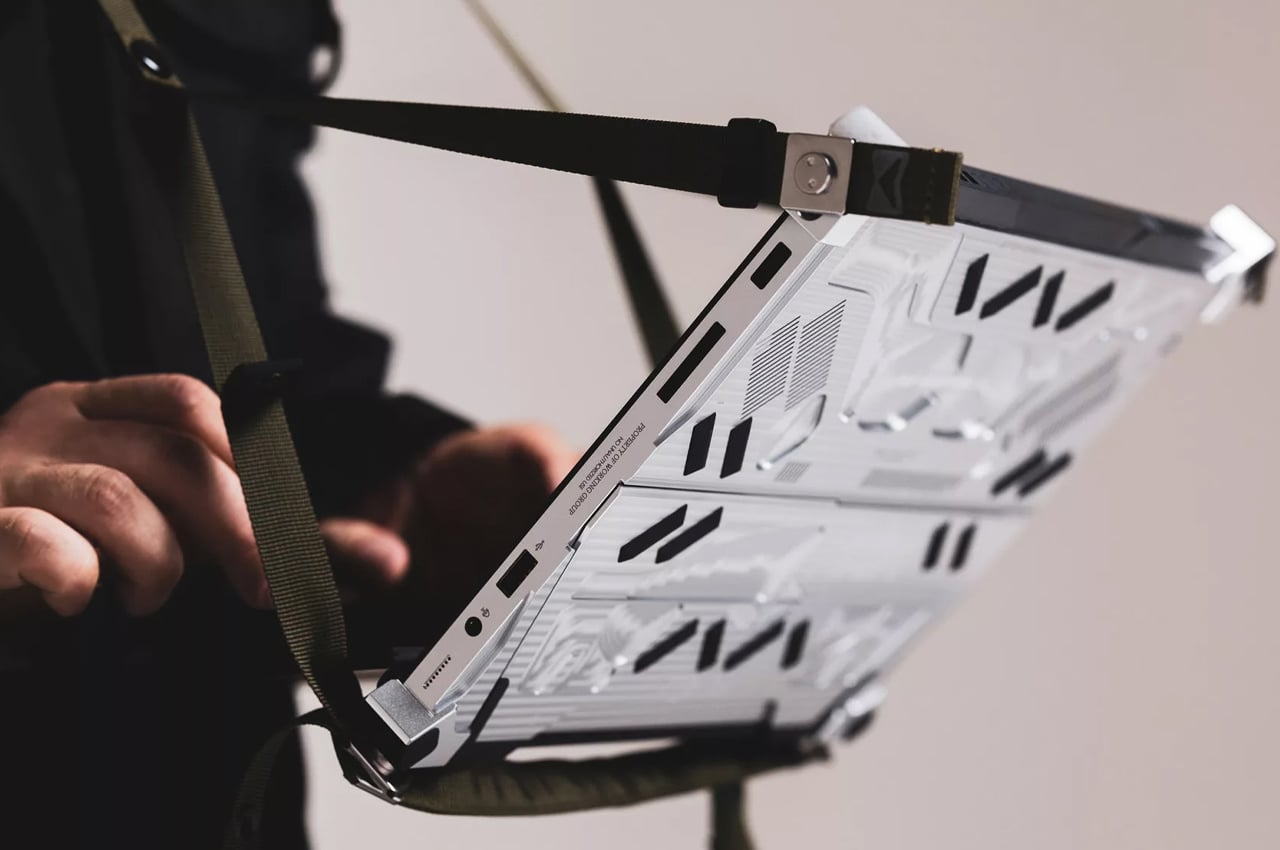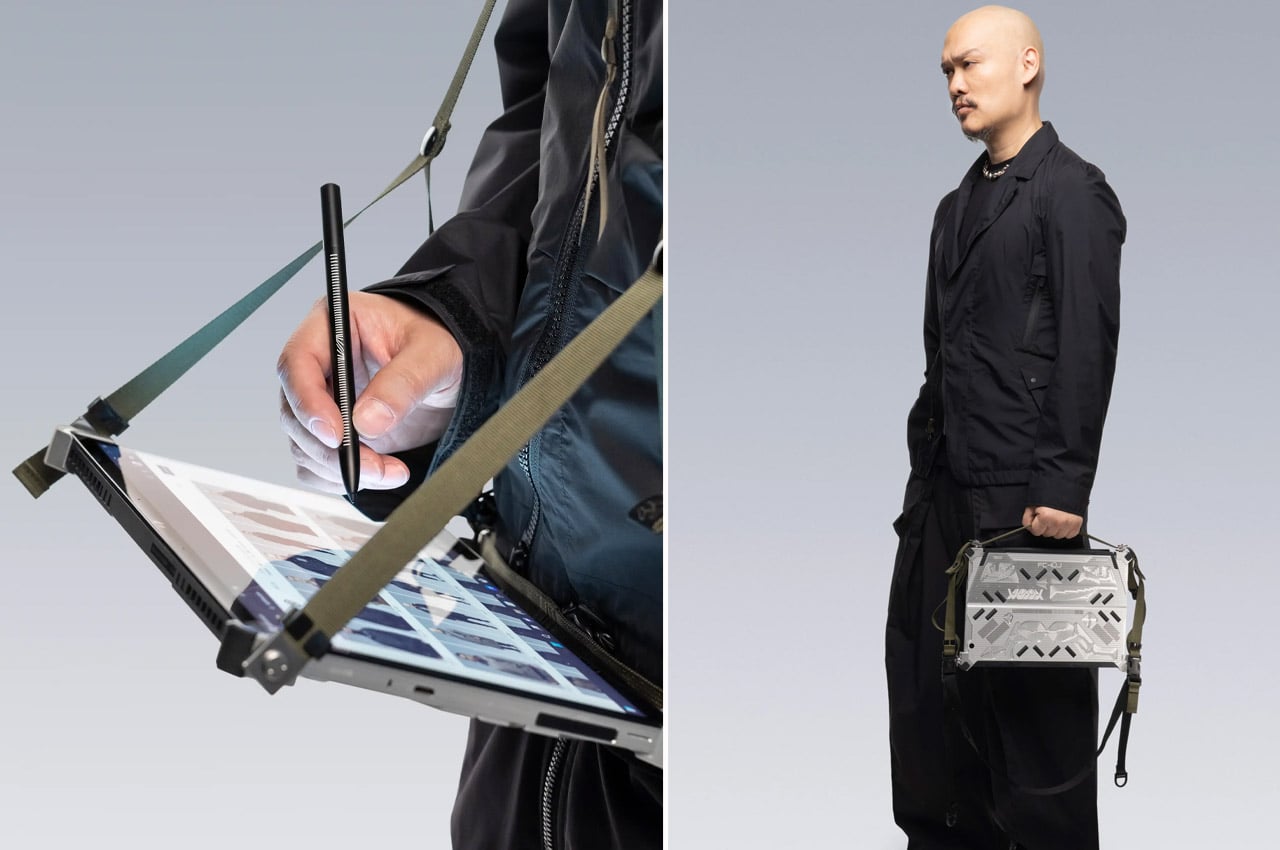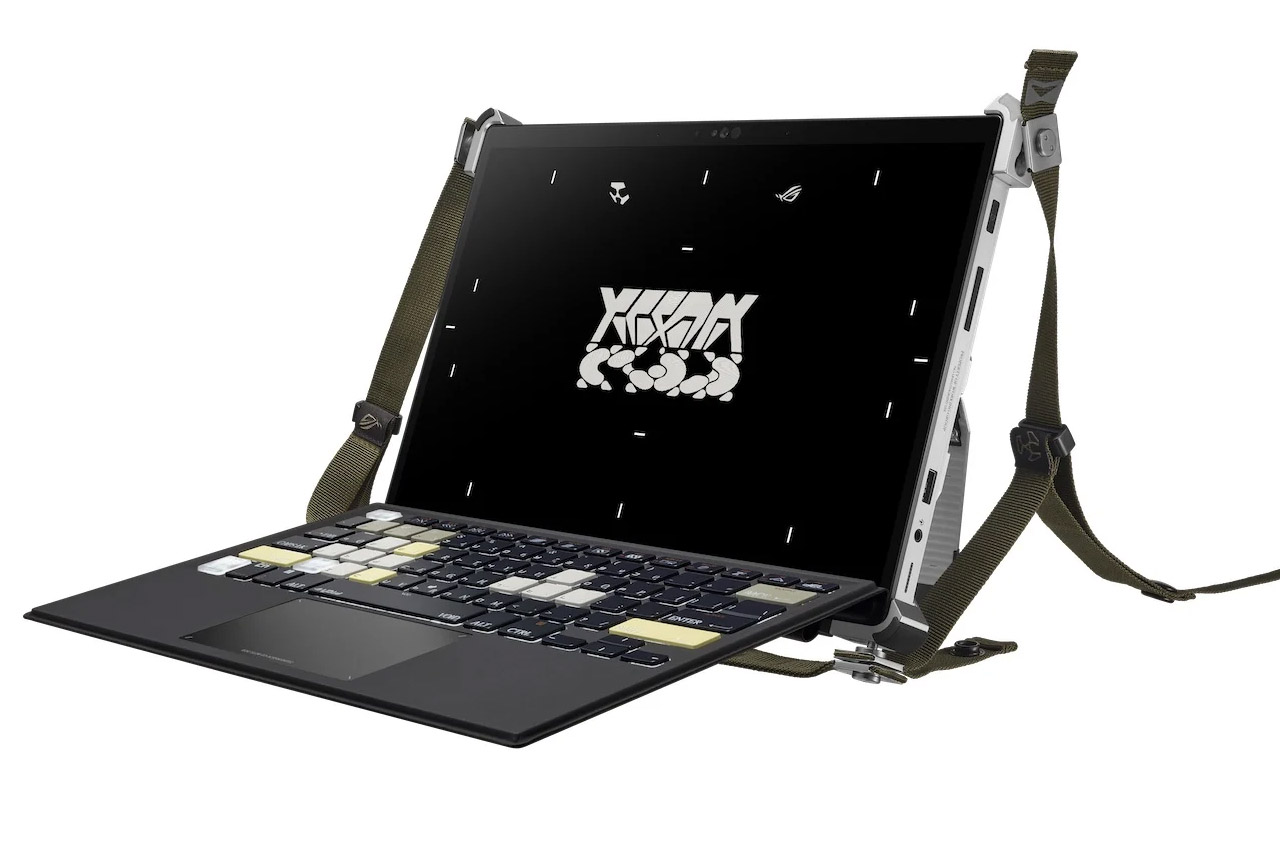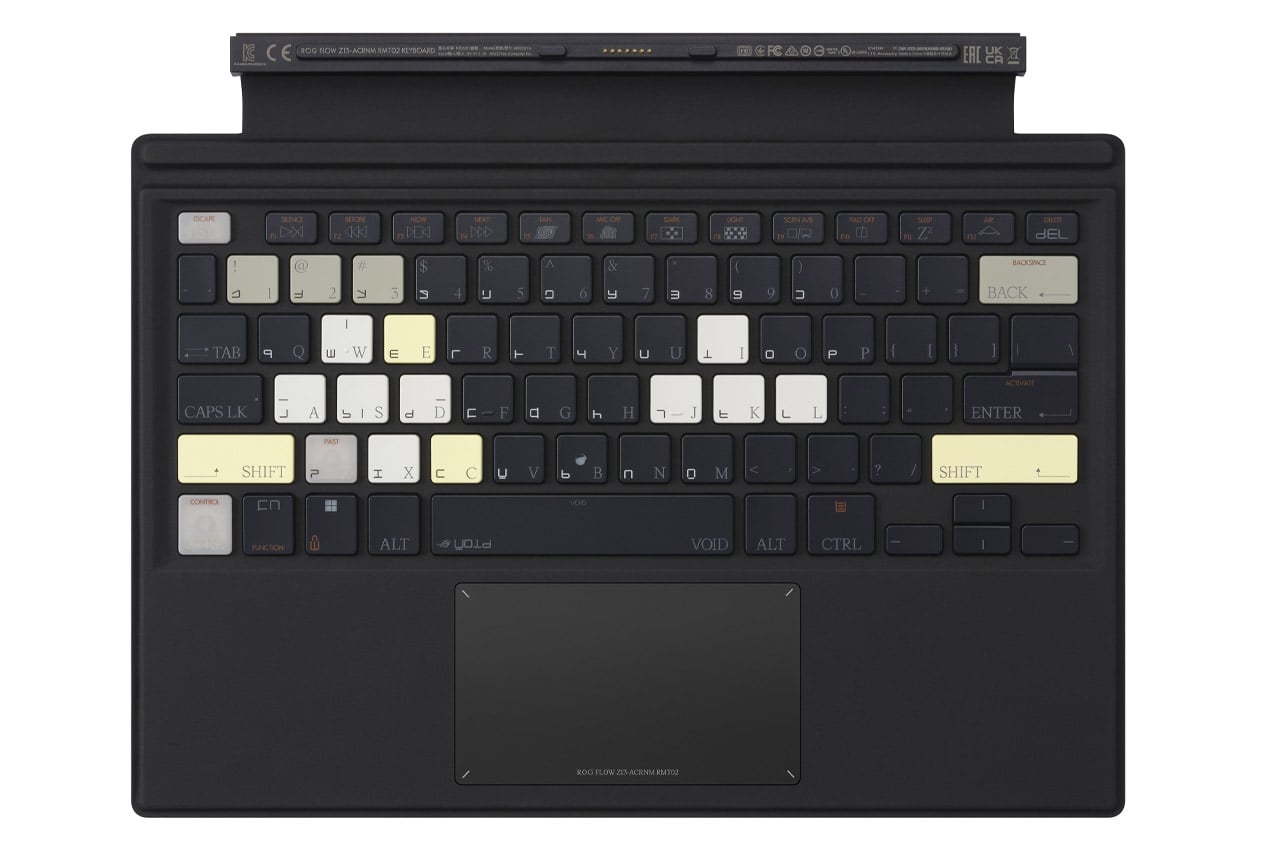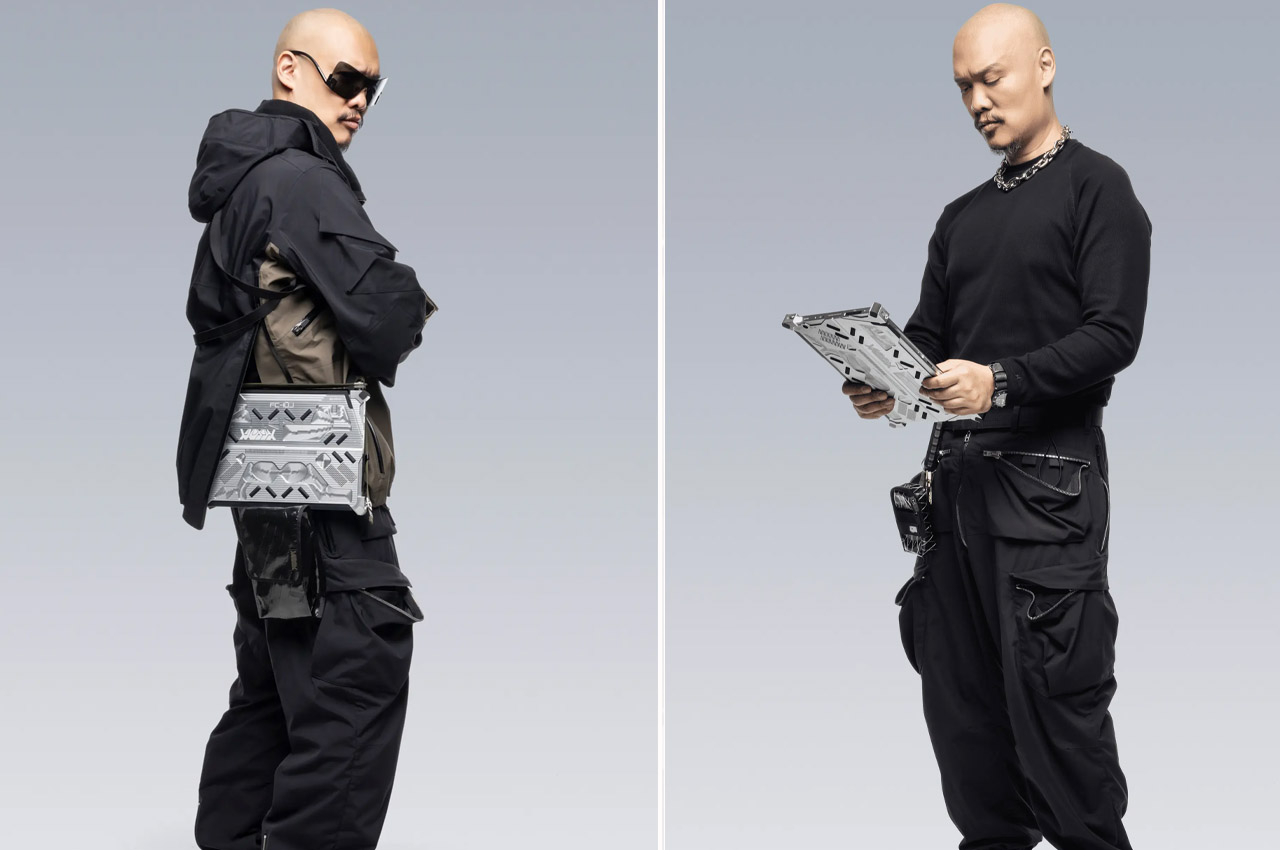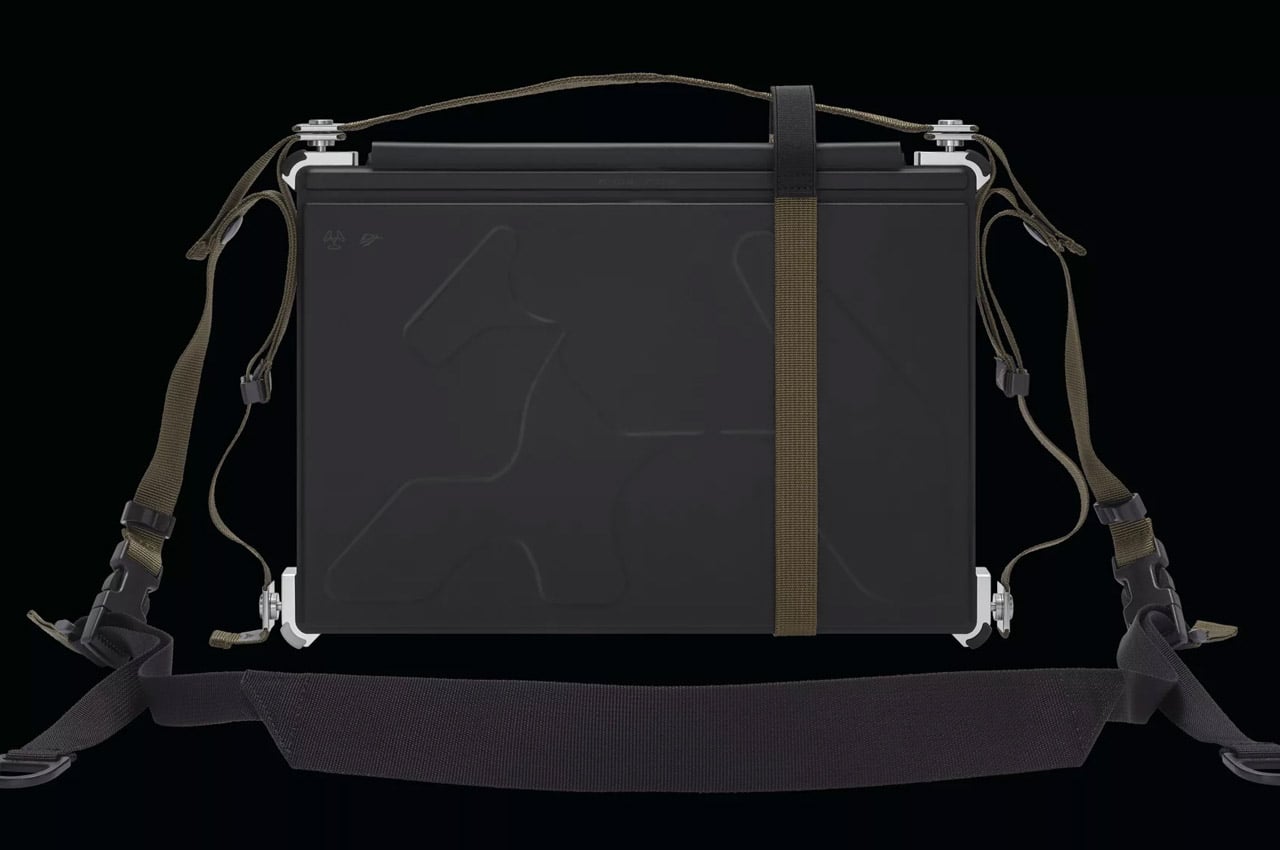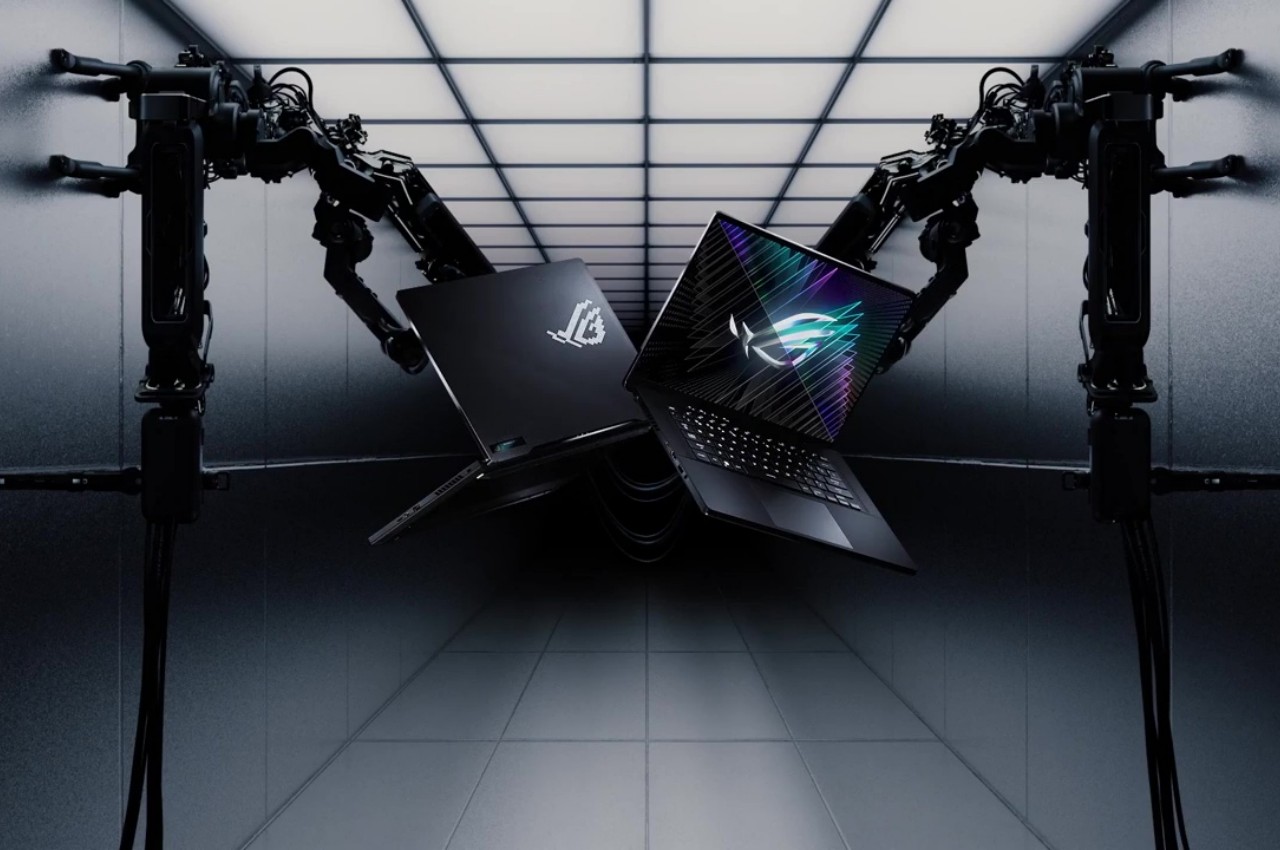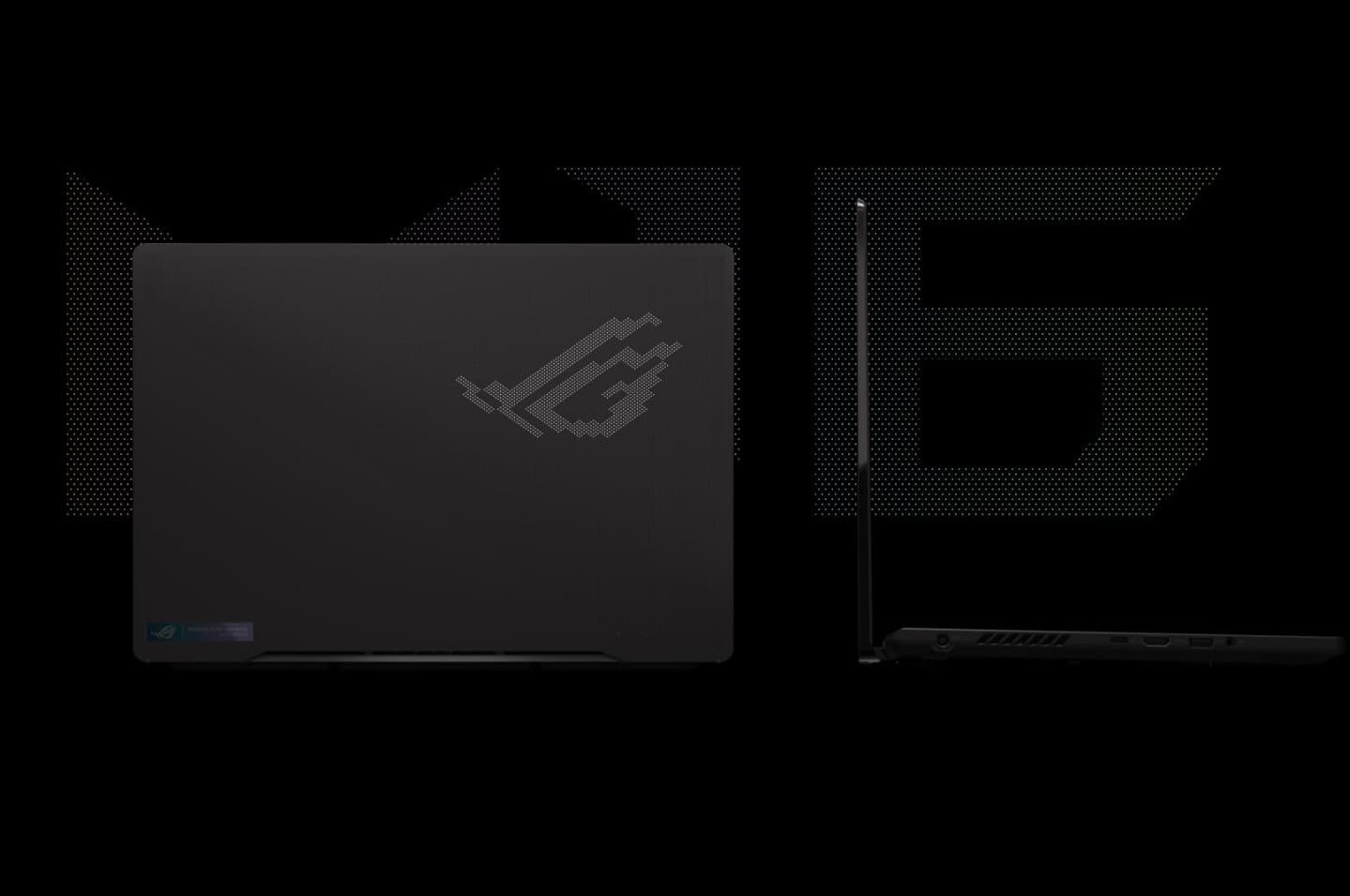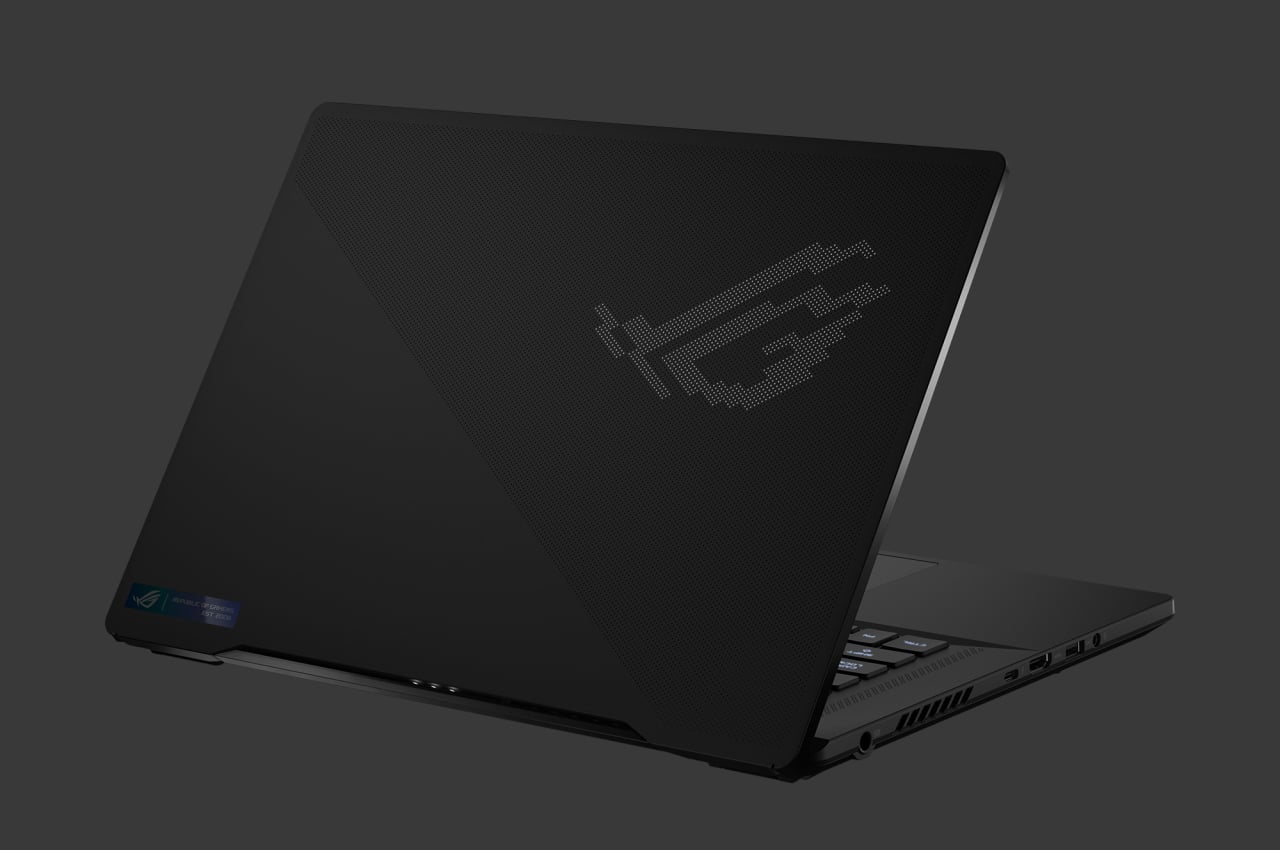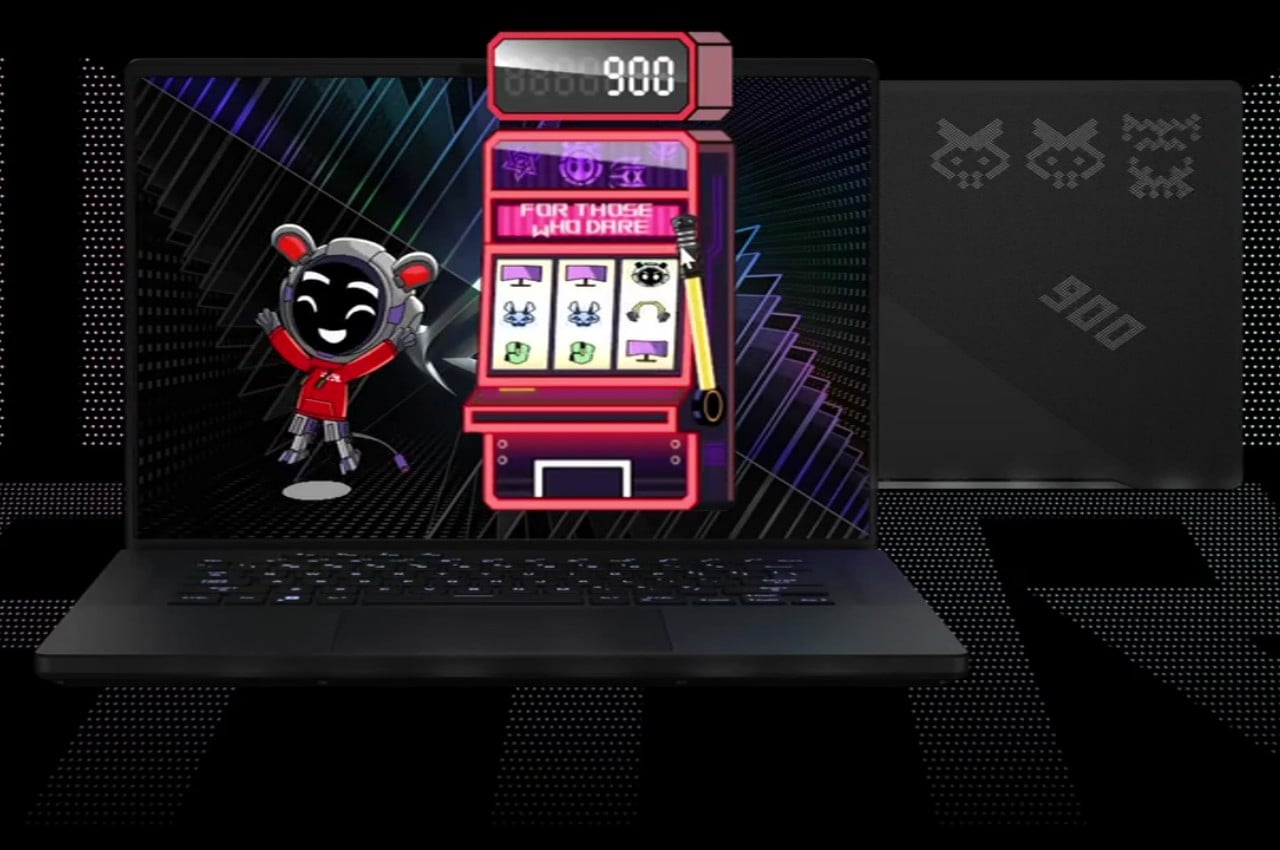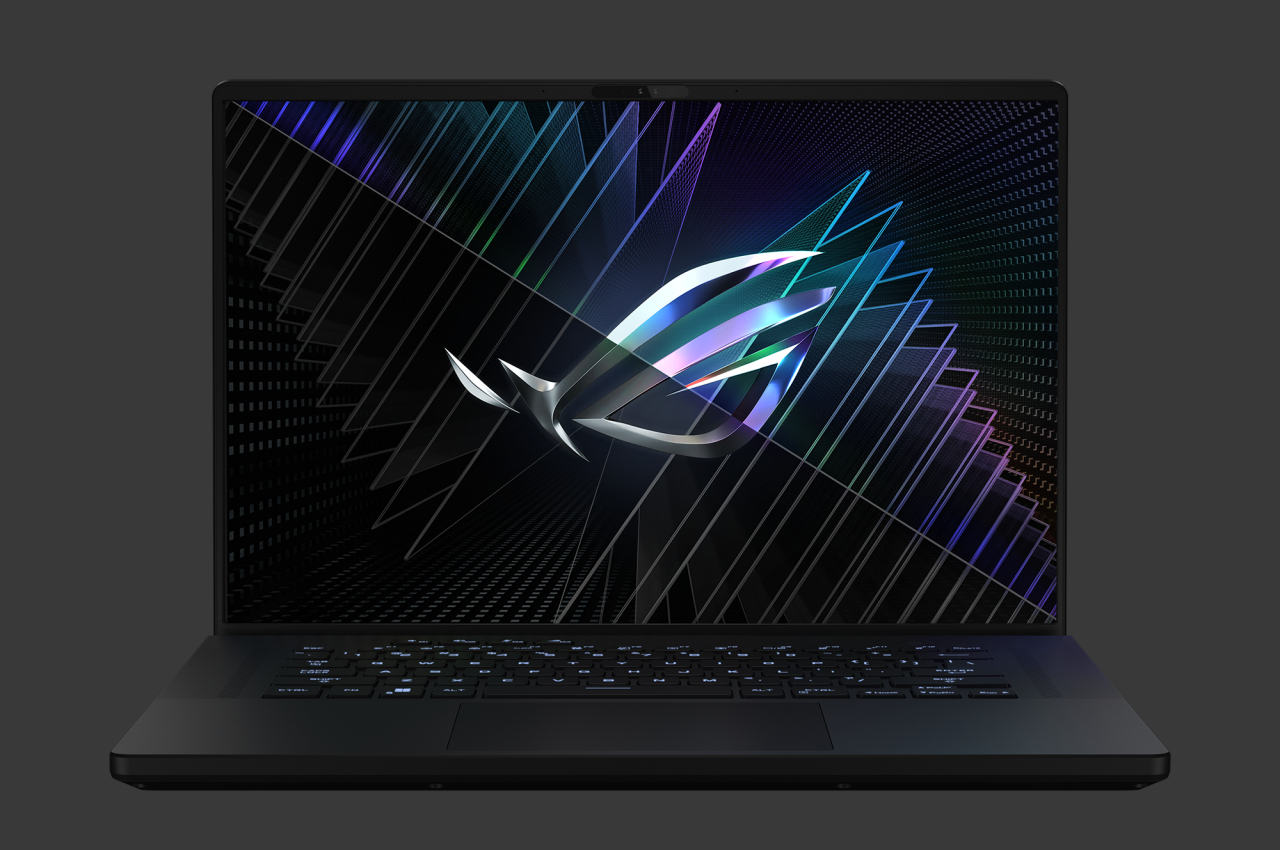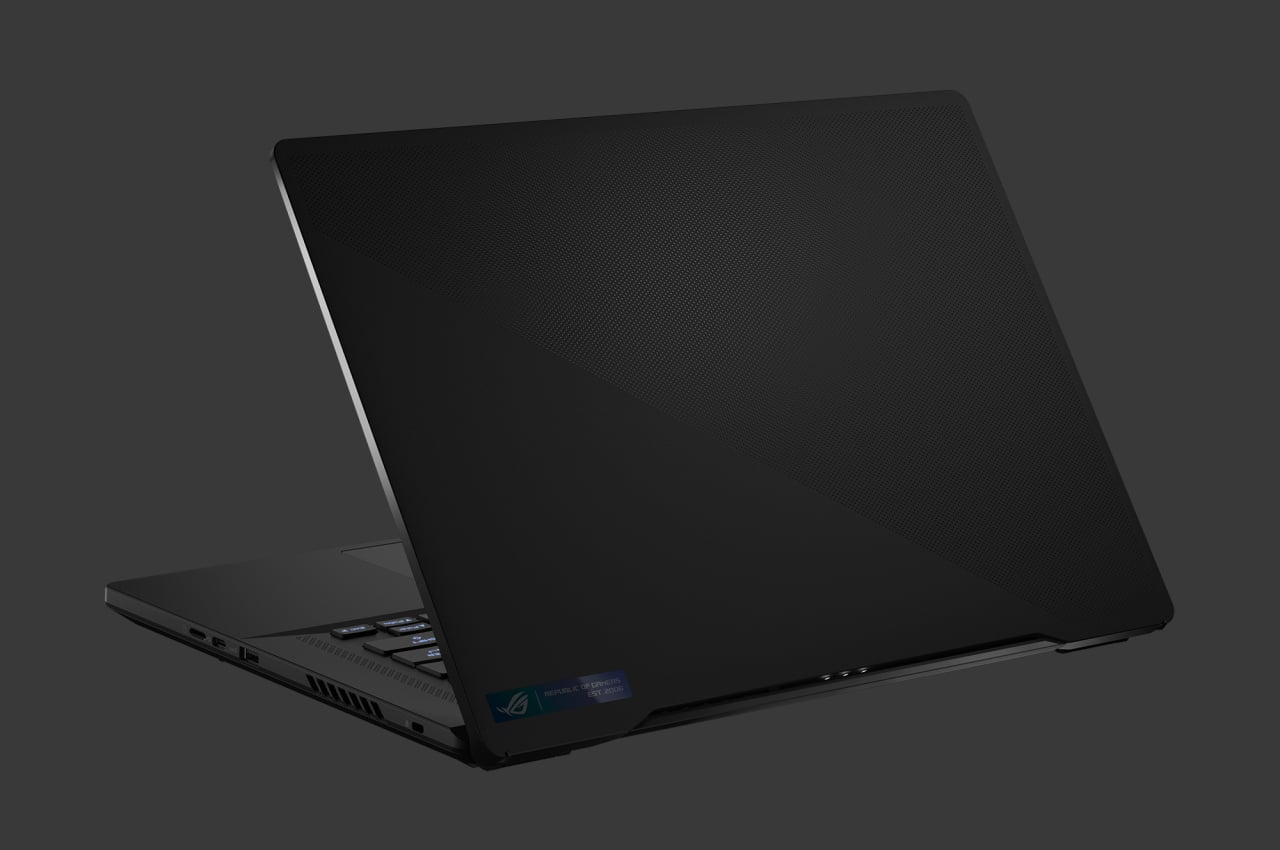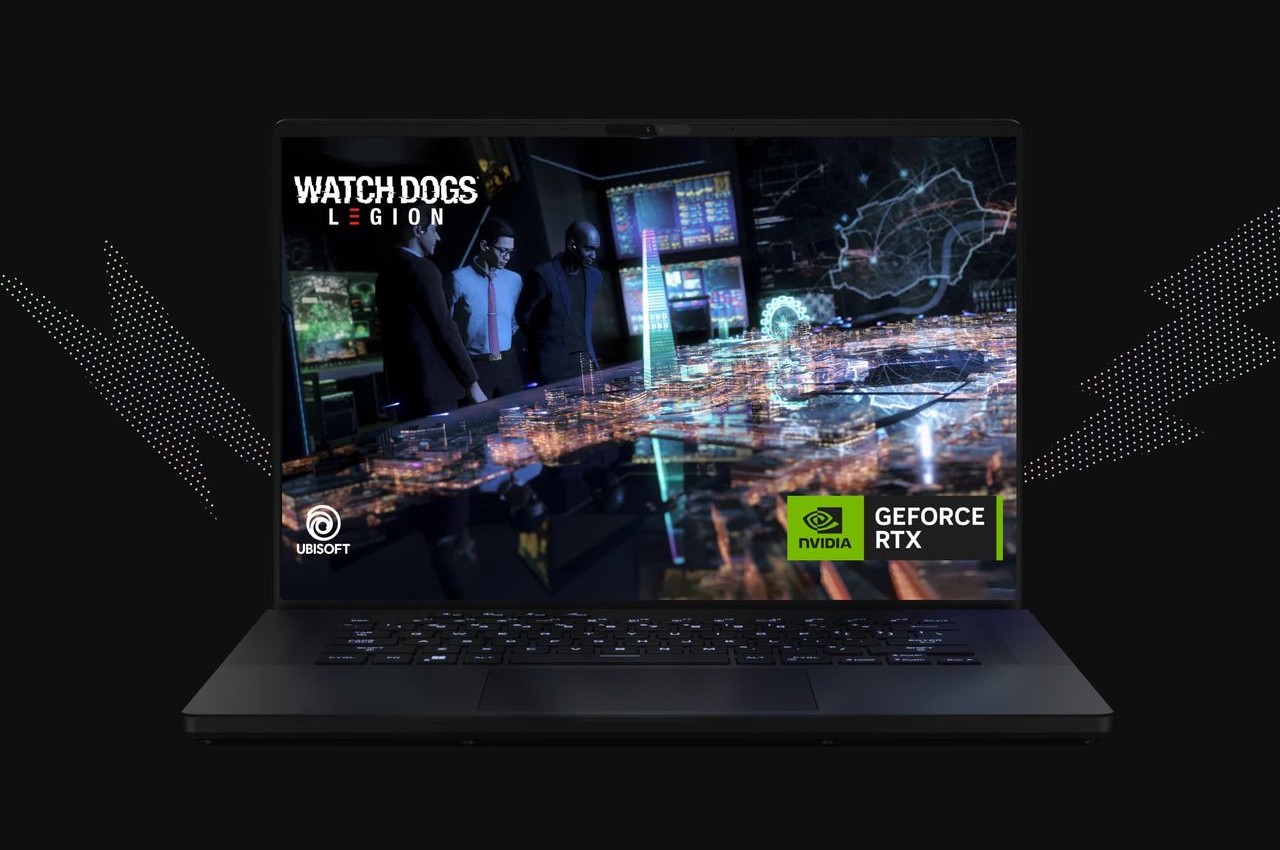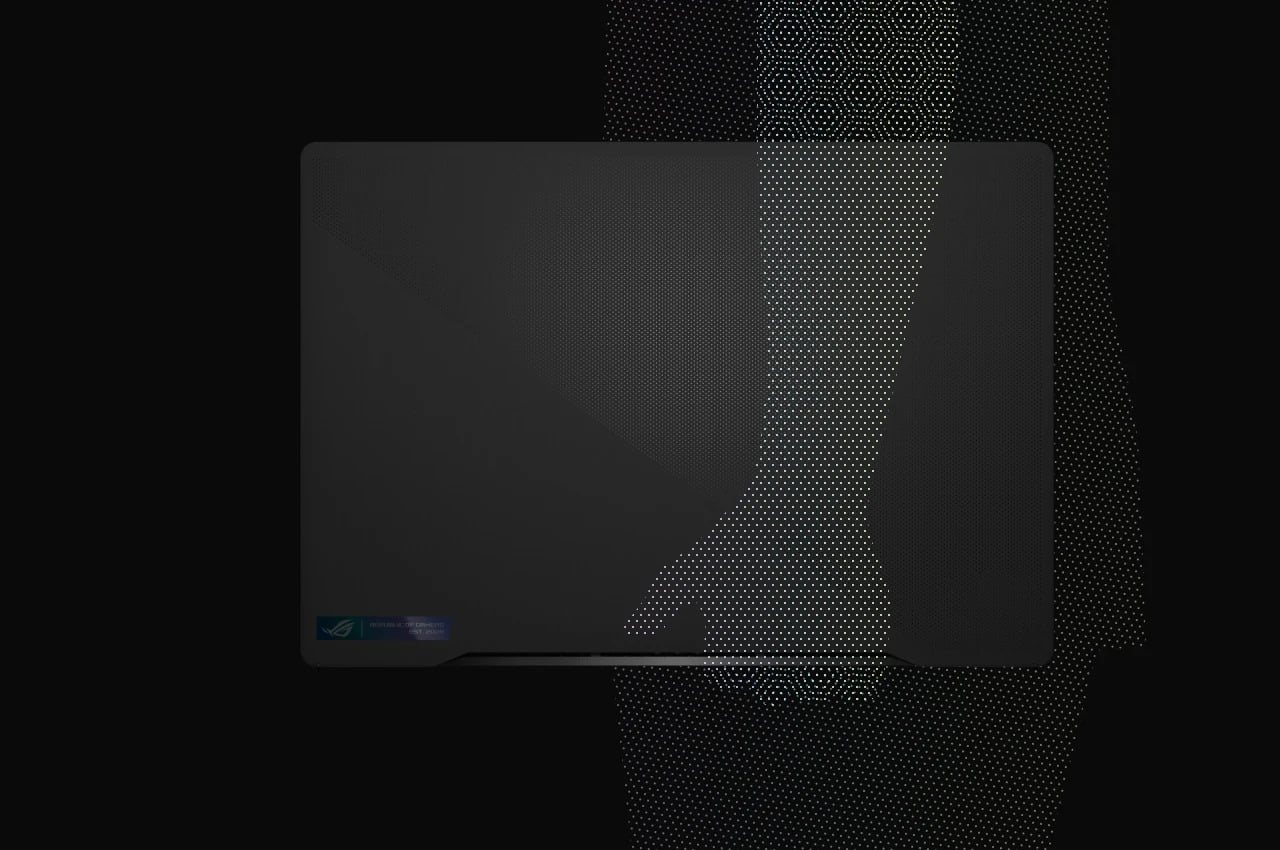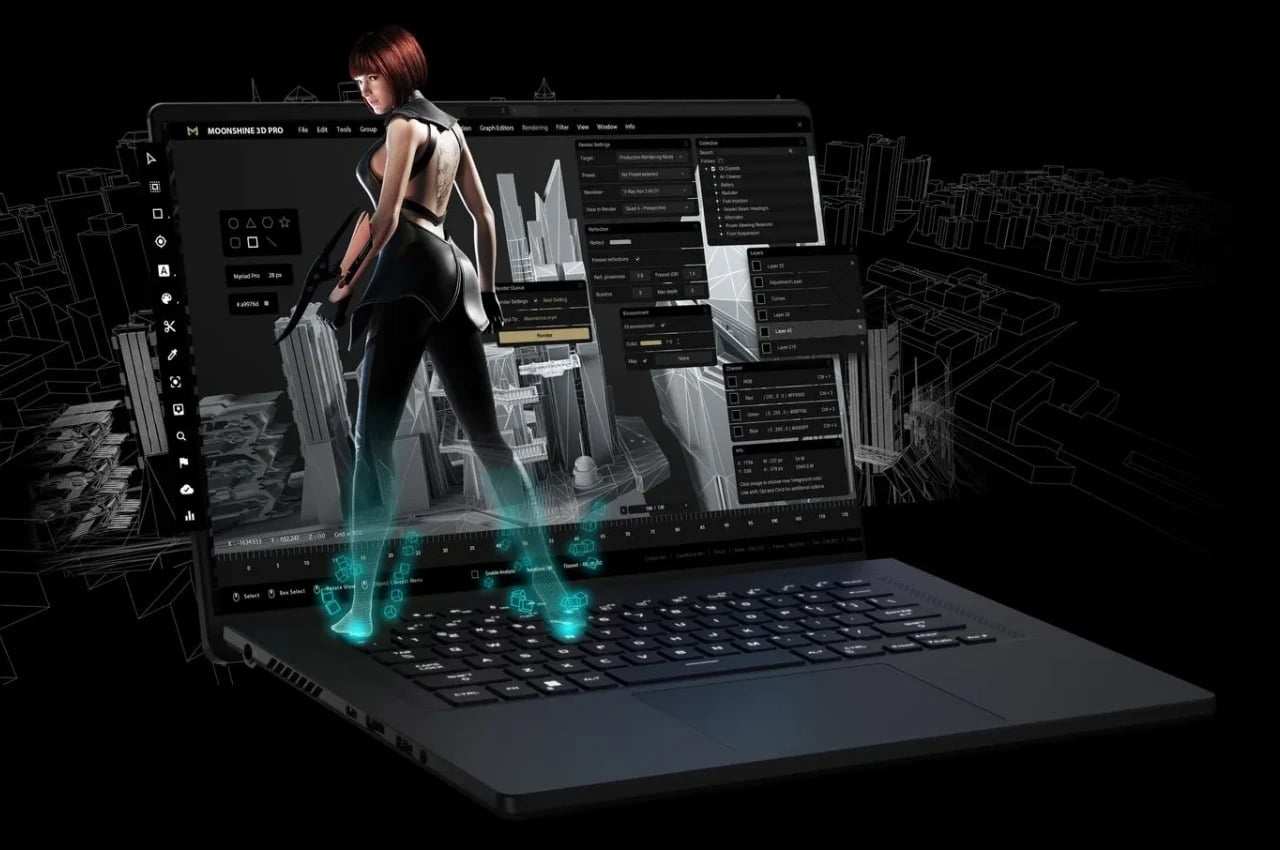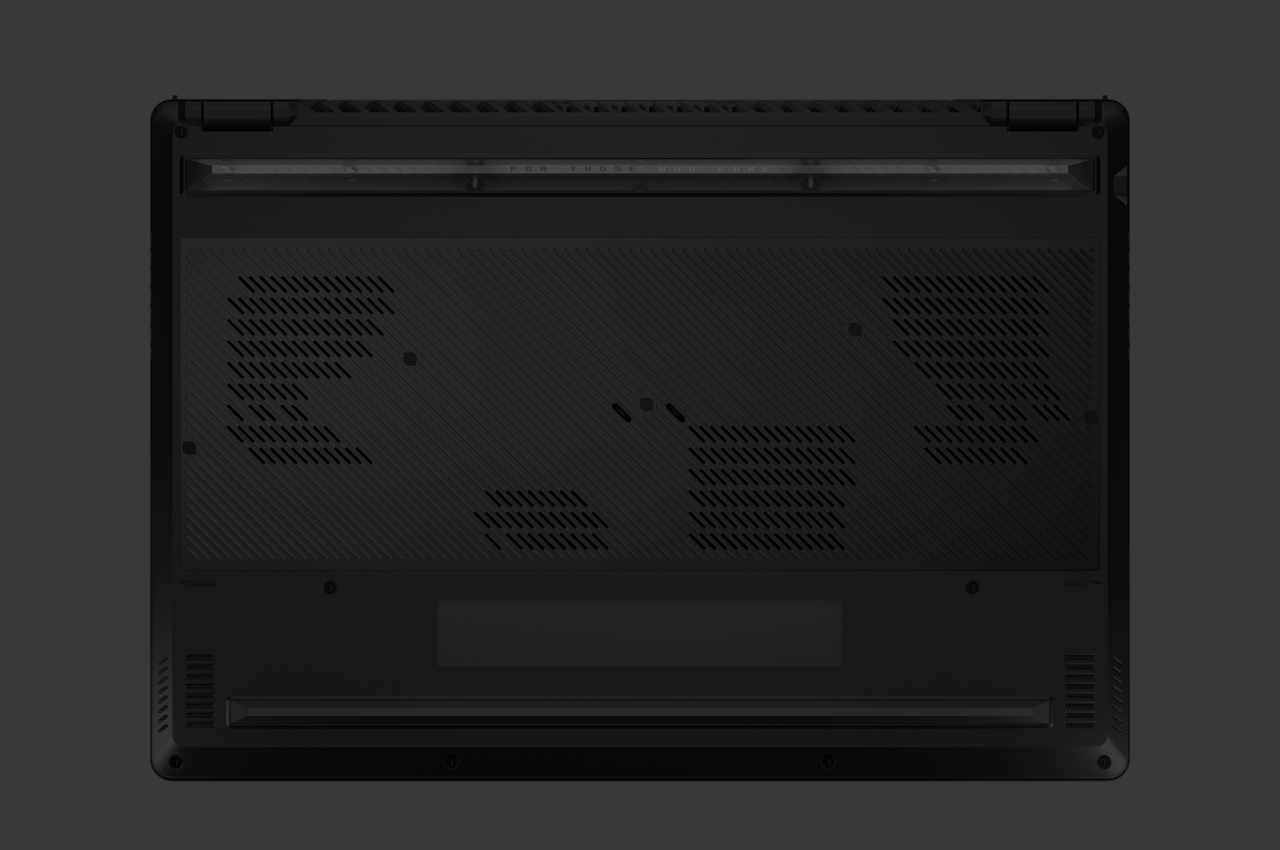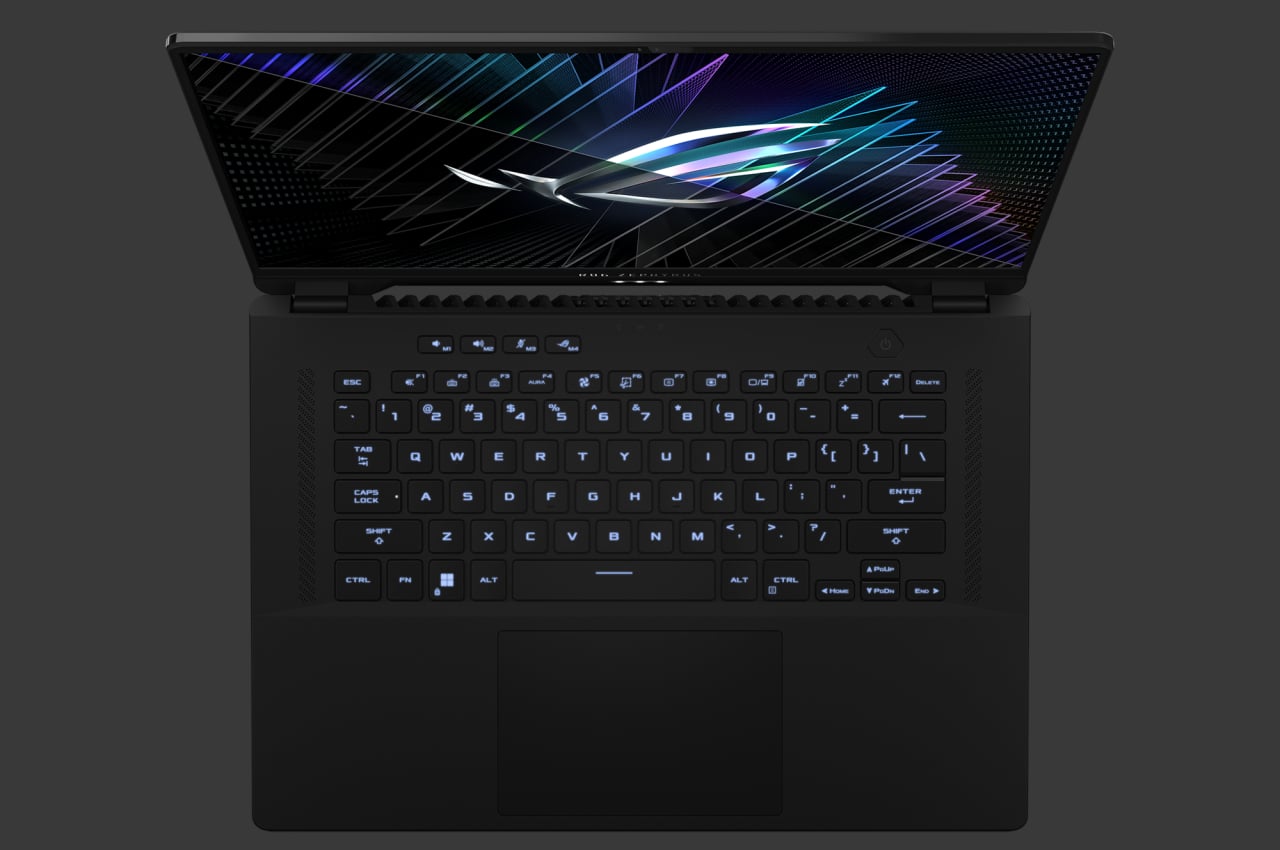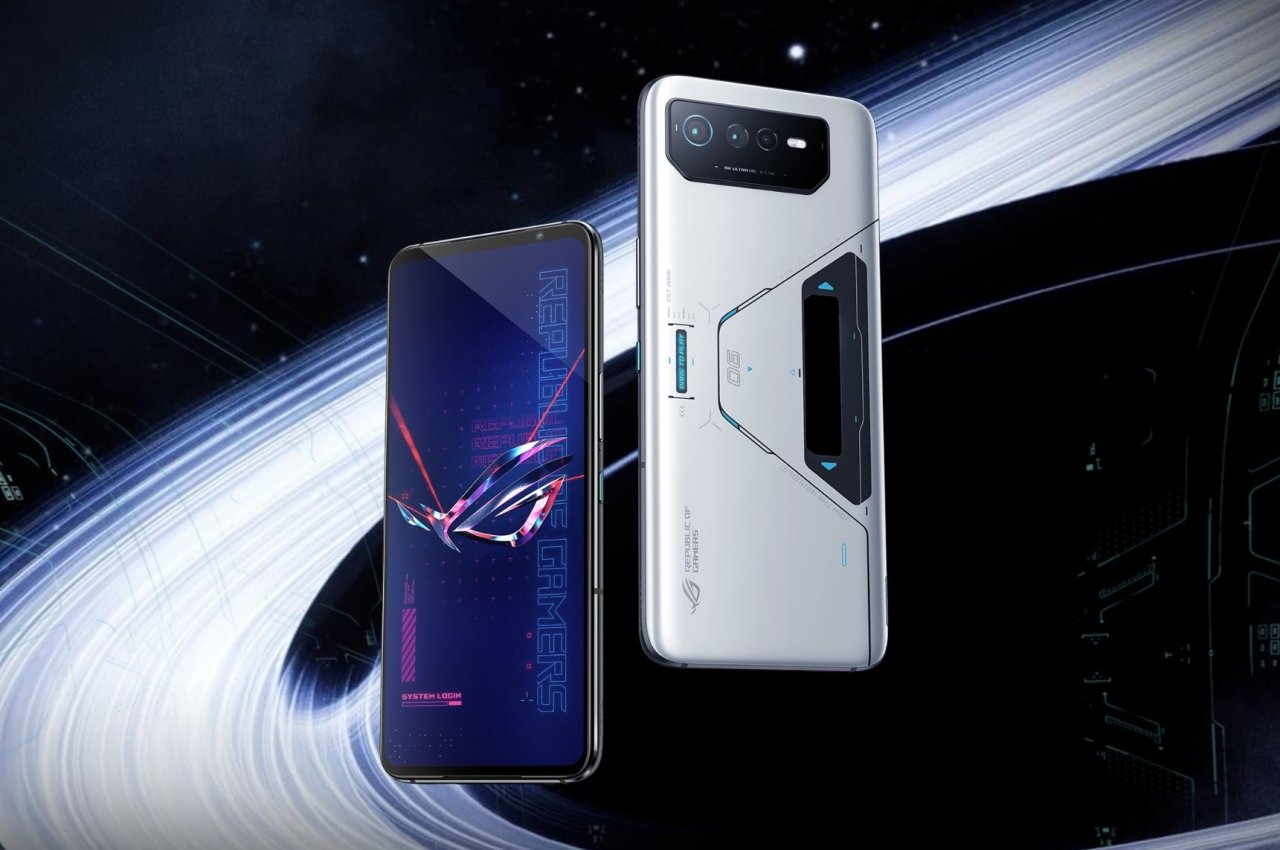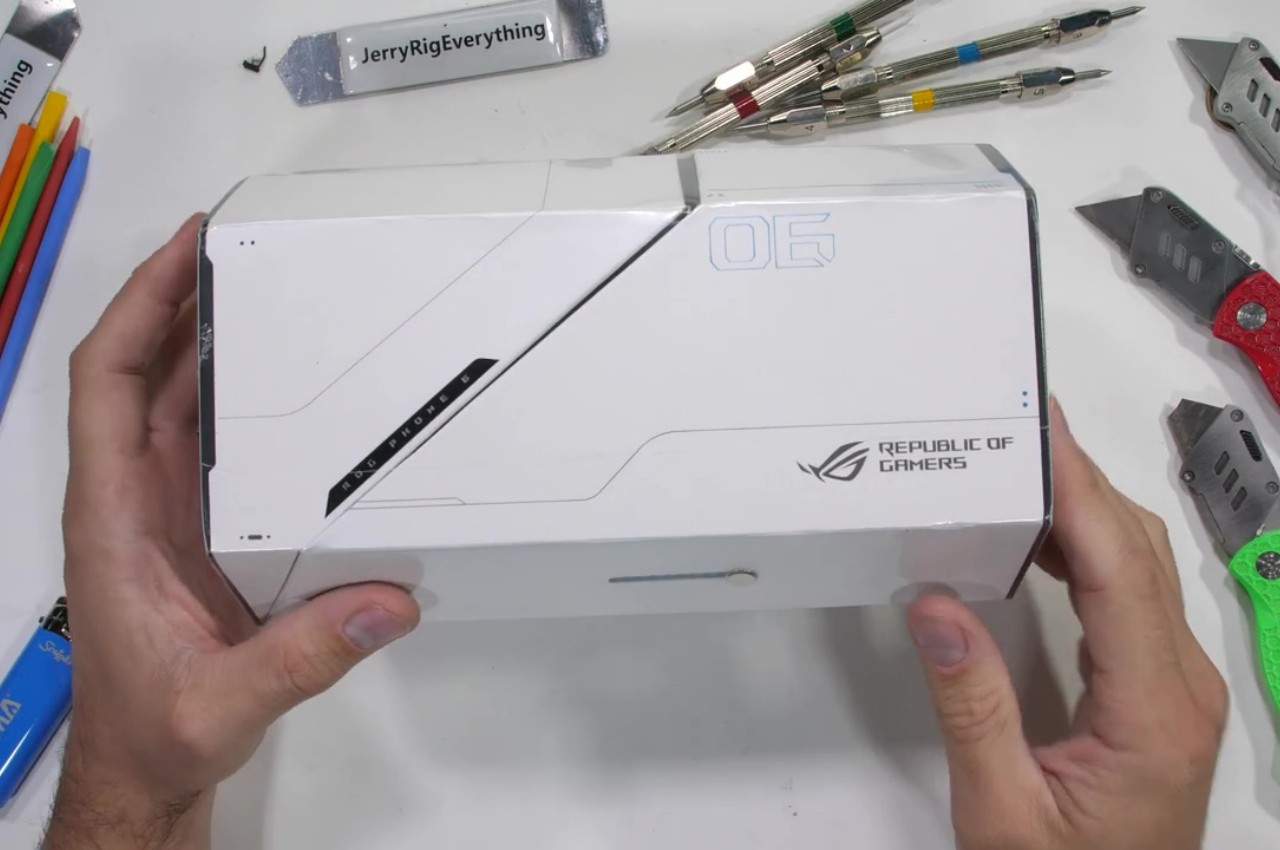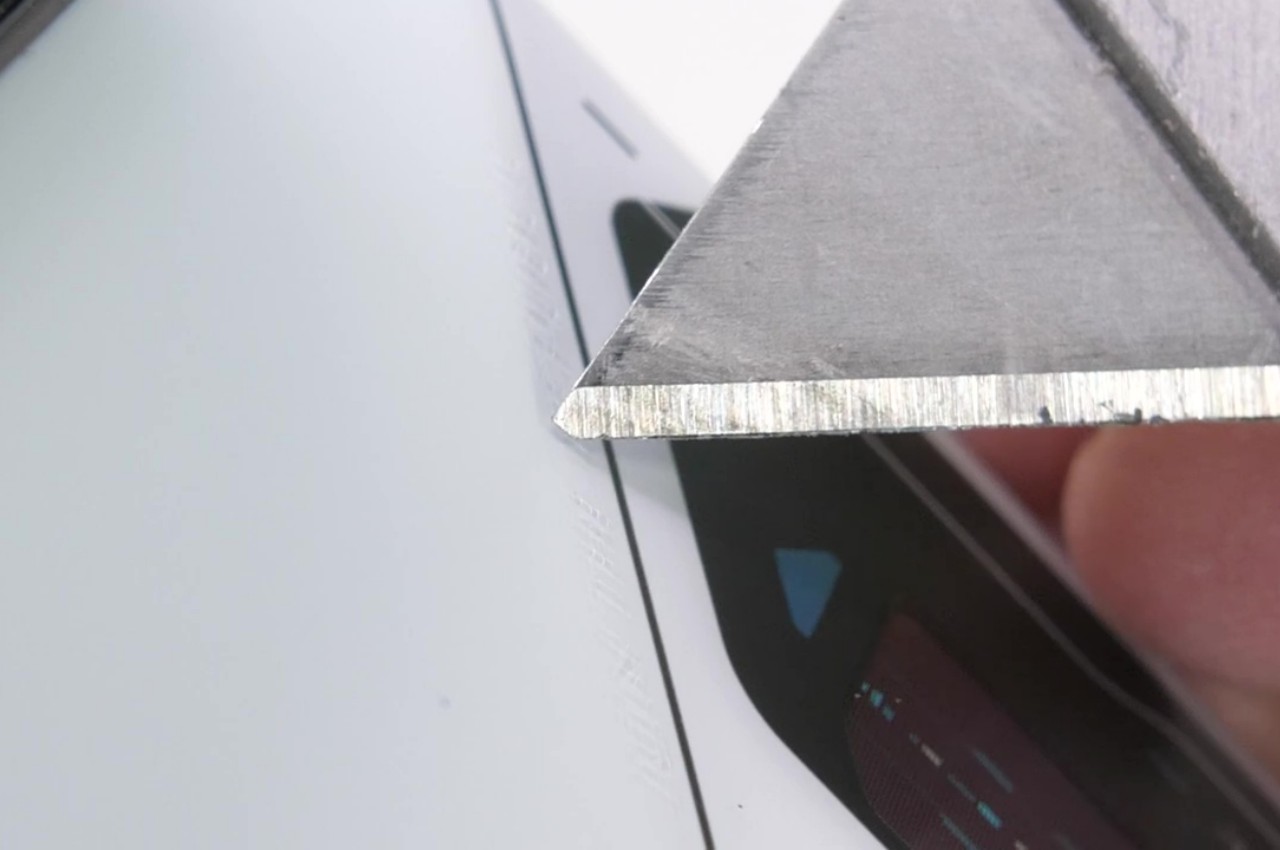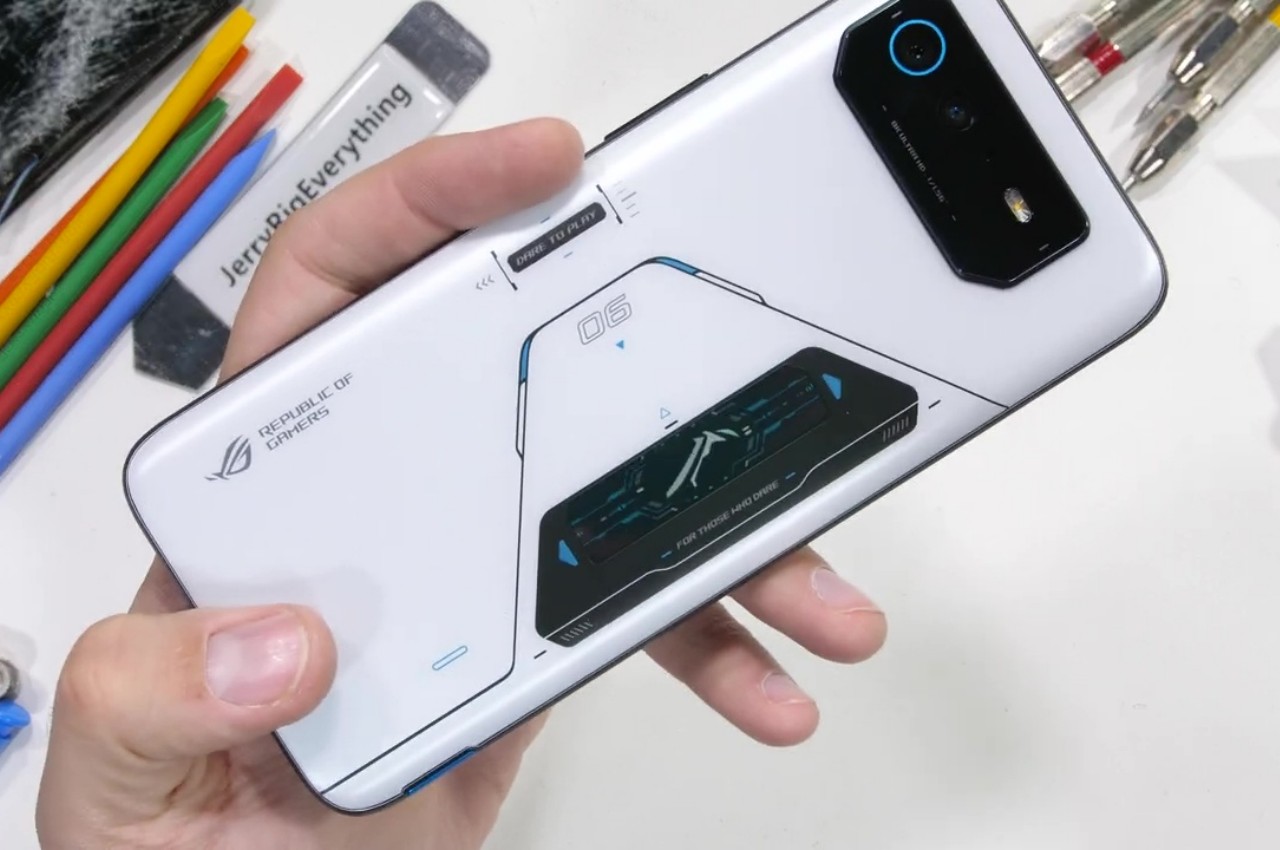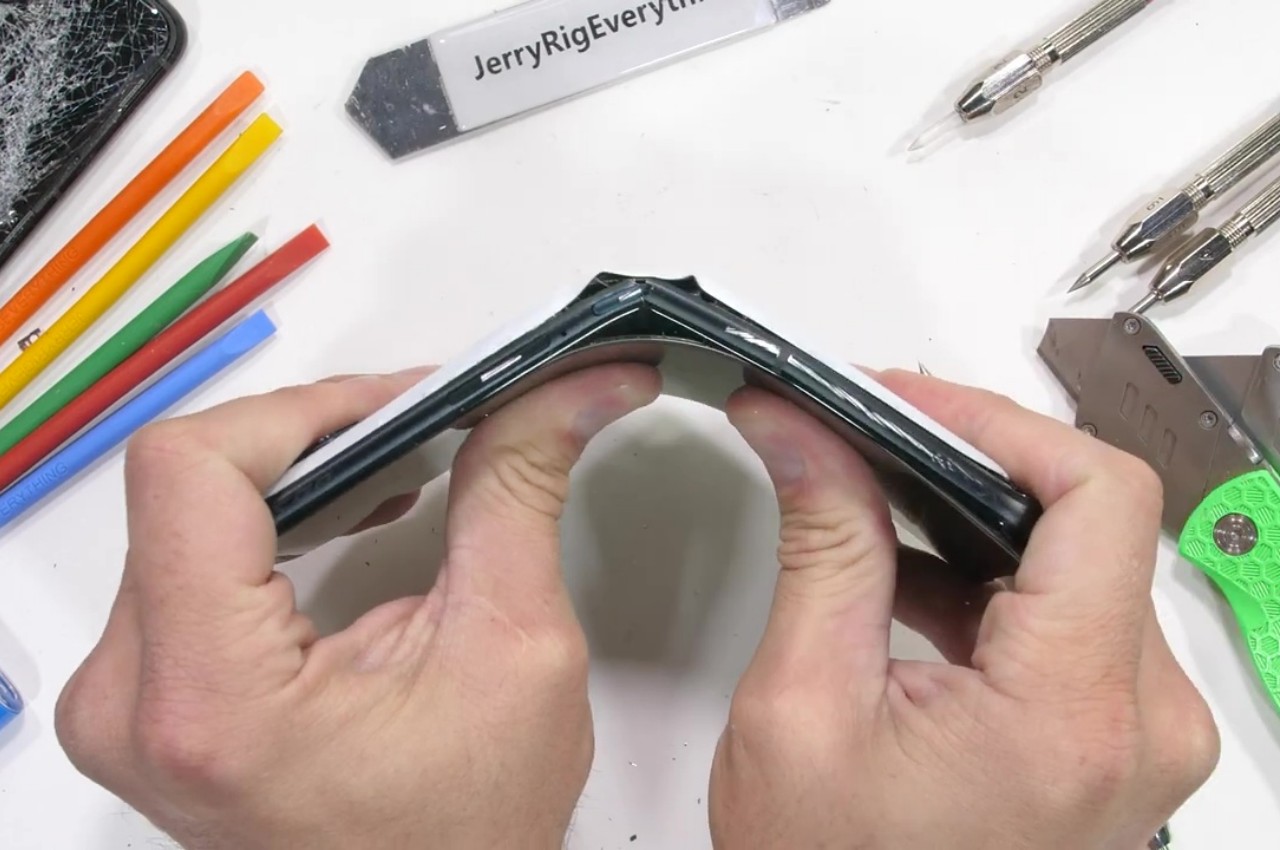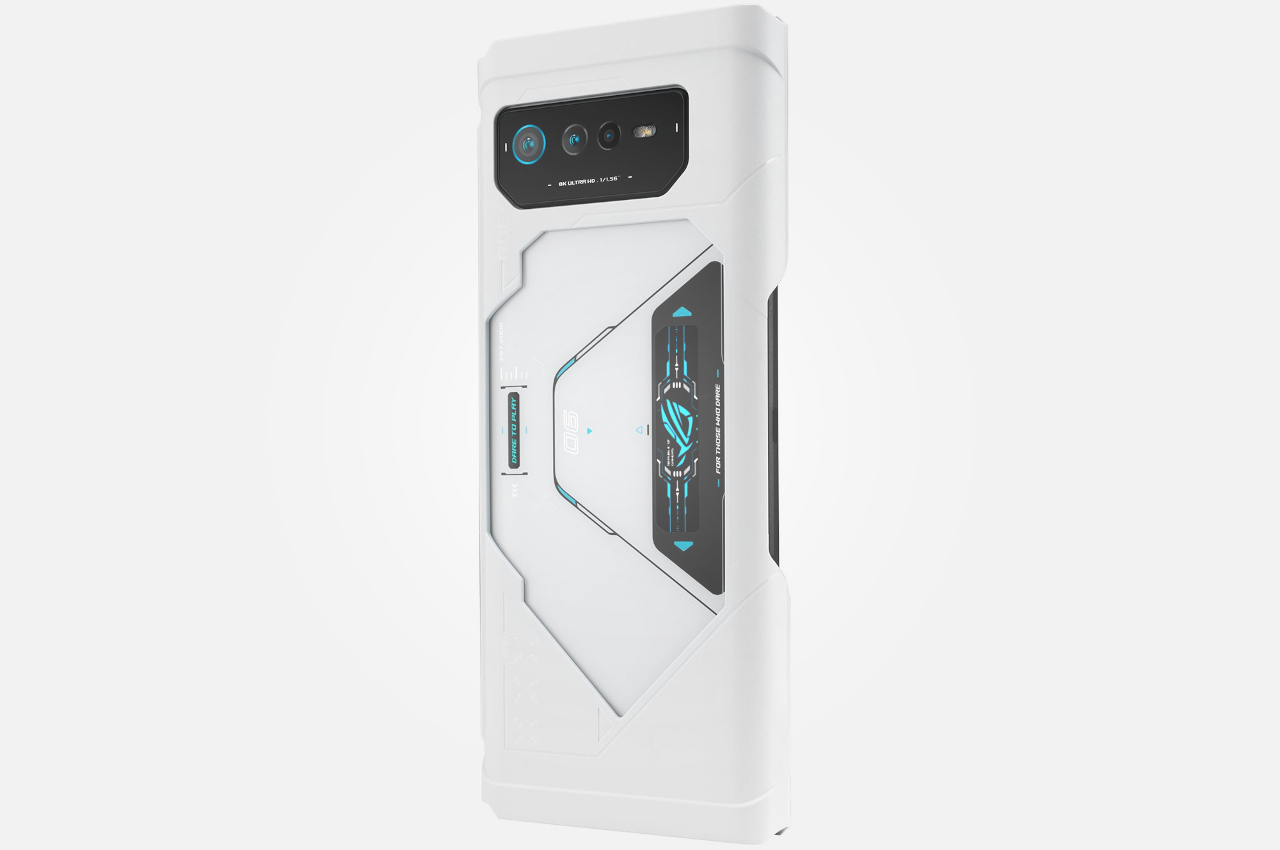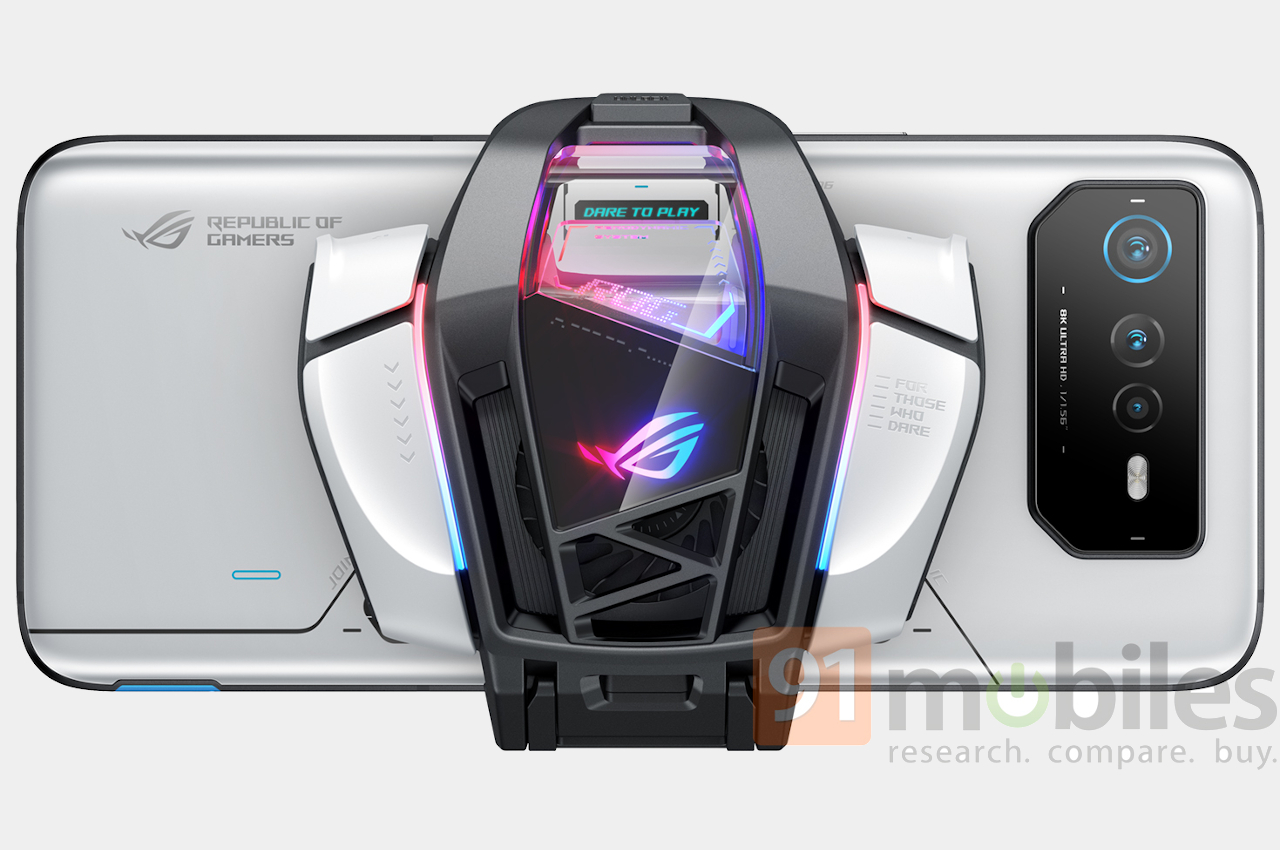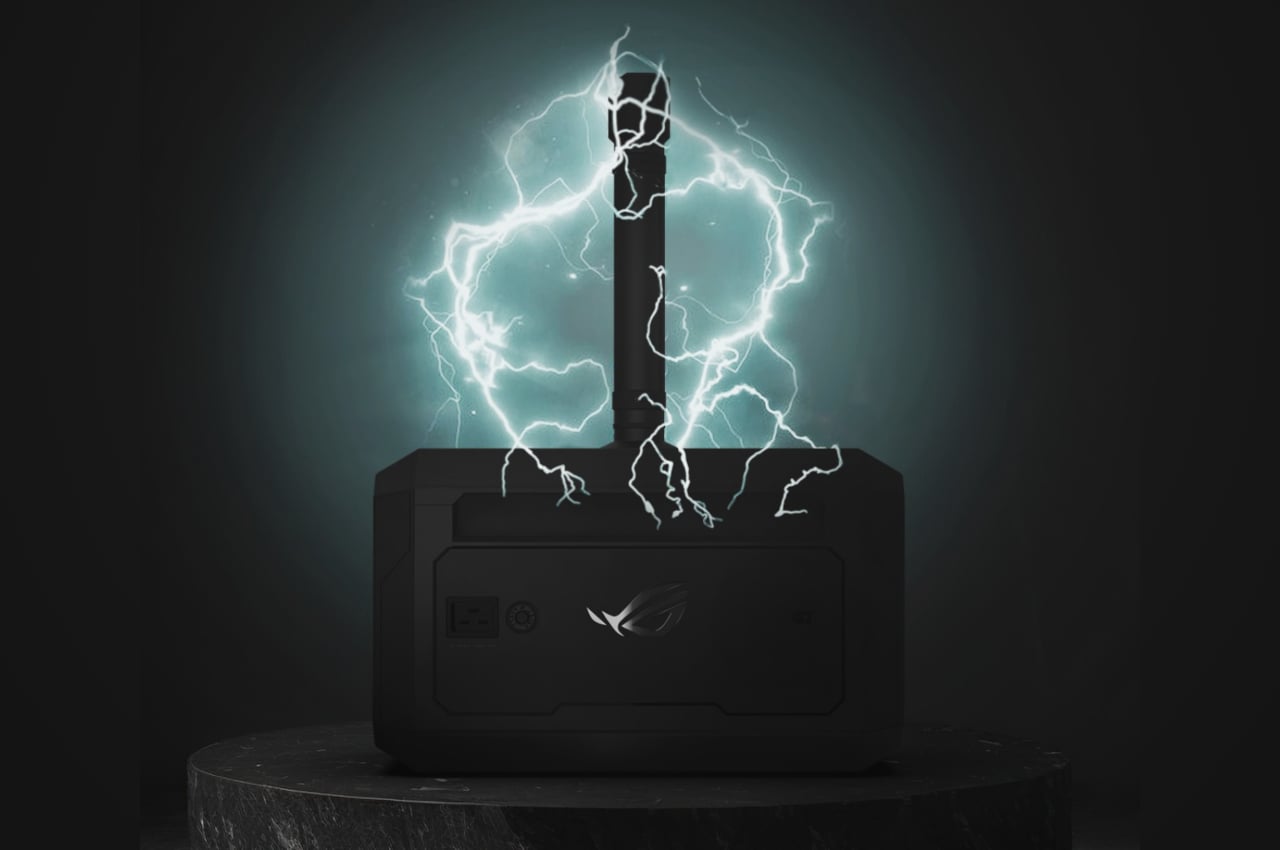
One of the worst days to announce or tease a new product is April 1st. Most people already presume that the majority of “news” going out that day is a hoax, especially if it’s about something outlandish or unbelievable. Then again, it might also be the best time to get as much attention, even if it means being doubted until the product actually lands on store shelves. That’s the kind of situation that ASUS’ Republic of Gamers created when it teased one of the weirdest-looking yet also most interesting portable power stations to grace the industry, only to reveal that, no, it is no April Fool’s joke. But is this Mjolnir-lookalike worthy to be wielded by gamers and enthusiasts or is it just a dastardly plot by Loki to have a laugh at everyone’s expense?
Designer: ASUS ROG

Myeu-muh? What’s a Myeu-muh?
Even if you’re not a comics or movie buff, you’re most likely to already be familiar with the icons of Marvel’s Cinematic Universe given the media over-saturation. This is especially true for the most popular icons and their paraphernalia, such as Captain America’s shield, Iron Man’s mask, and Thor’s hammer. That hammer has a formal name, even in the original Norse mythology, though few will probably be able to utter Mjolnir’s properly unless they watched the first Thor film. It’s MYOL-neer or MYOL-nur, by the way. You’re welcome.
That hammer is the subject of today’s speculation. On the 1st of April, probably one of the trickster god Loki’s favorite days, ASUS’ gaming brand teased and then announced Mjolnir, not as a weapon but as an electrifying computer accessory. It’s a power station that indeed resembled the movie prop to some extent, with a large rectangular box whose sides tapers a bit, and a rod extending from the body acting as a handle. ROG was quick to point out that it’s a real thing, not a hoax, but that in itself could be the joke. But maybe it would have been better if it remained hidden from mortal hands.

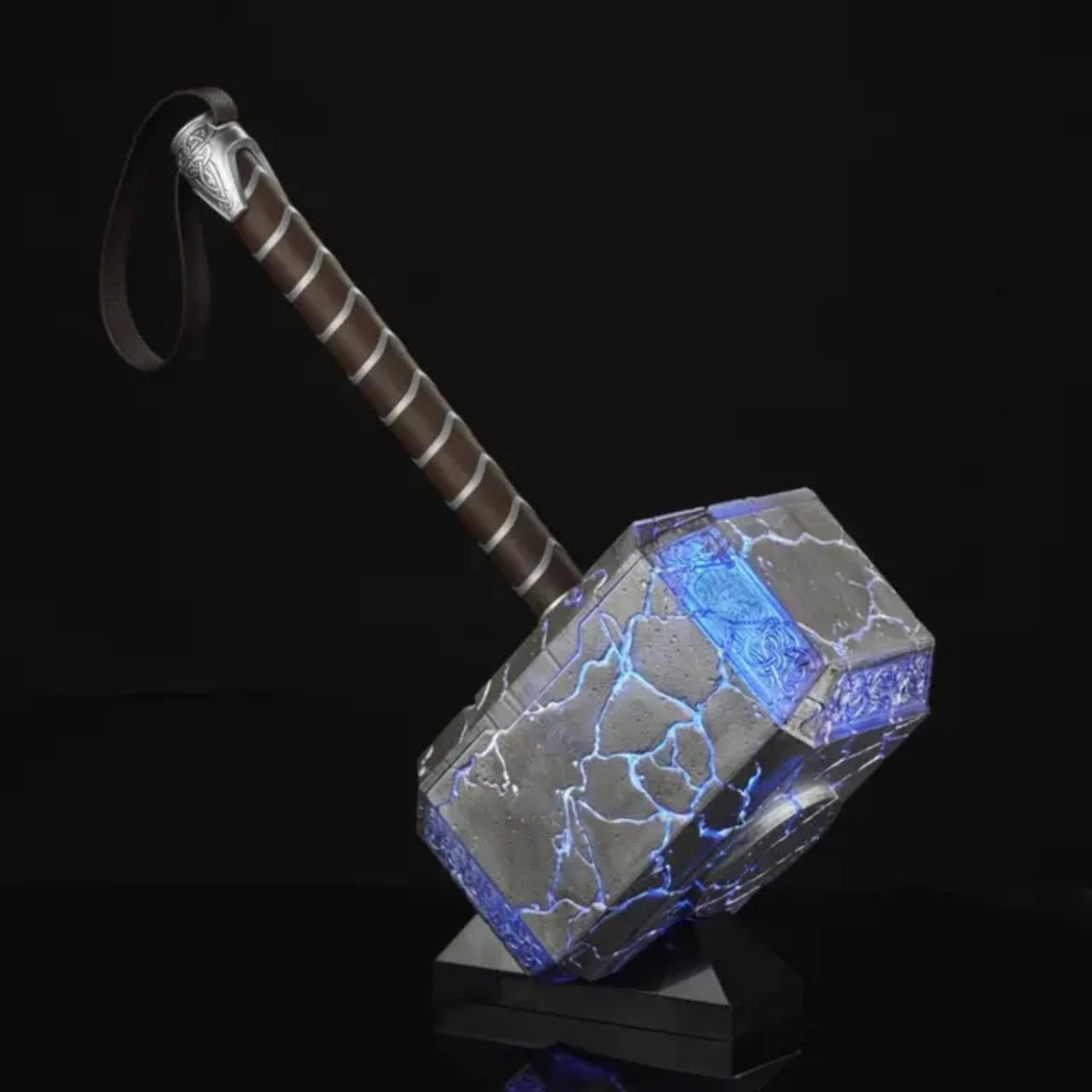
What We Know So Far
To be fair, there’s not much we know other than what ROG itself has revealed, but there’s quite a bit already available. The most important is that this power station can be charged using solar energy, drawing power from the sun instead of lightning. How it does that, however, is still anyone’s guess. The teaser showed a dark rectangle on the station’s front that could be a tilting solar panel, though that would be too small to supply the power that this large box needs and was probably just a placeholder graphic.
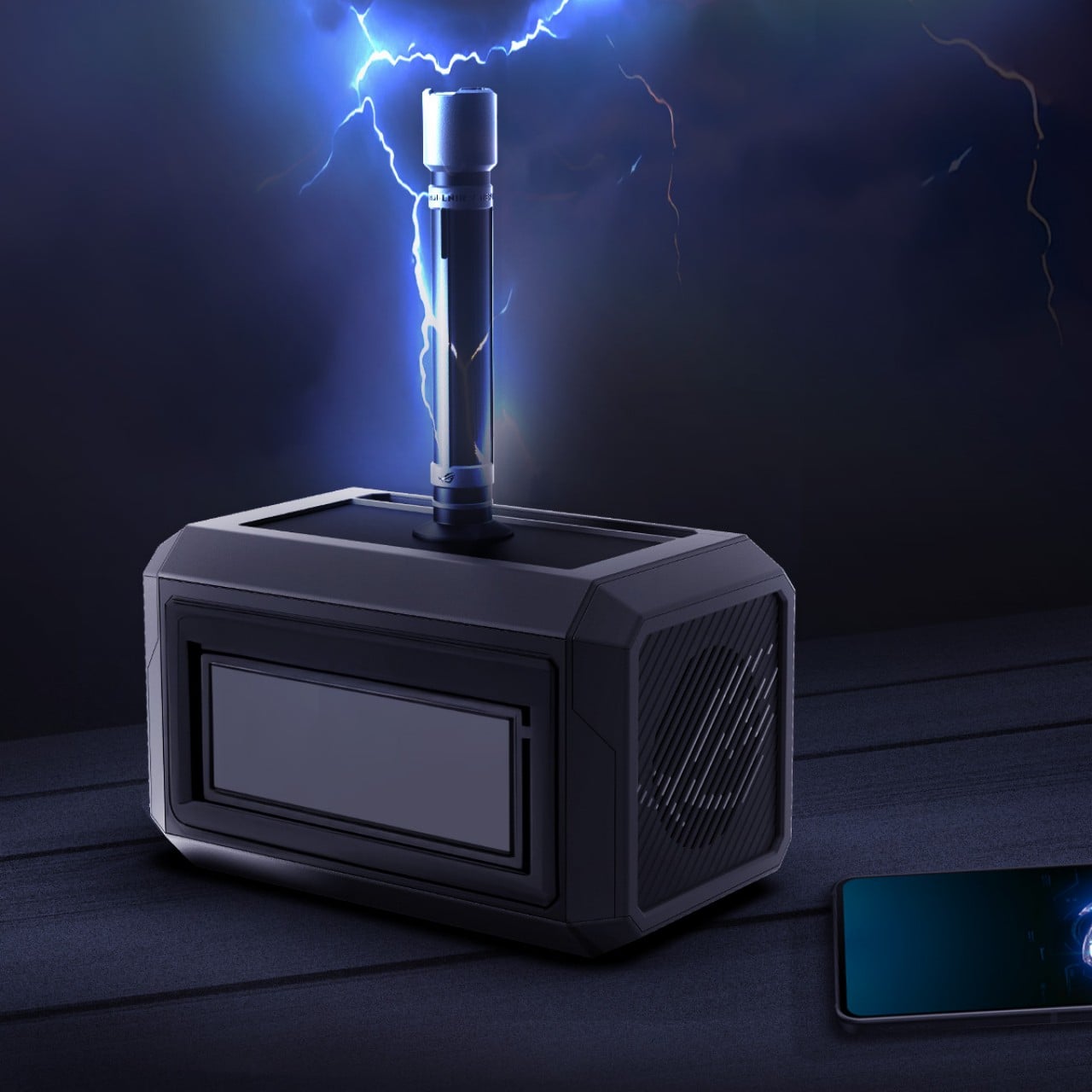
On the front, you will see an assortment of ports typically found on power stations. There are four AC outlets, two full-sized USB-A ports, and two USB-C ports. There’s an LCD display above these ports that shows important information about the input, output, and remaining battery capacity. Noticeably missing here, however, are DC and car charging ports, which hints that this power station might not have outdoor adventures in mind.
The teaser also mentions that the ROG Mjolnir can illuminate your path with the light it summons, but it unsurprisingly doesn’t say how. That panel on the back could be a very bright flood light, but the better theory is that the handle itself is some sort of lighting component. Either the handle lights up or, more likely, it’s a removable flashlight, which is a better design for a part that would otherwise simply be a cosmetic detail that gets in the way.
Cracks in the Hammer
There’s no denying that the ROG Mjolnir has an interesting design, one that will appeal to a large segment of the market, especially the brand’s gaming audience. Its upturned hammer shape sets it apart from other portable power stations, if the ROG branding doesn’t already make sure of that. The bigger question, however, is whether that design is actually good for the product’s usability or hinders it.
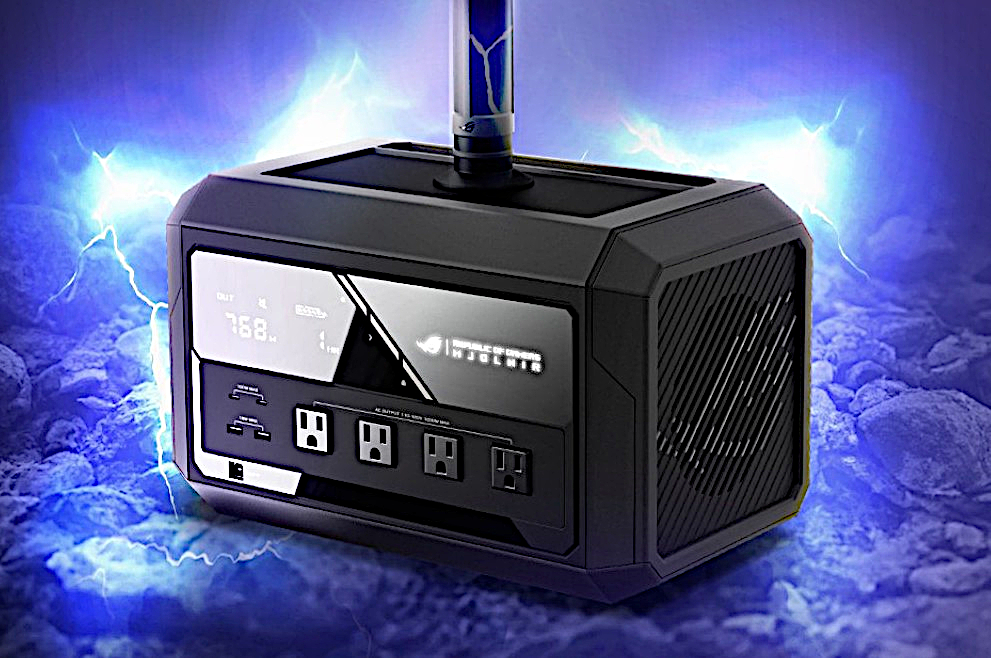
That handle is going to be the biggest point of contention, with a tall rod sticking out from the top of the box. If it acts as a removable flashlight, then it’s not as big of an issue. But if it’s permanently fixed in that position, it will become a problem when storing or moving the power station. It’s not like you can carry the Mjolnir using its handle for real. But if that handle were removable, it also introduces a different kind of problem, one of durability and reliability. There’ll be a hole where the handle connects to the body, which means an opportunity for dust and liquid to get into the sensitive electronics. Definitely not a smart design.
It doesn’t look like the power station is designed for easy carrying either. Depending on how much battery it’s packing inside, this power station can end up being a bit heavy to carry with one hand without a handle. You’d have to hold it with both hands, but there doesn’t seem to be any grips to make that convenient. Admittedly, it doesn’t look too big beside a smartphone, but that’s just a render that might not reflect the product’s actual size.
True Power
There’s admittedly not much we know about the ROG Mjolnir Solar Power Station yet, including its specs, its price, and whether it’s really an actual product or ROG has just been pulling our leg and chuckling at the buzz going around their vaporware. Then again, it’s a pretty niche design as far as a power station is concerned, anyway, and there are plenty of other options in the market, albeit with less sensational aesthetics.


When it comes to solar portable power stations, the BLUETTI AC2A comes with all the bells and whistles, including proven product quality and durability. There are only two AC outlets, yes, but it makes up for it with a wider variety of input and output ports. You will need to plug in a solar panel, but that might also be the case for the ROG Mjolnir anyway. The BLUETTI AC2A is indeed designed more for outdoor use, though it can be an emergency backup for computers at home as well. As far as we know, the ROG Mjolnir is primarily designed to serve gamers’ needs, with rather questionable outdoor survivability.
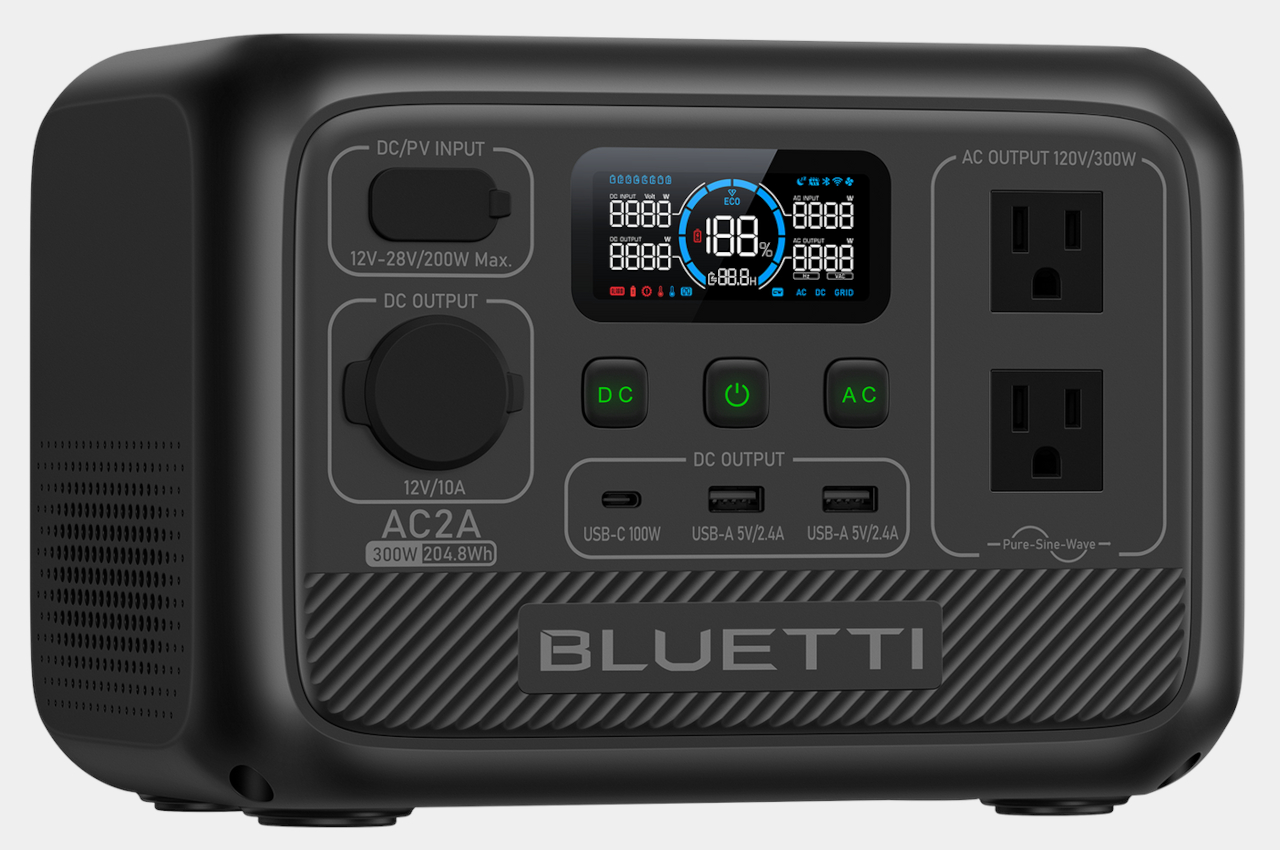

Designer: BLUETTI
Is the ROG Mjolnir Power Station going to sell? It will probably have a few fans, especially those who will readily throw money at cool-looking and unique designs. It is going to be a practical and usable product? It’s definitely too early to say, and ROG might still end up surprising us, or completely disappointing us with the harsh reality of a month-long joke. Either way, we don’t expect the ROG Mjolnir to be a ground-breaking new design beyond its unique aesthetics, and if you’re looking for truly gamer-ready power solutions, you don’t have to wait for the truth to be revealed.
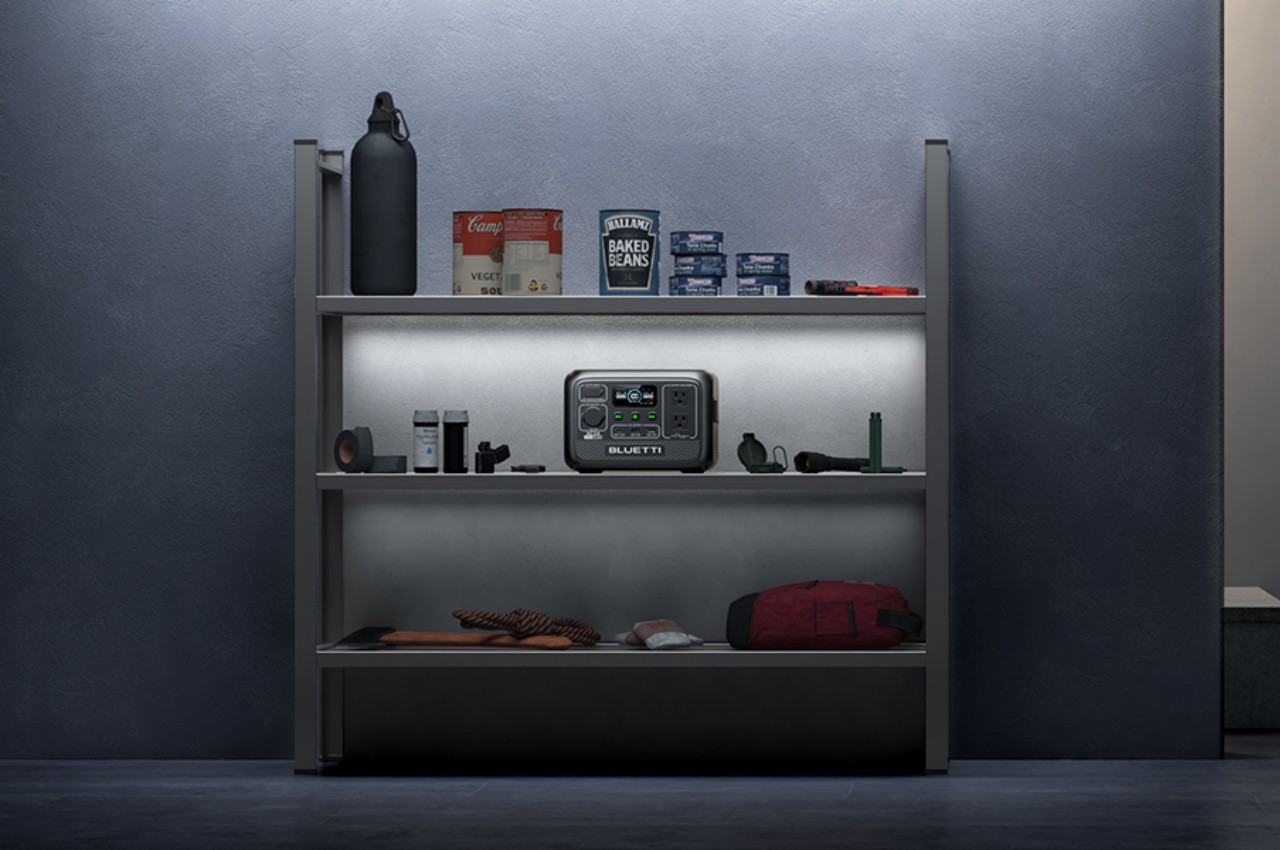
The post ASUS ROG Mjolnir solar power station is shockingly real, but is it worthy? first appeared on Yanko Design.
